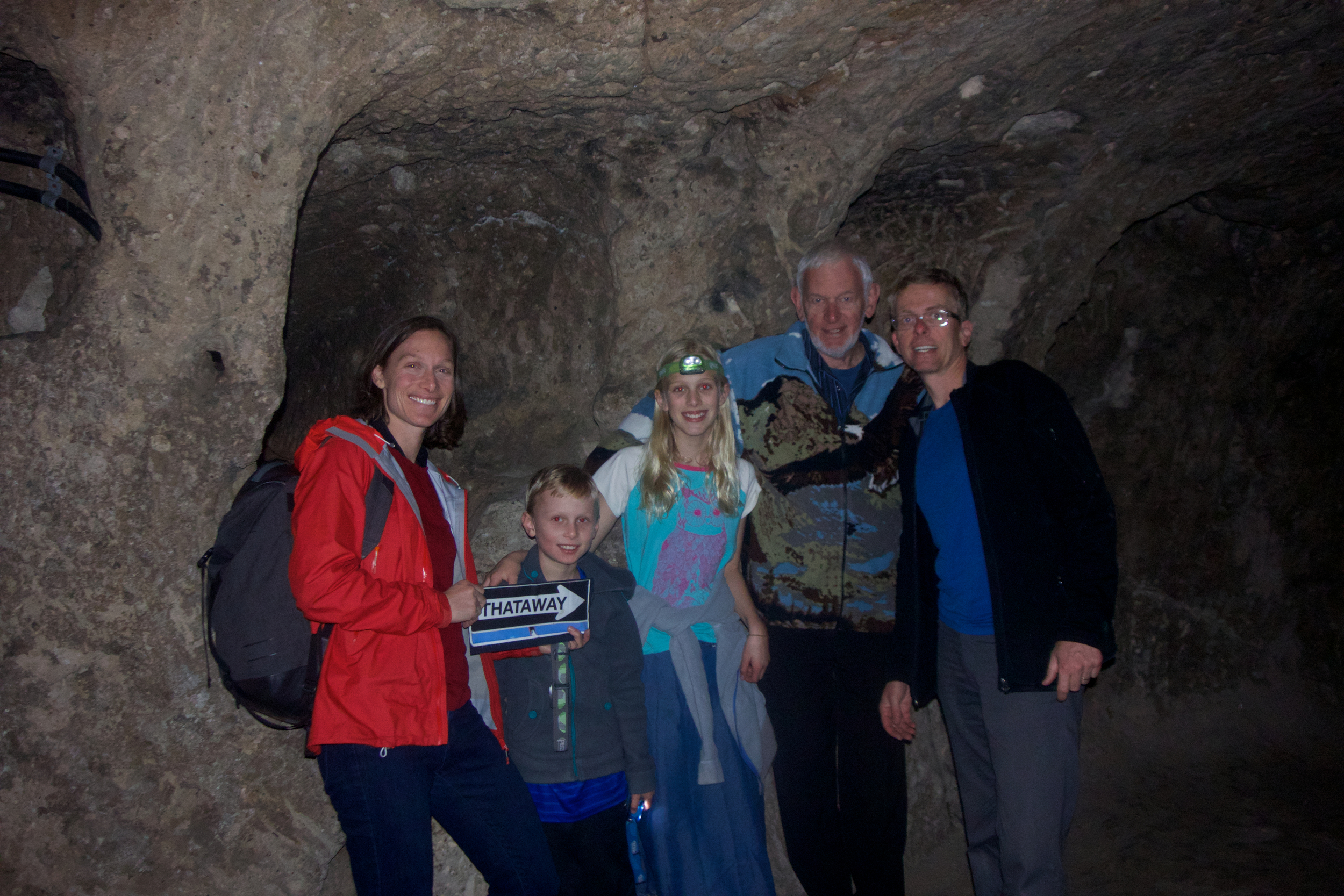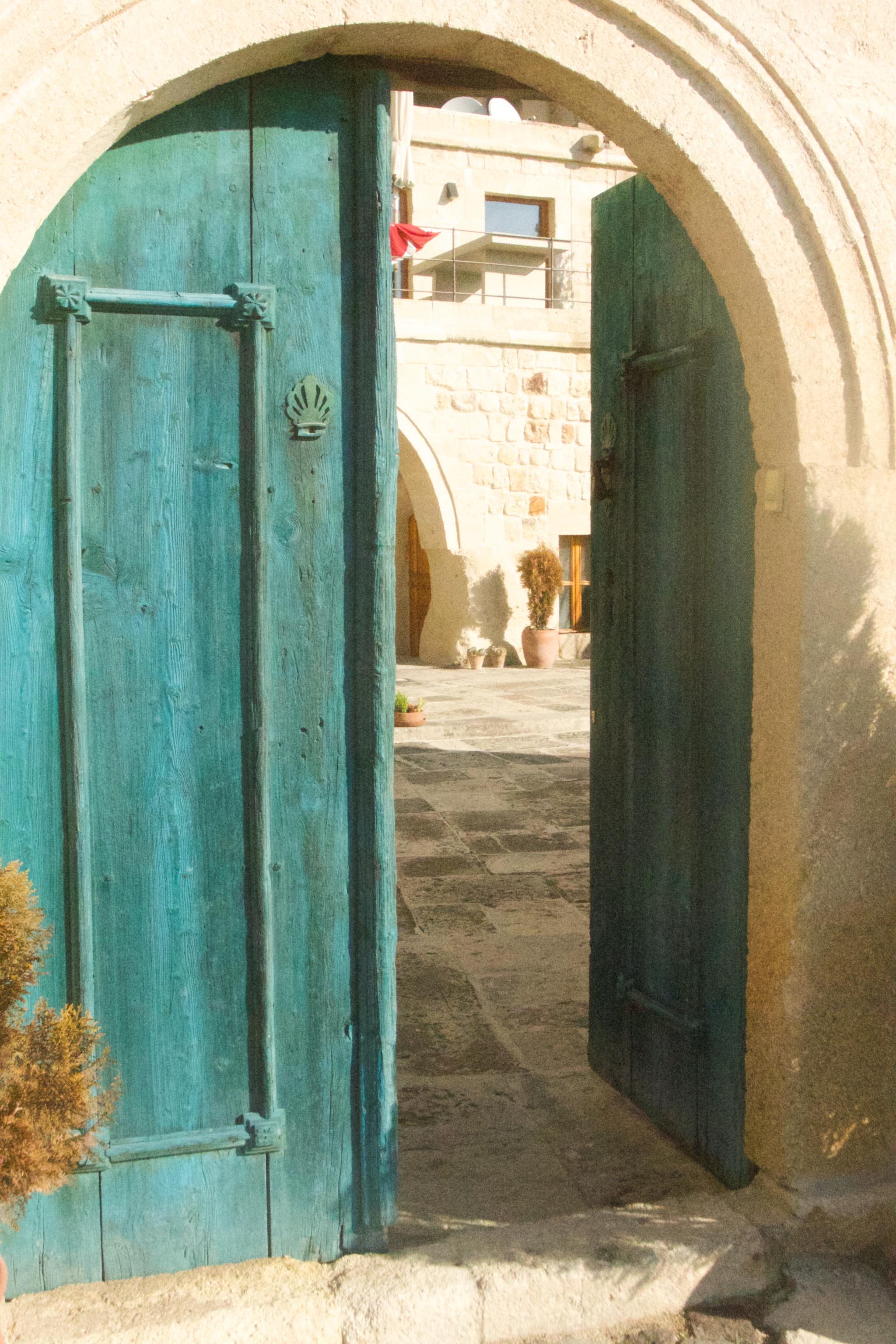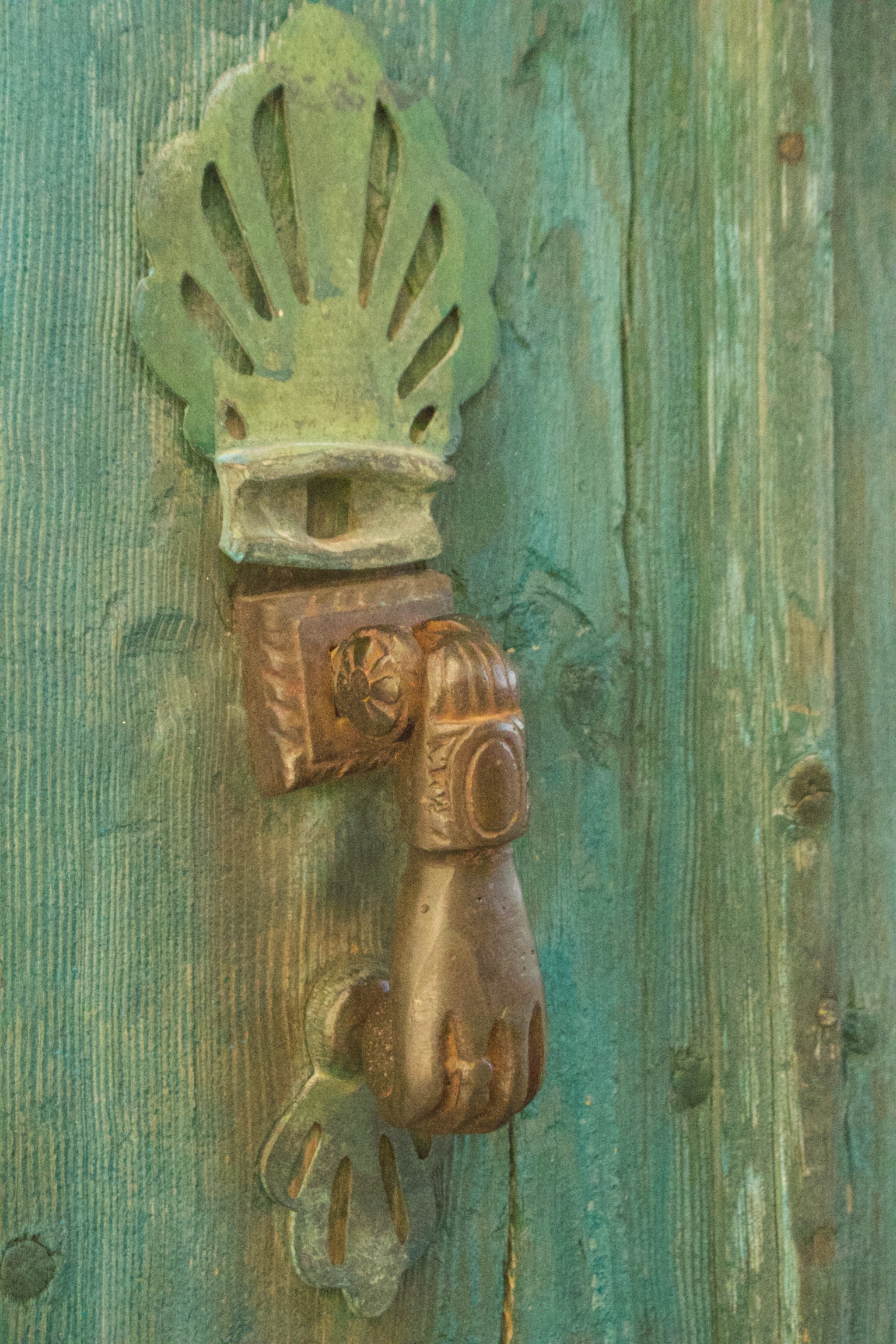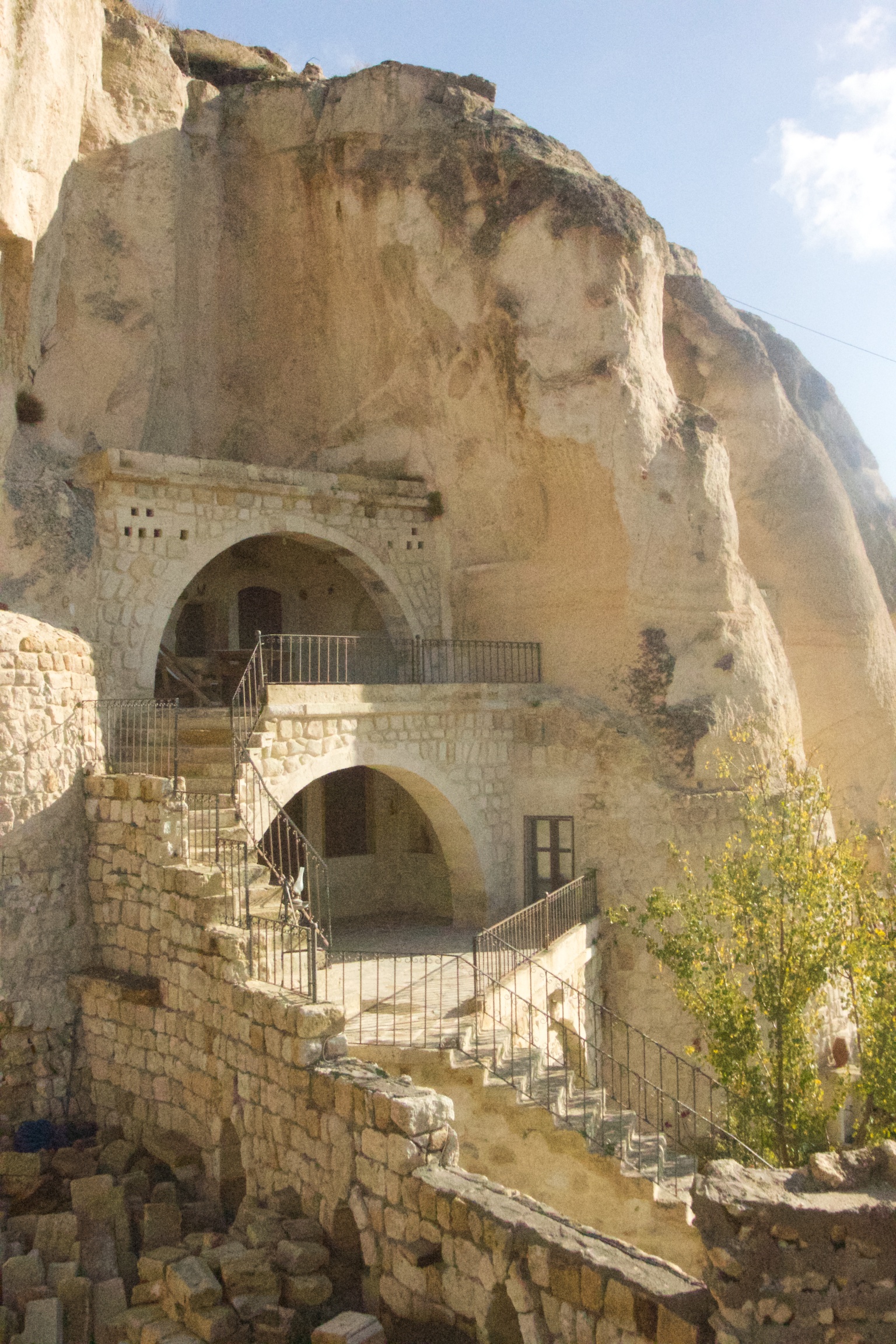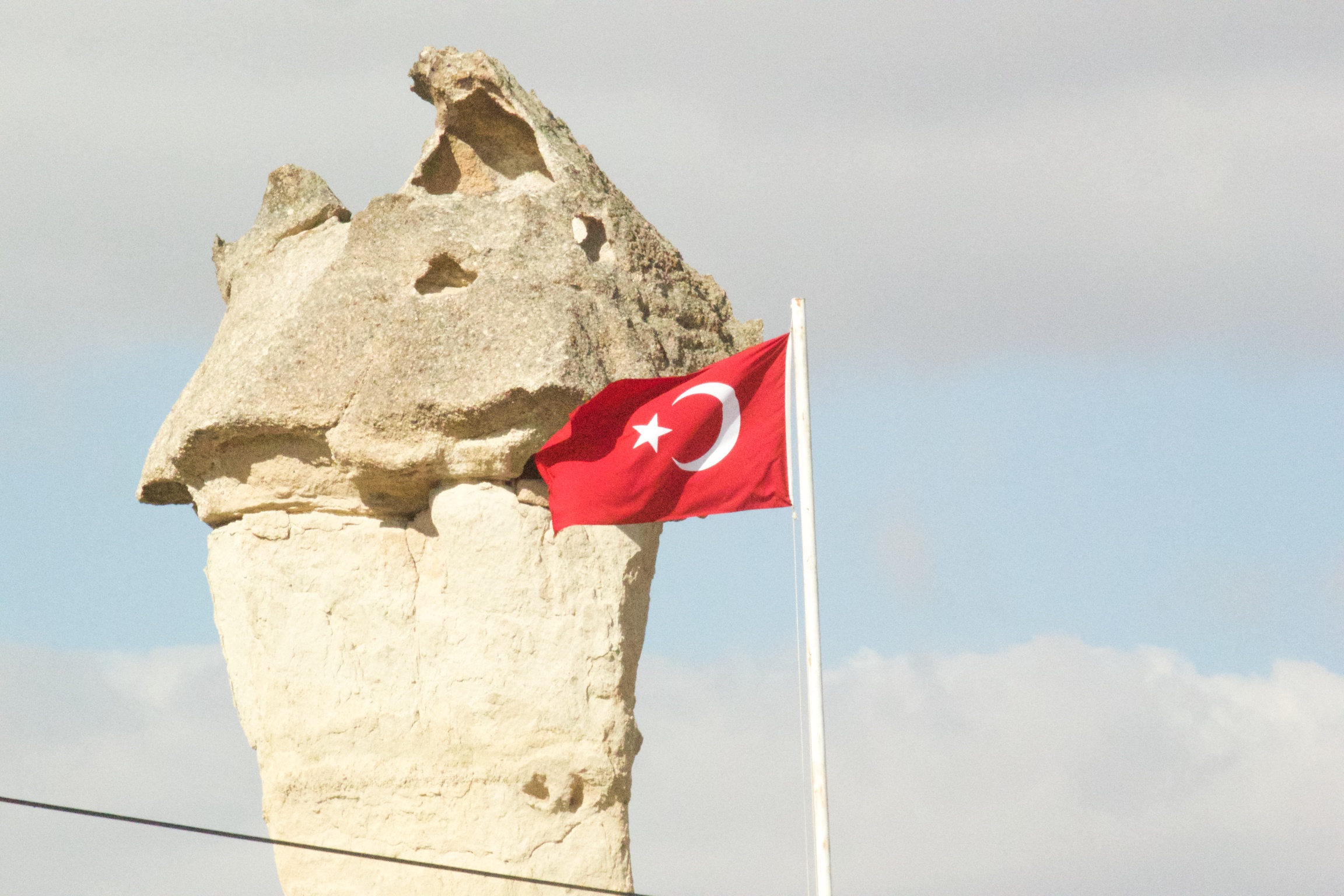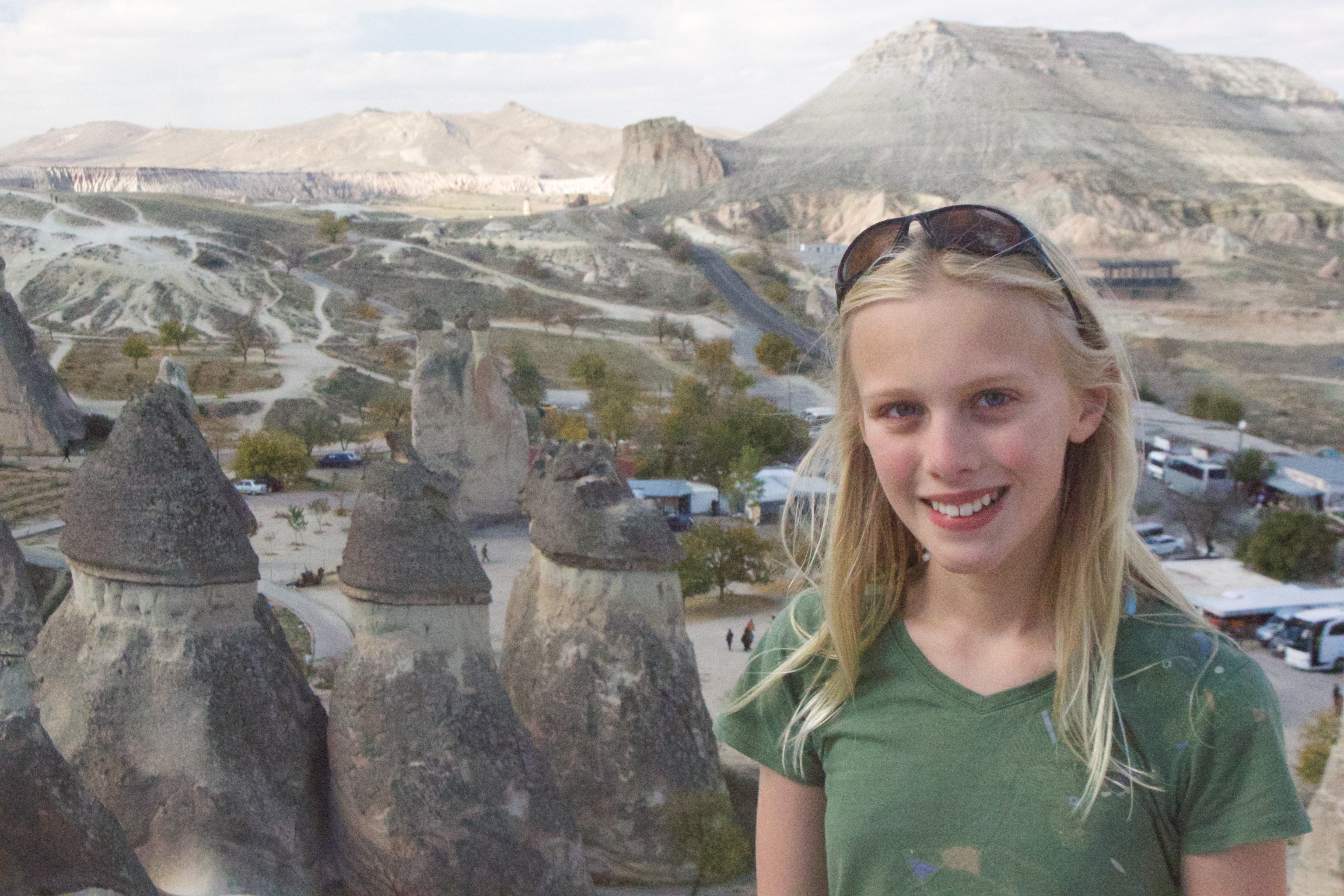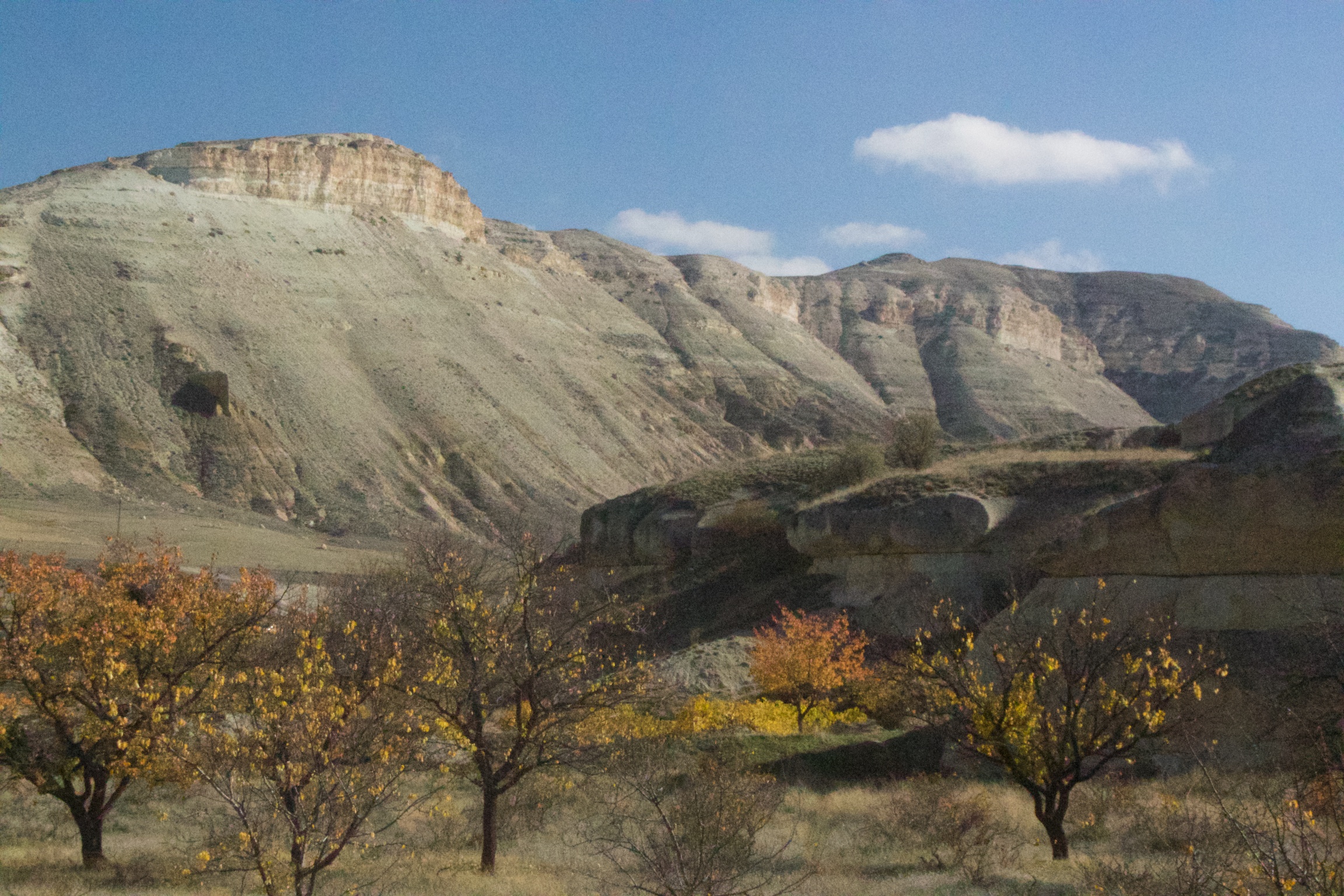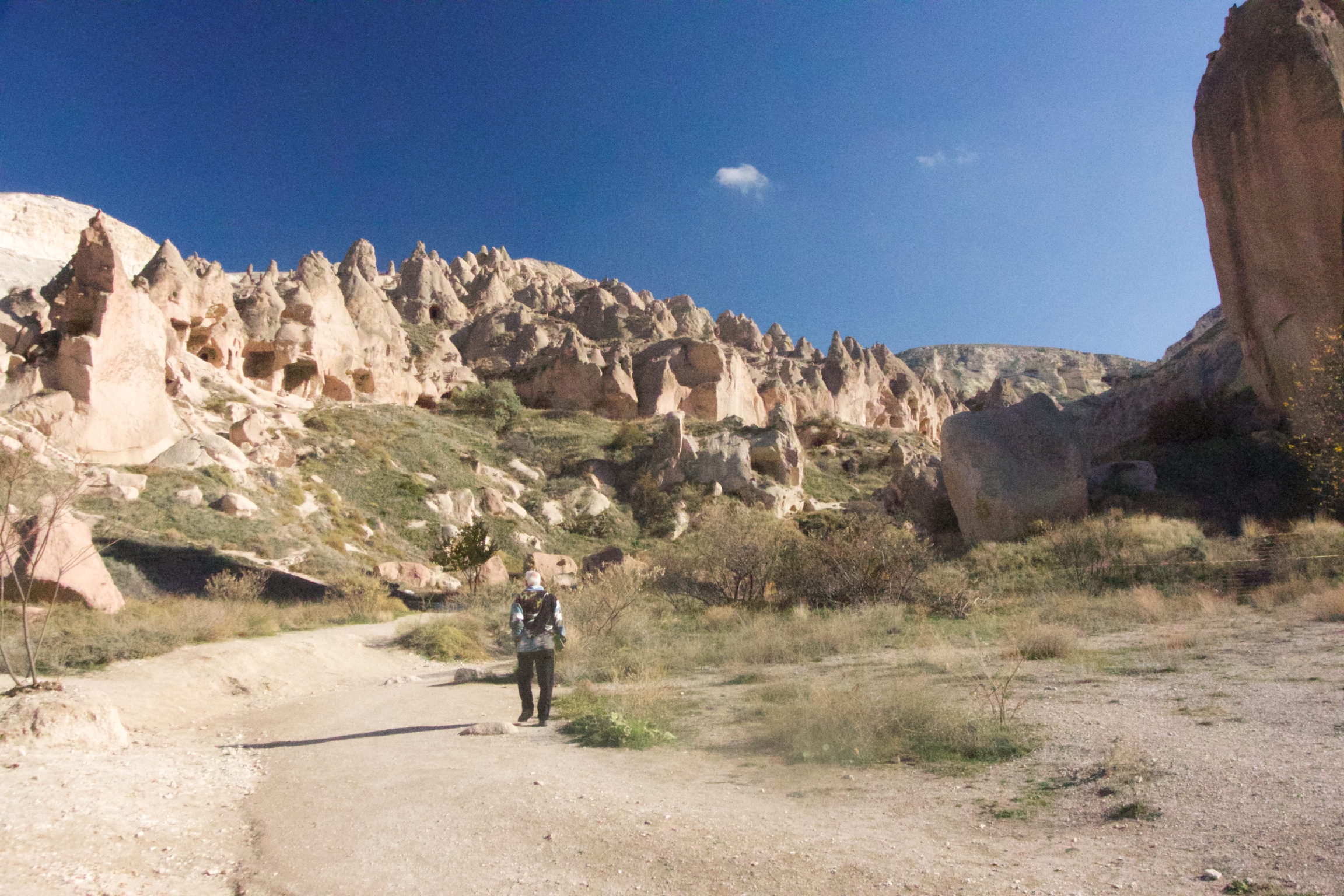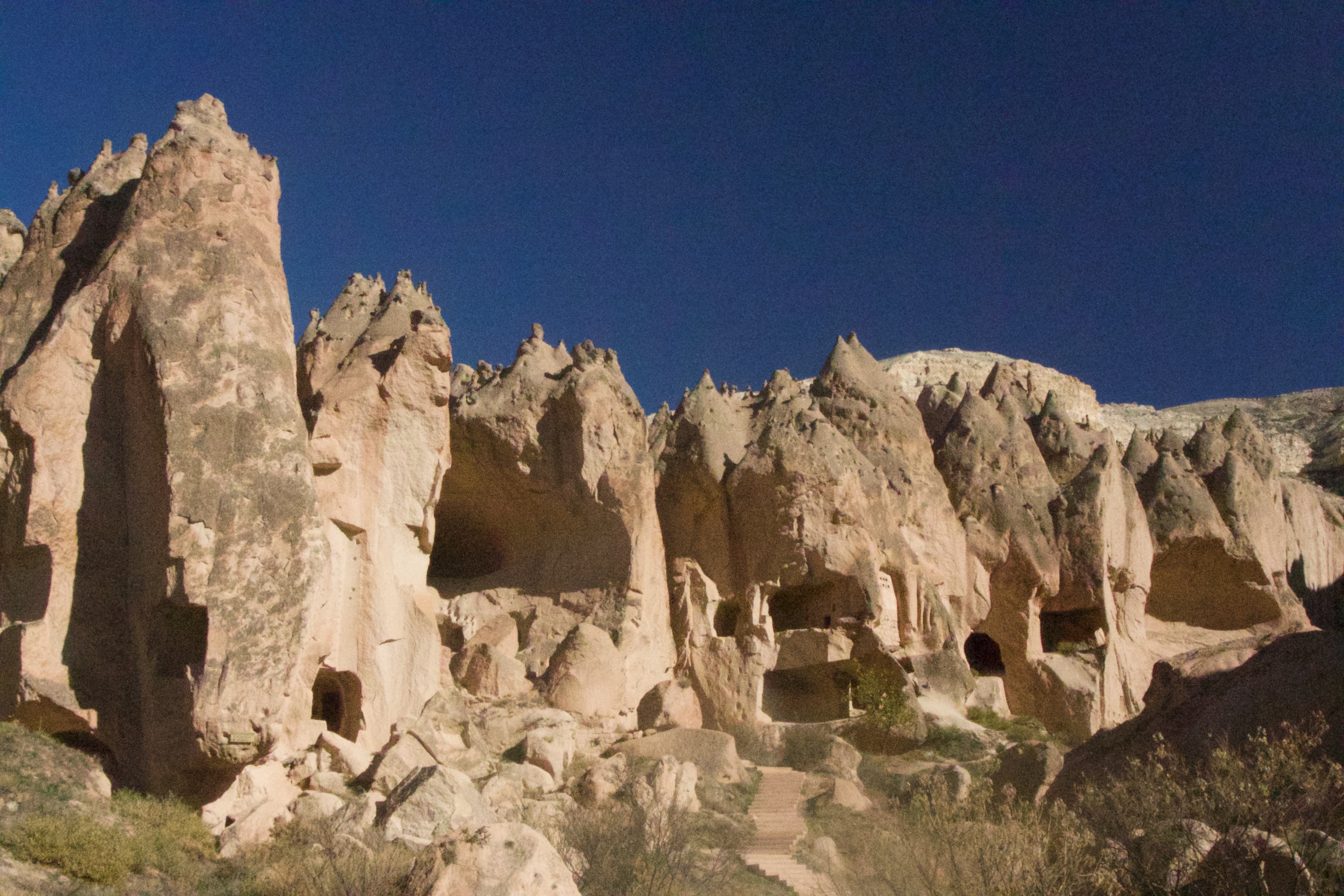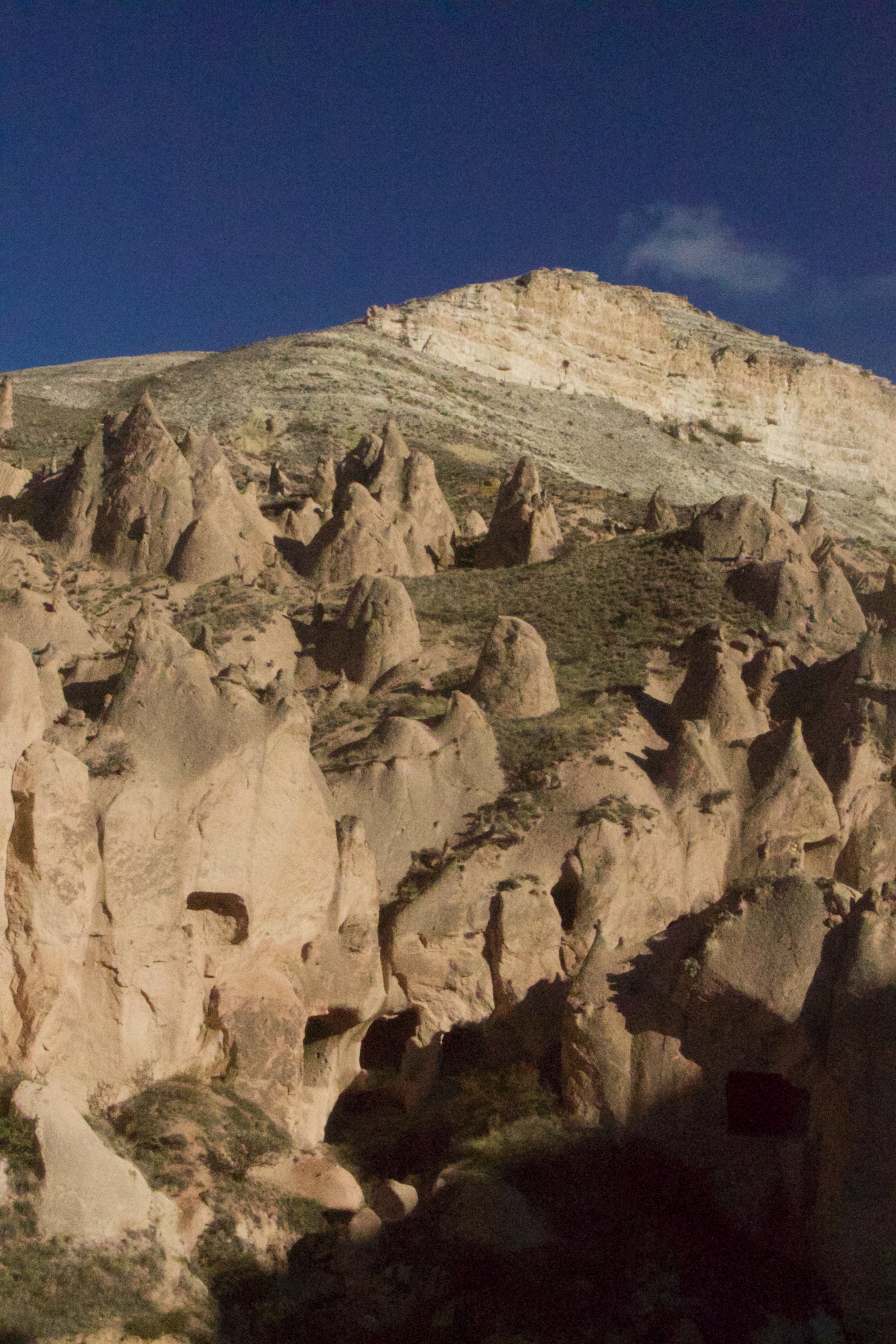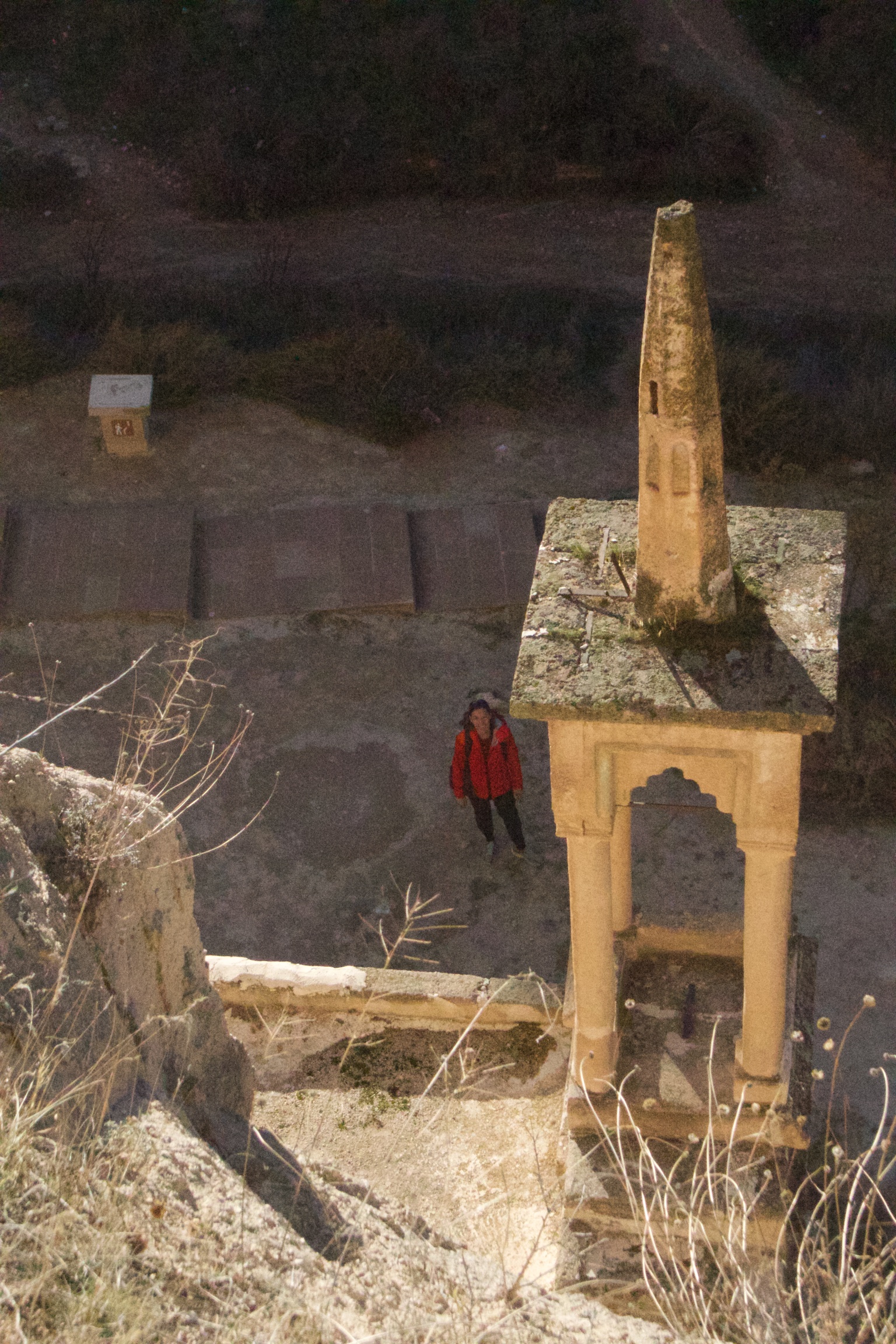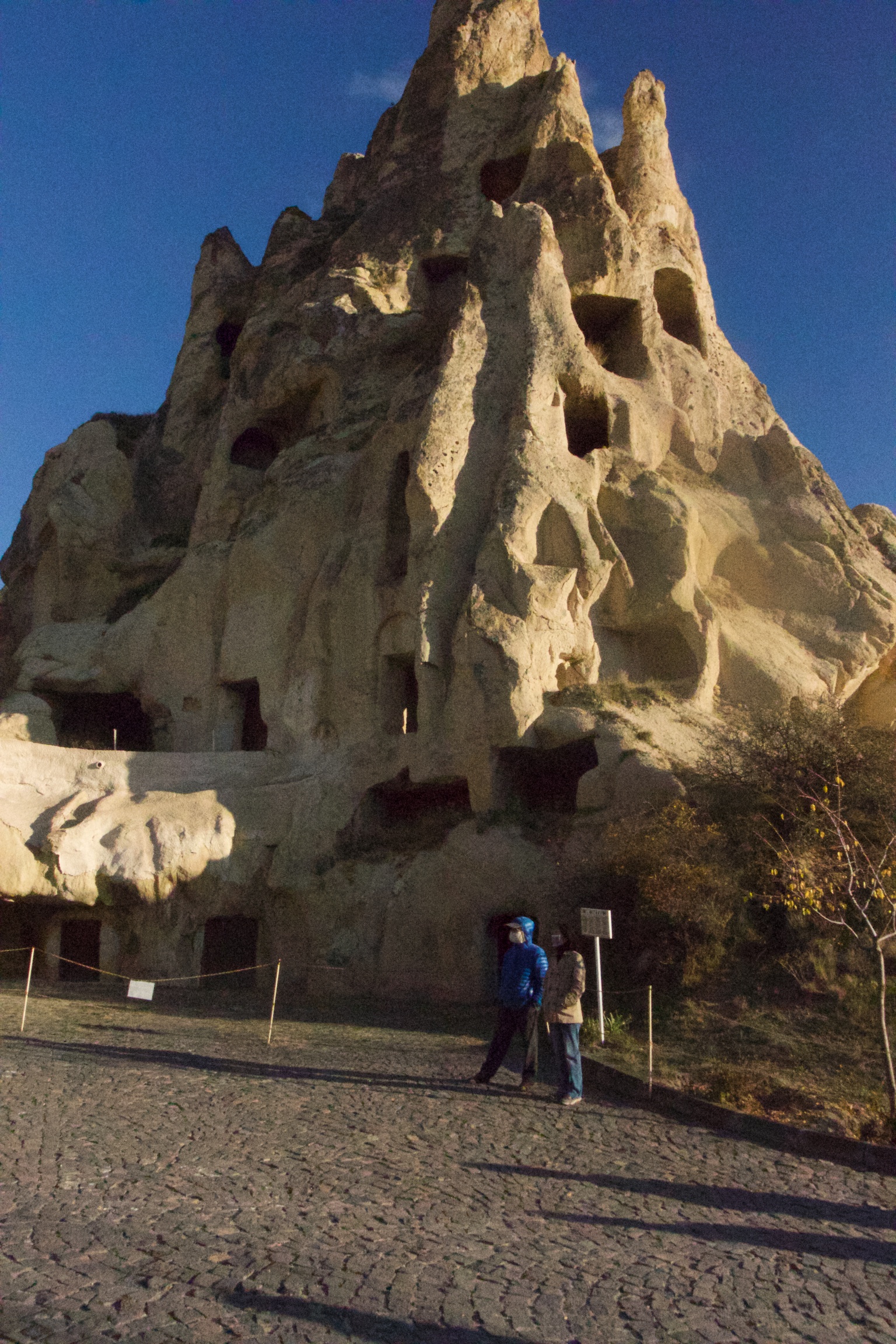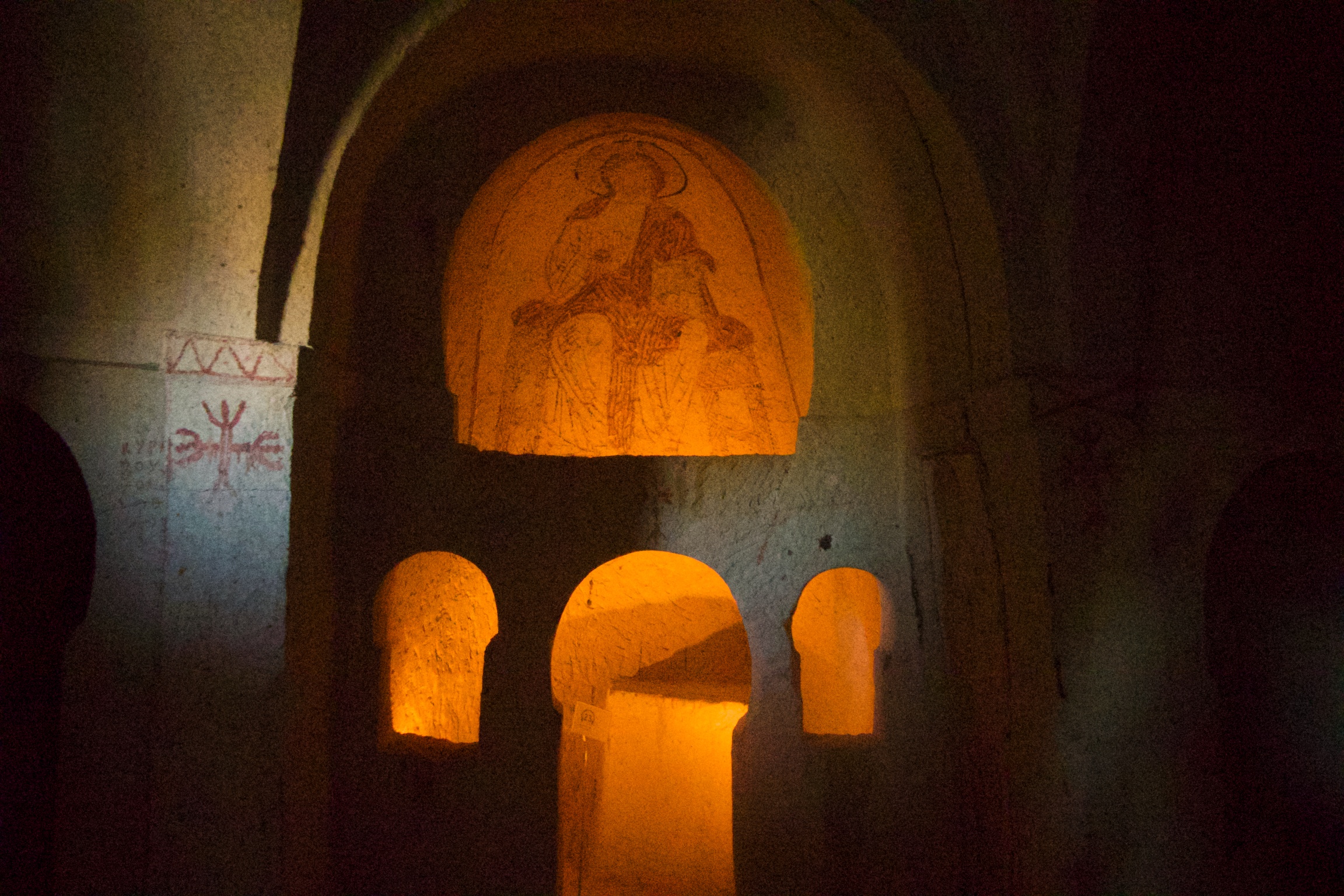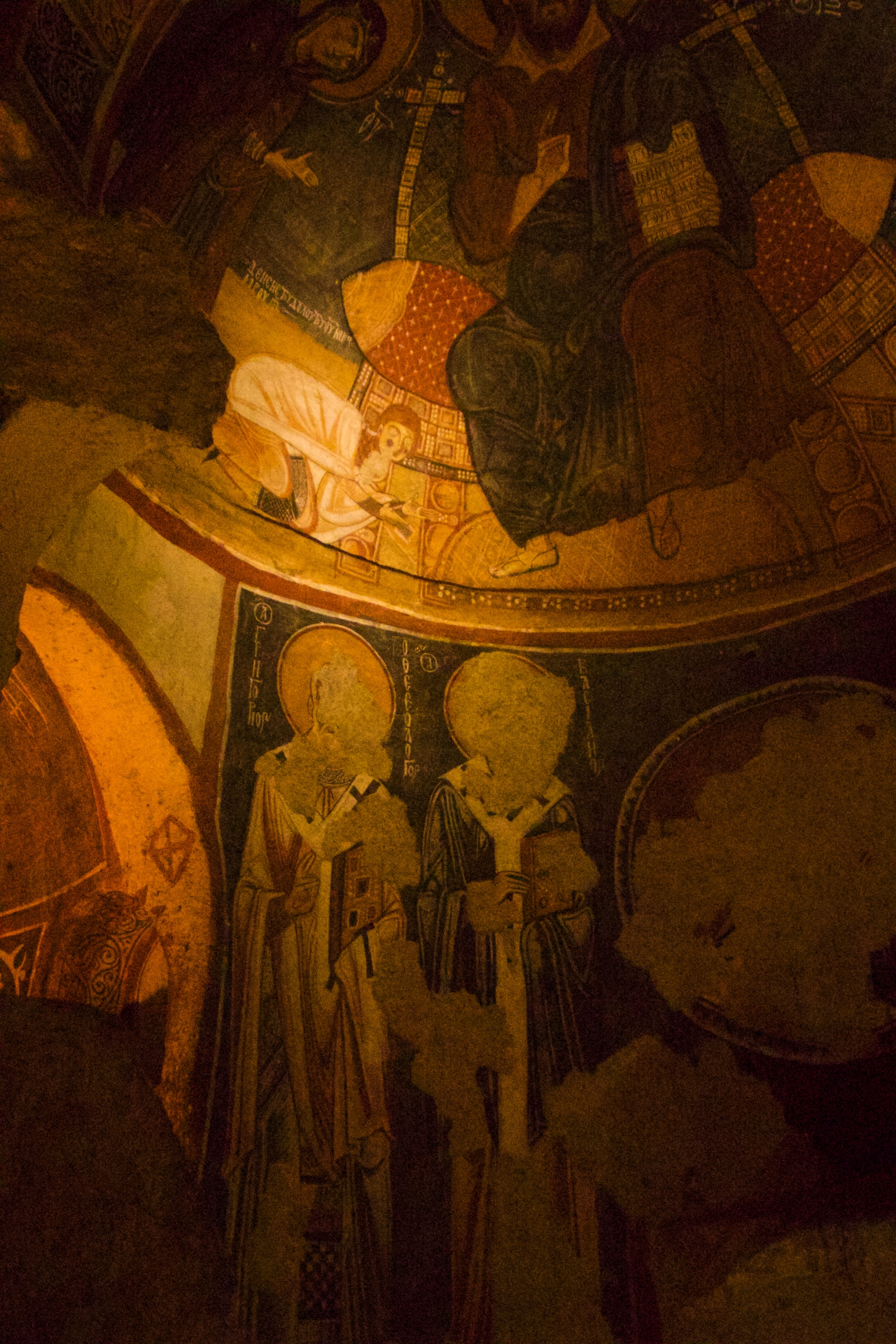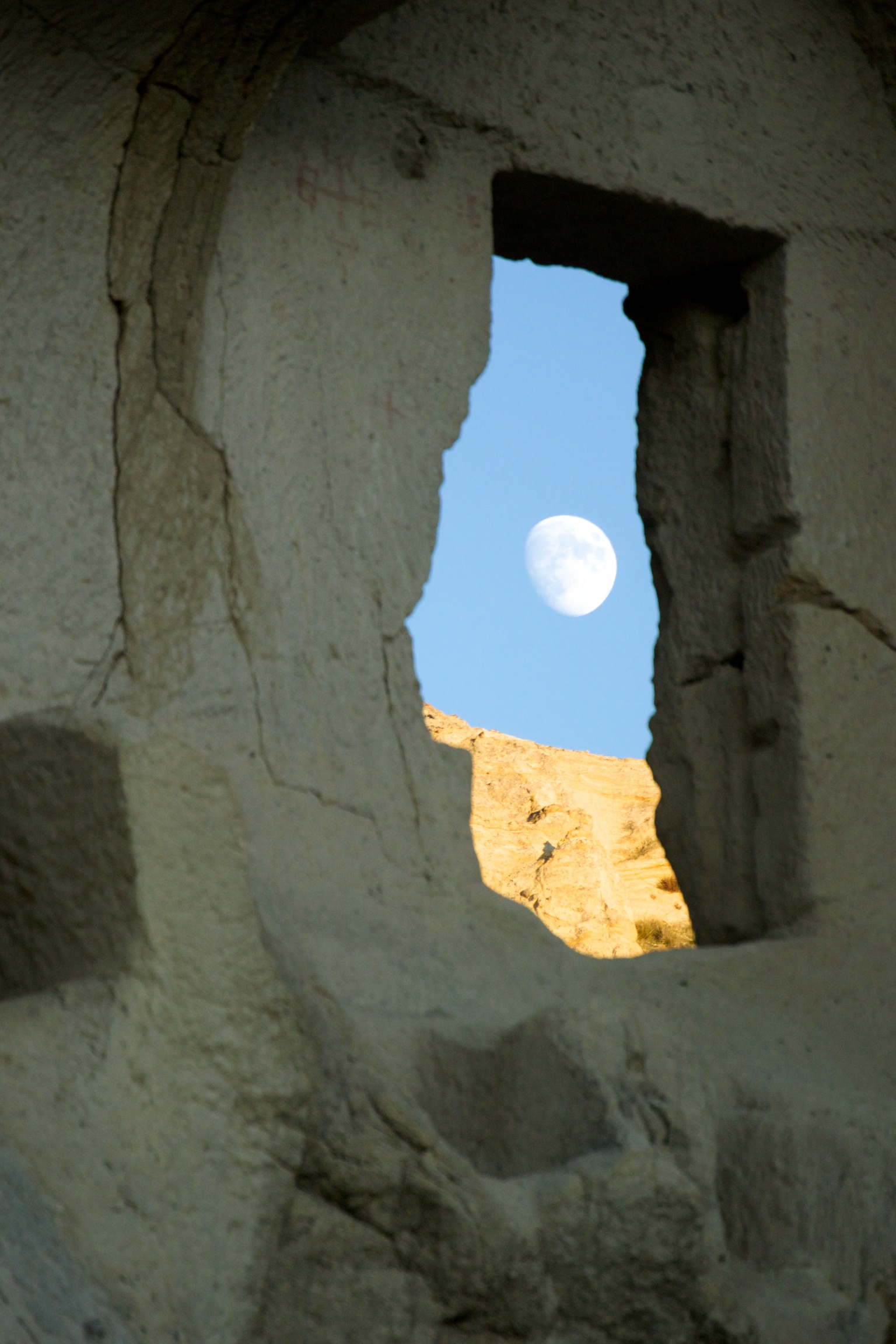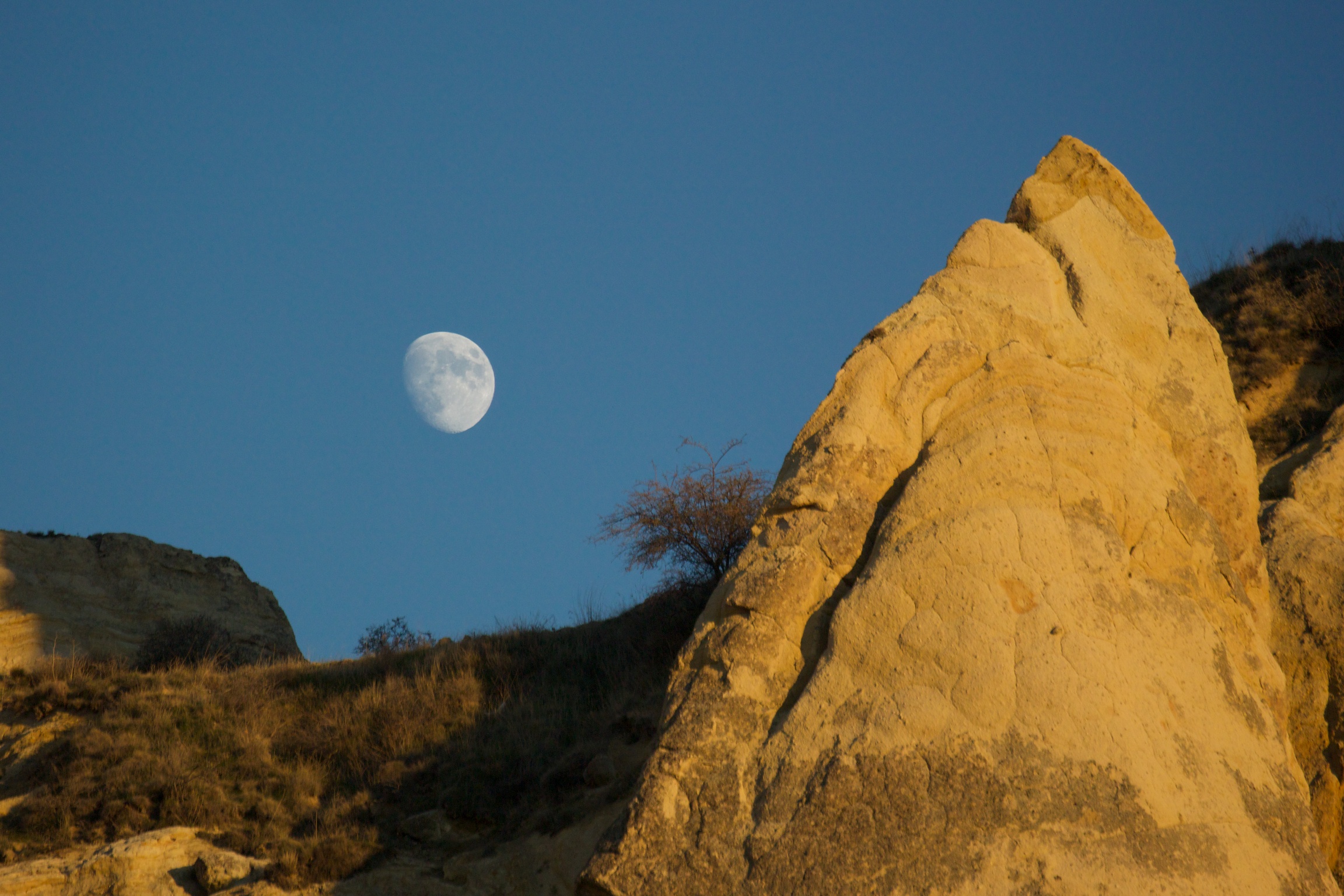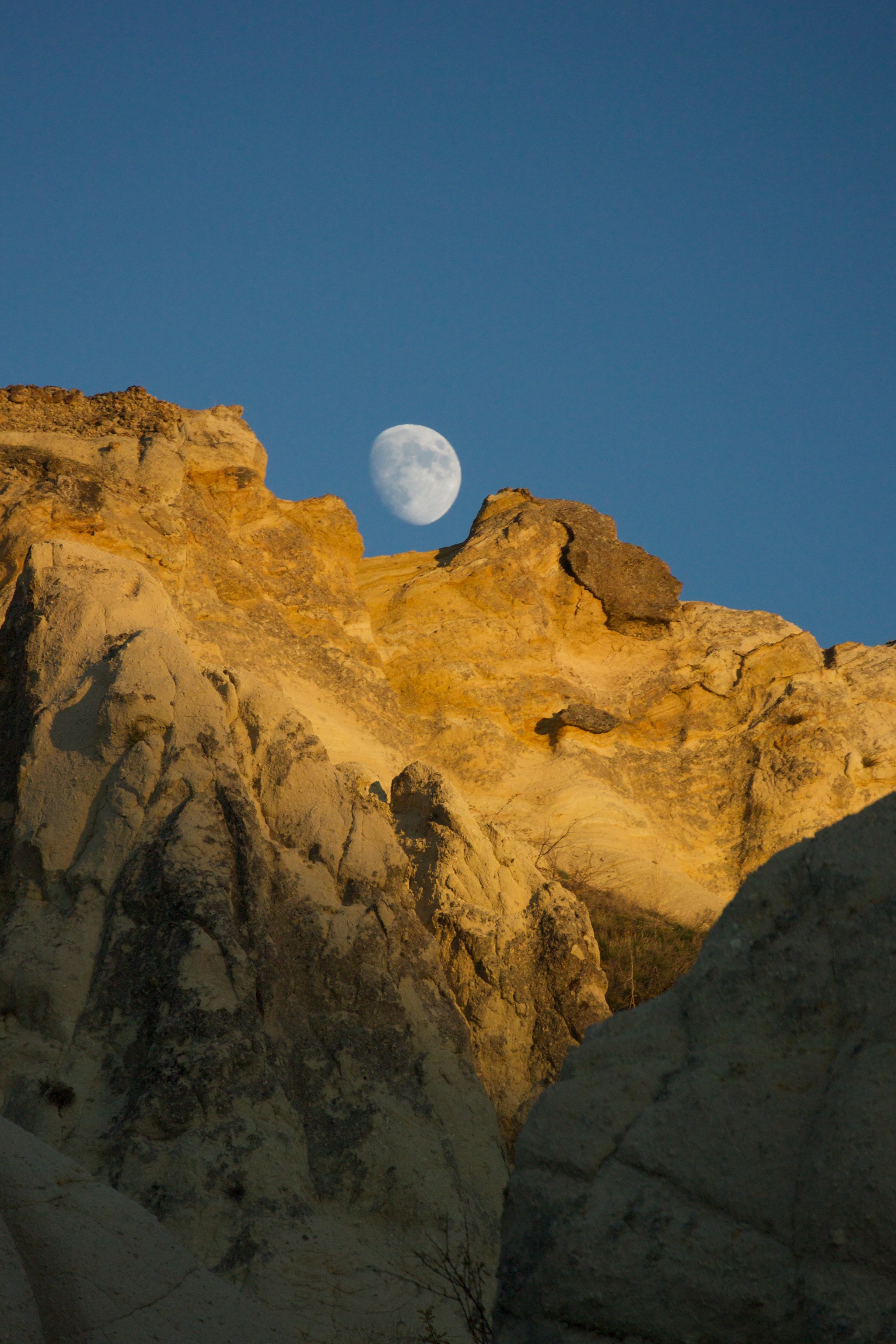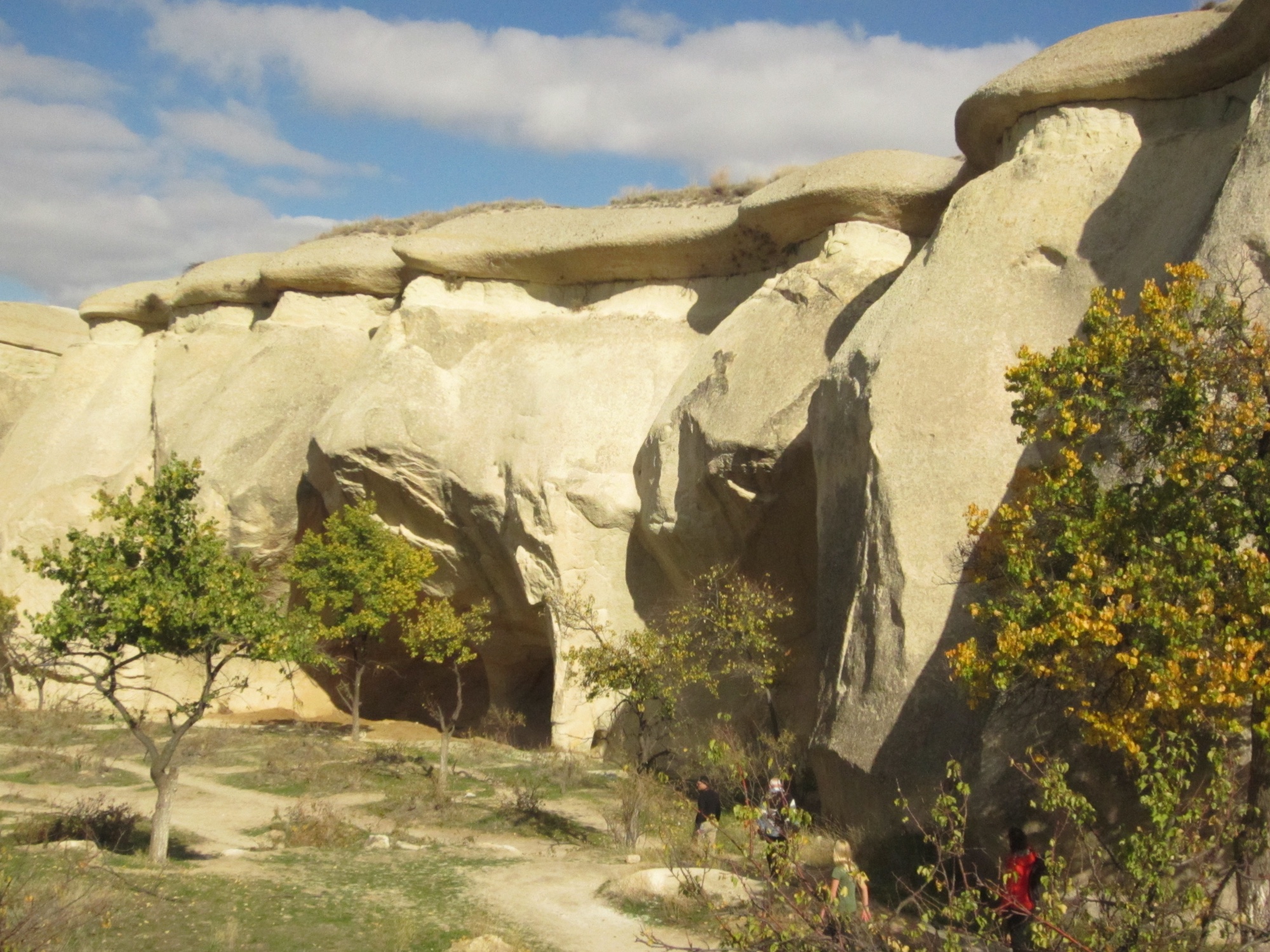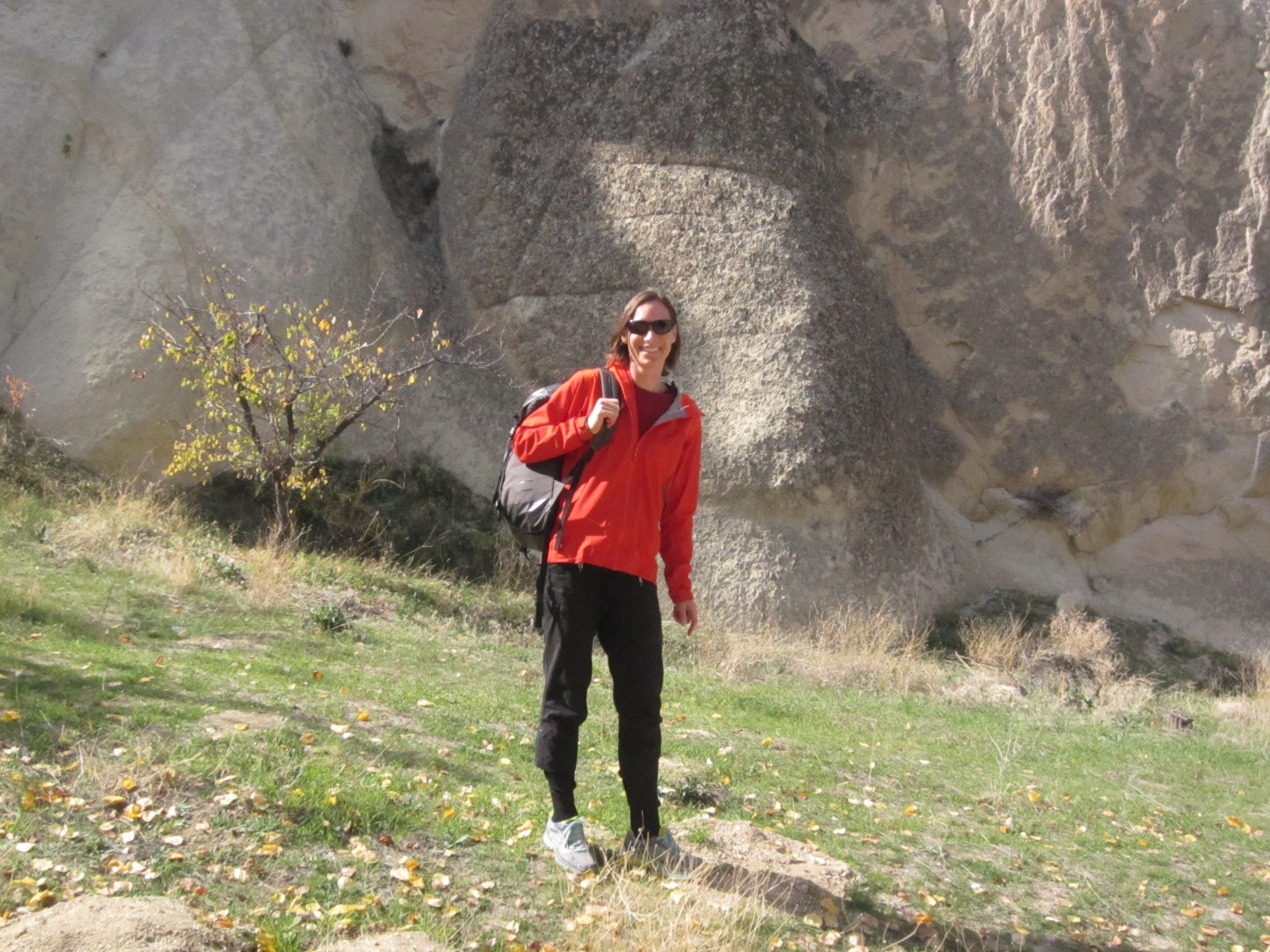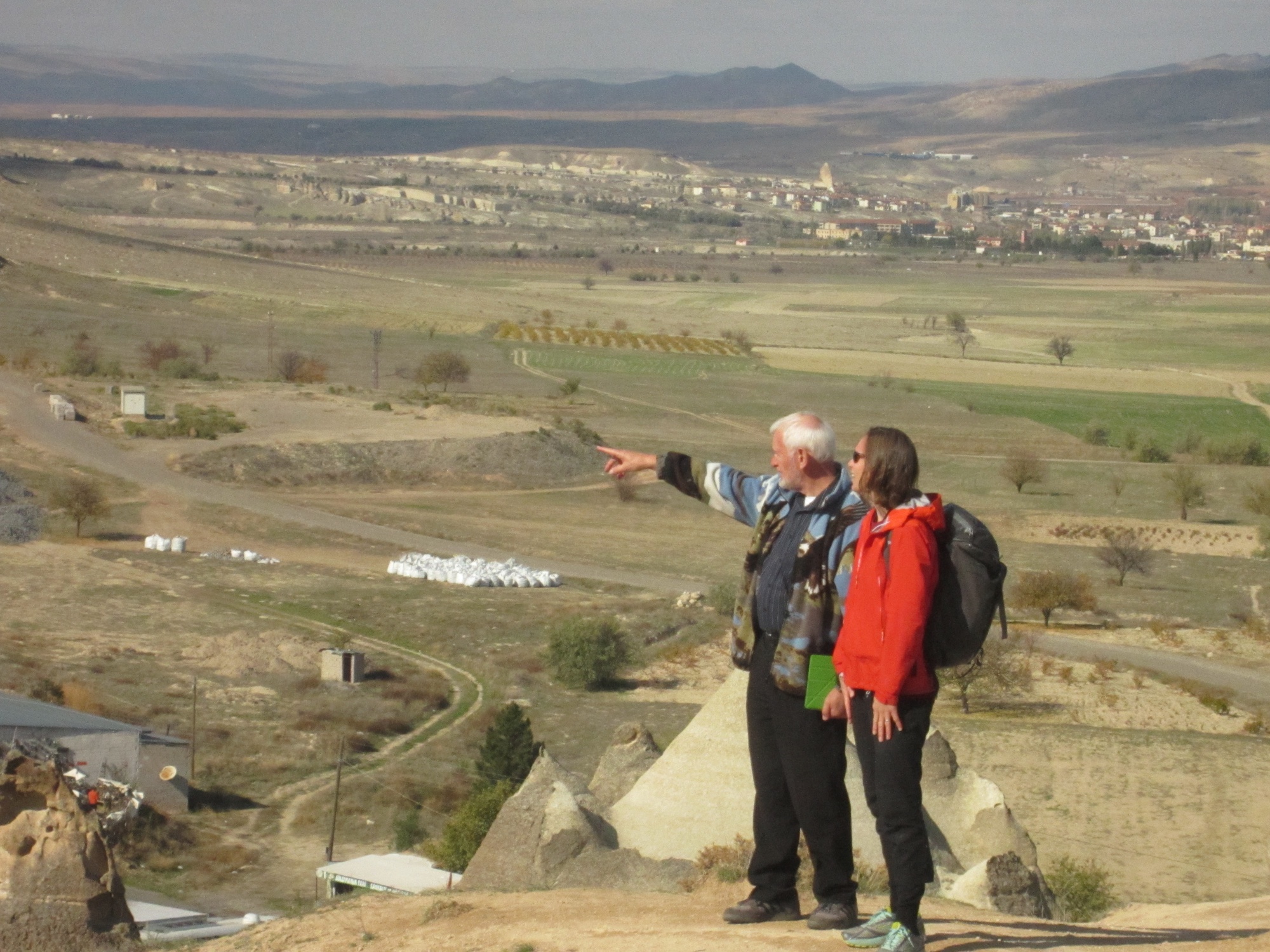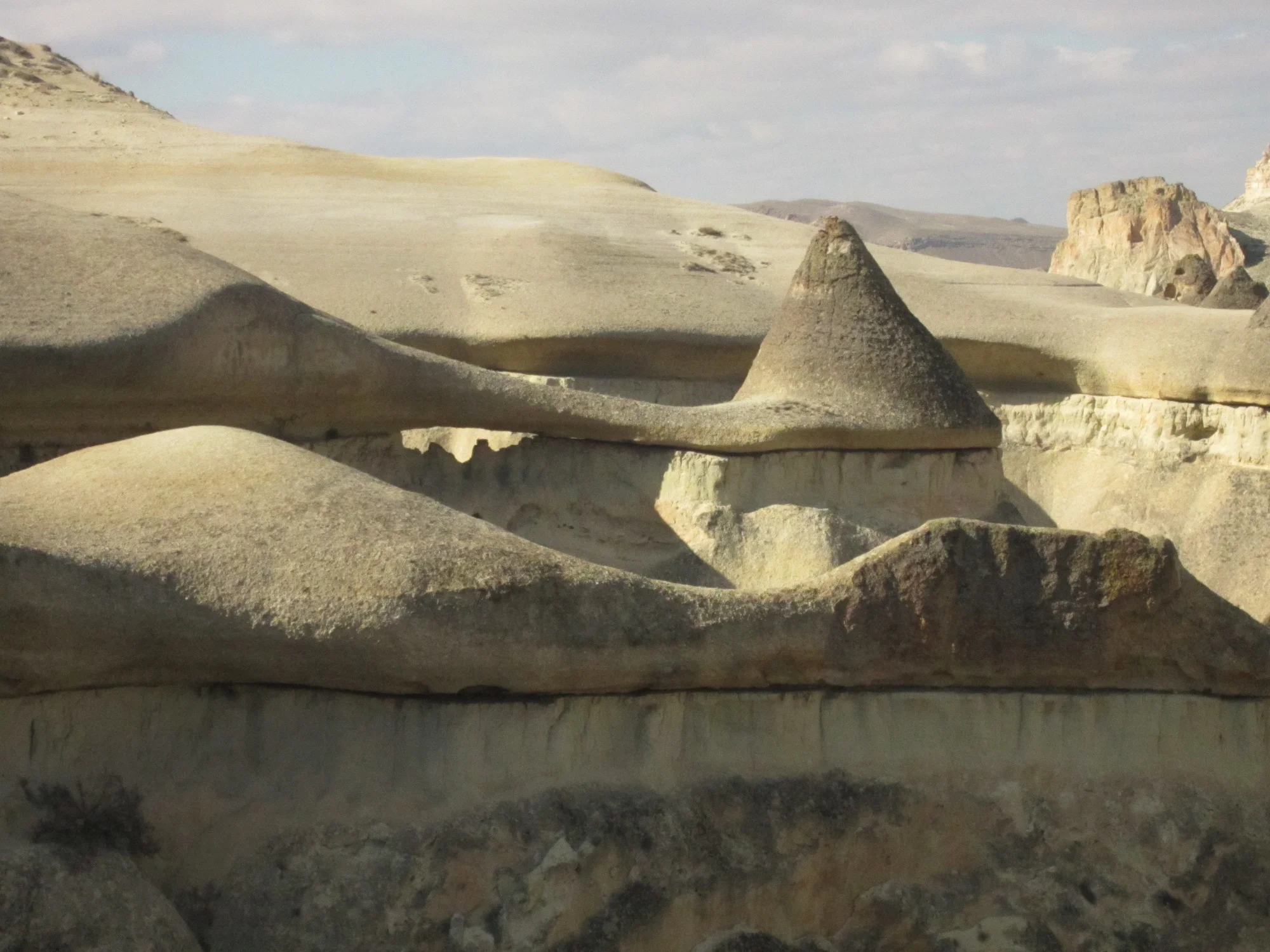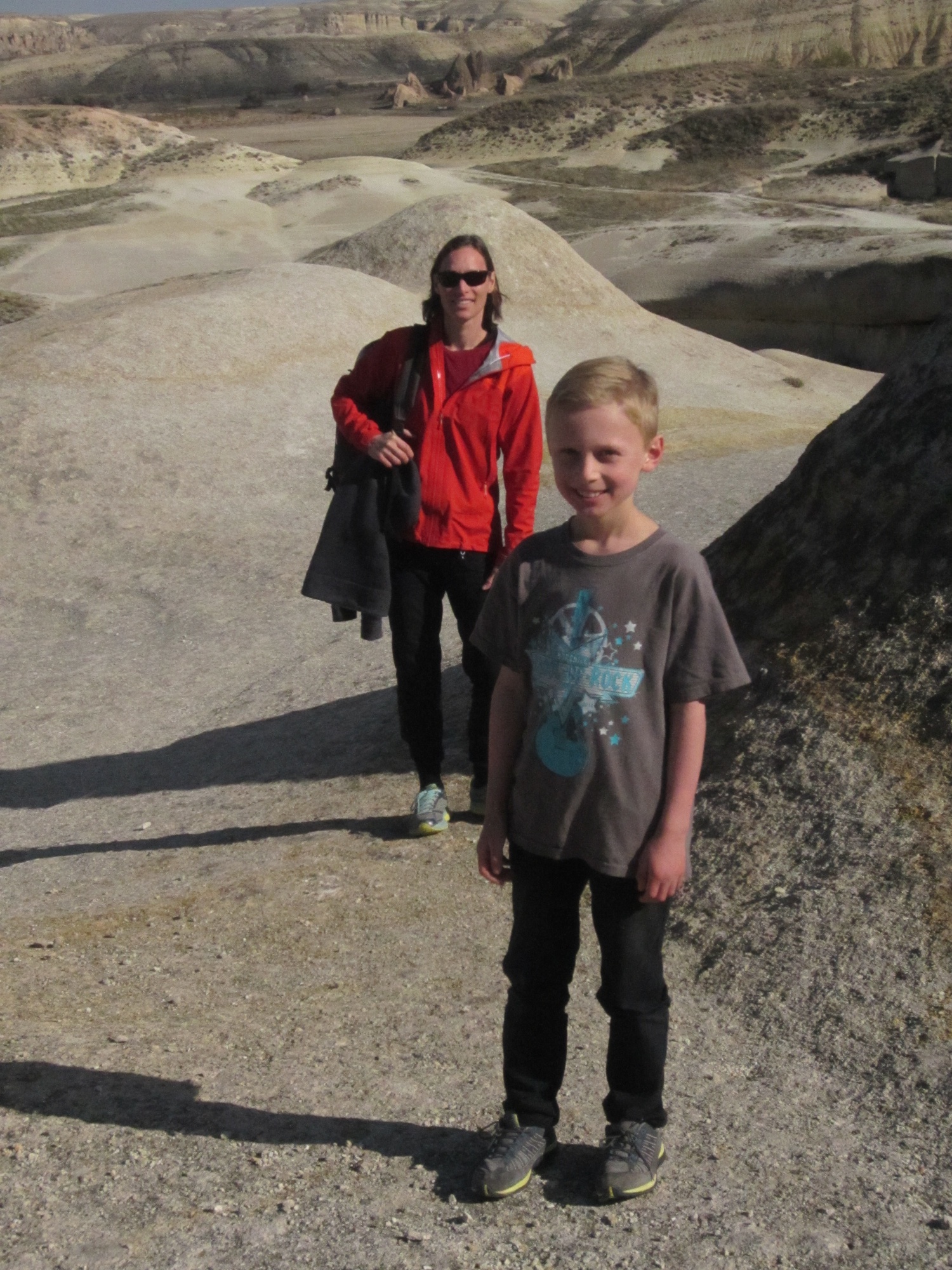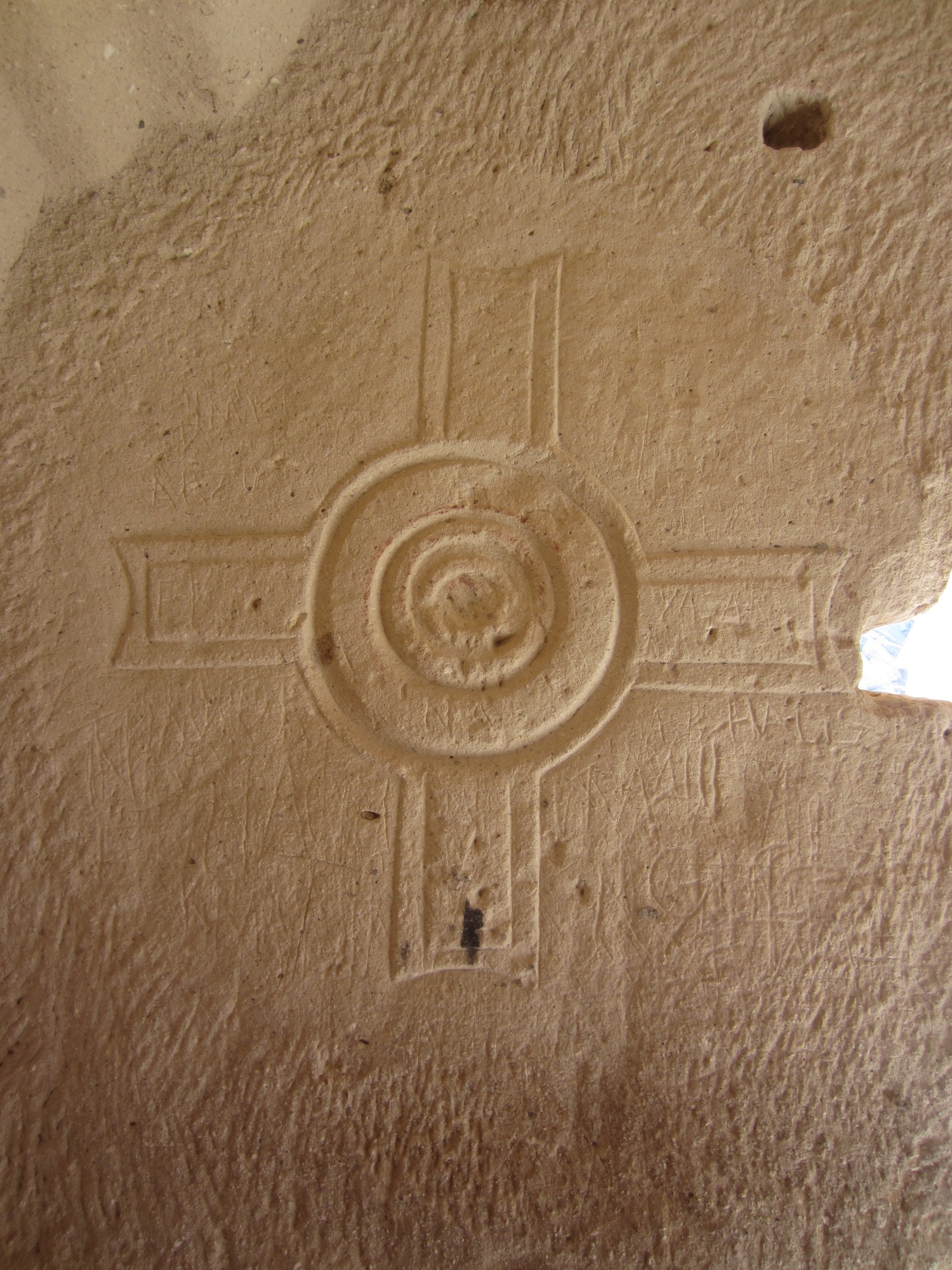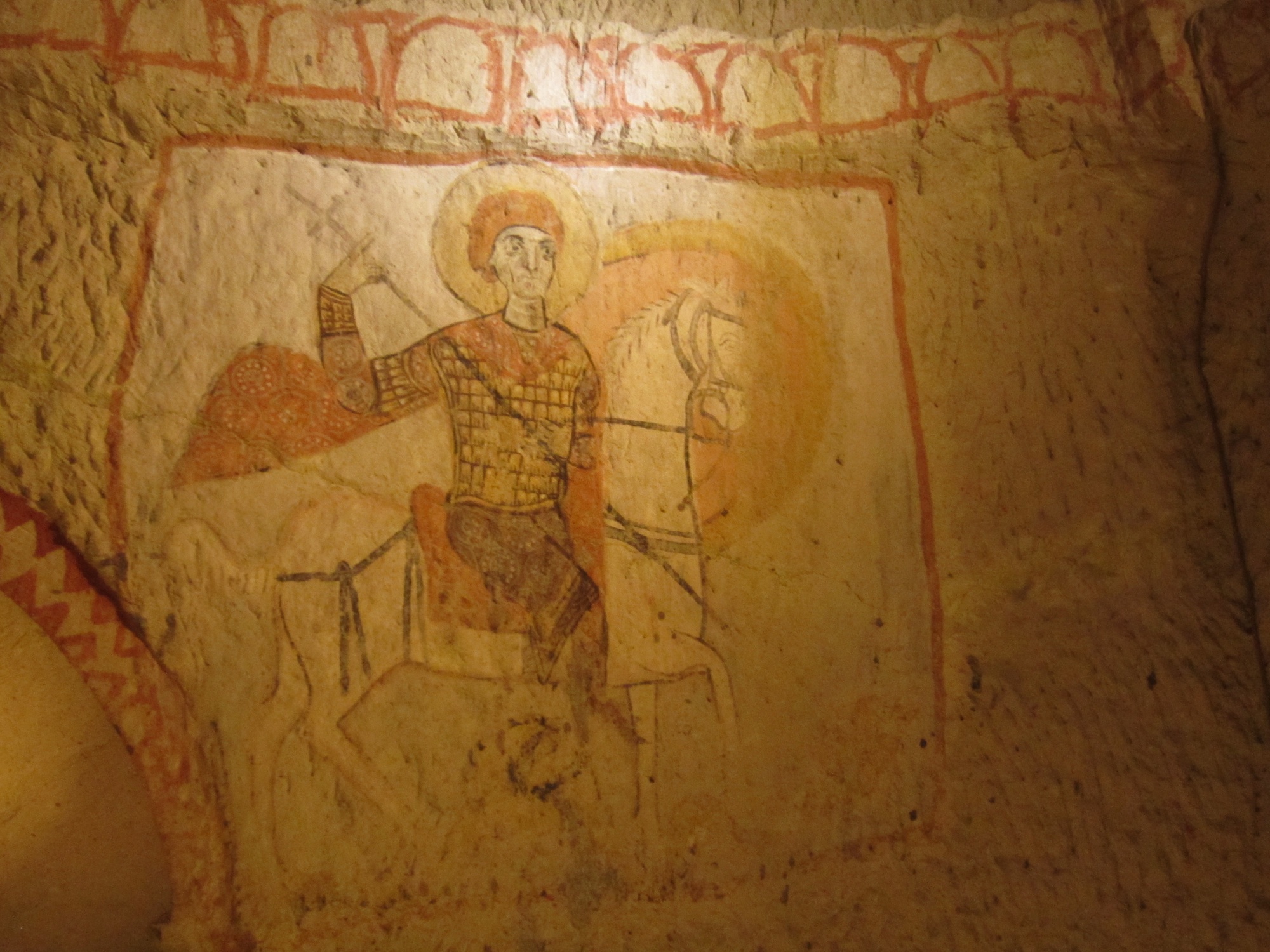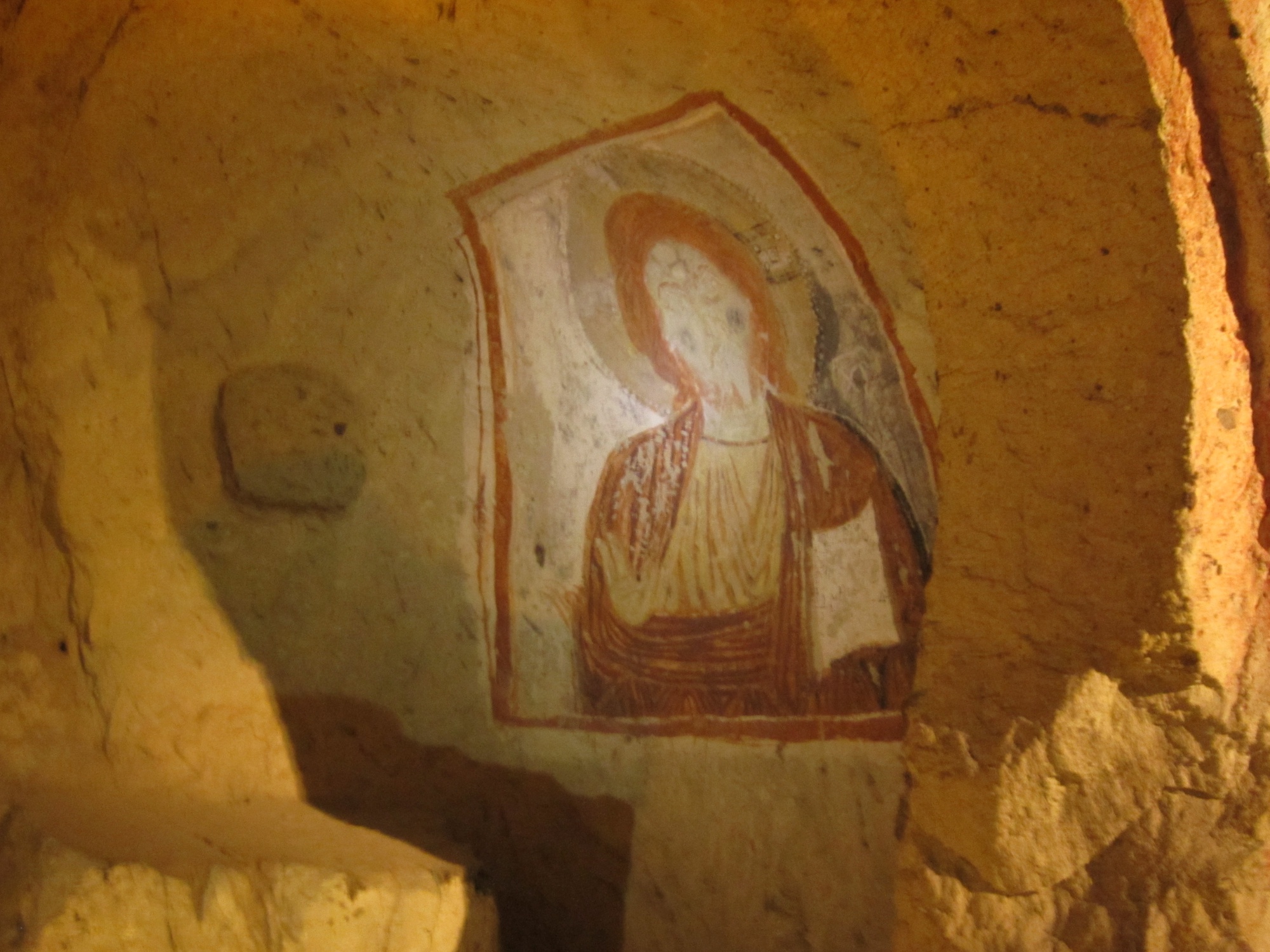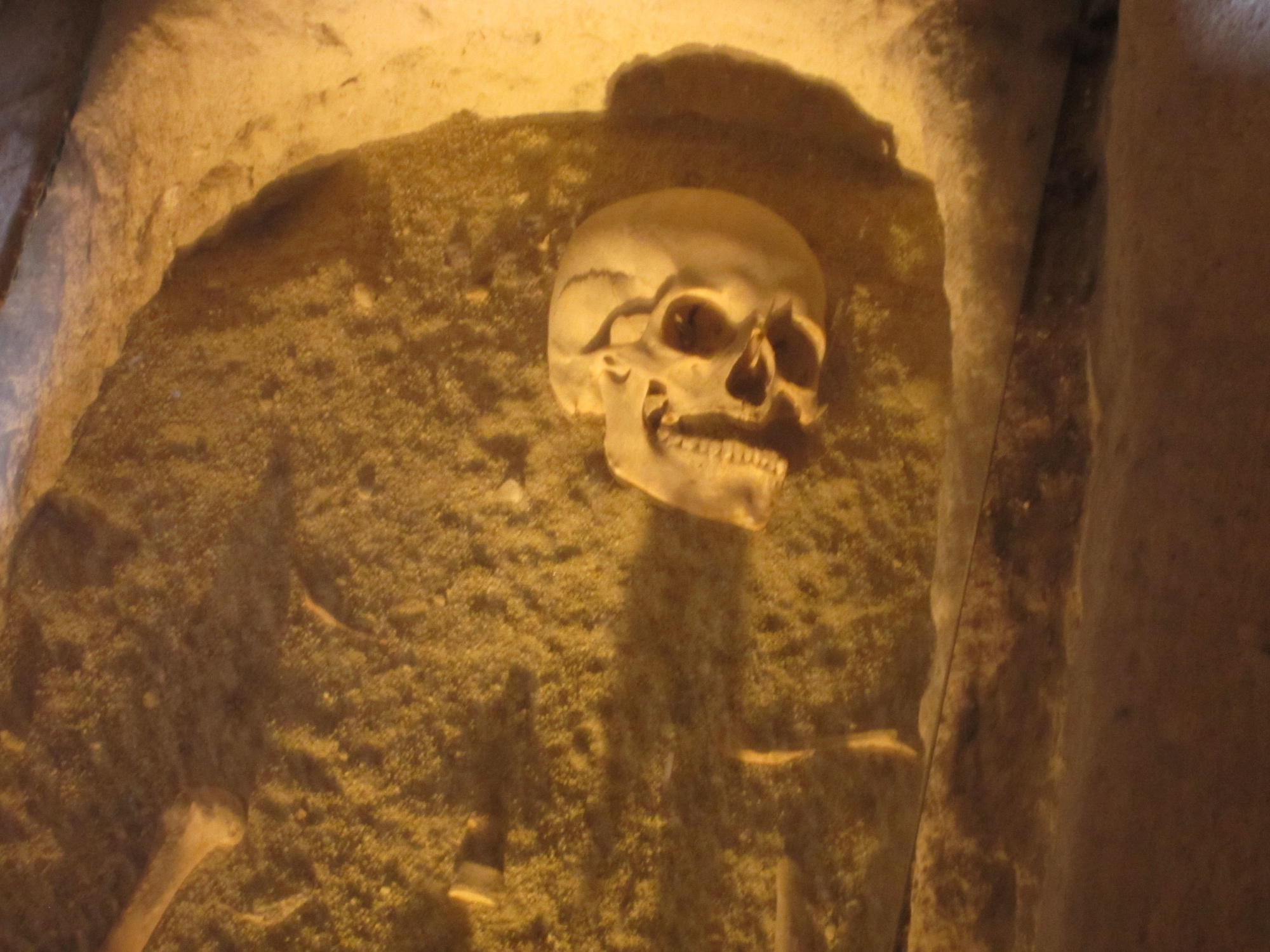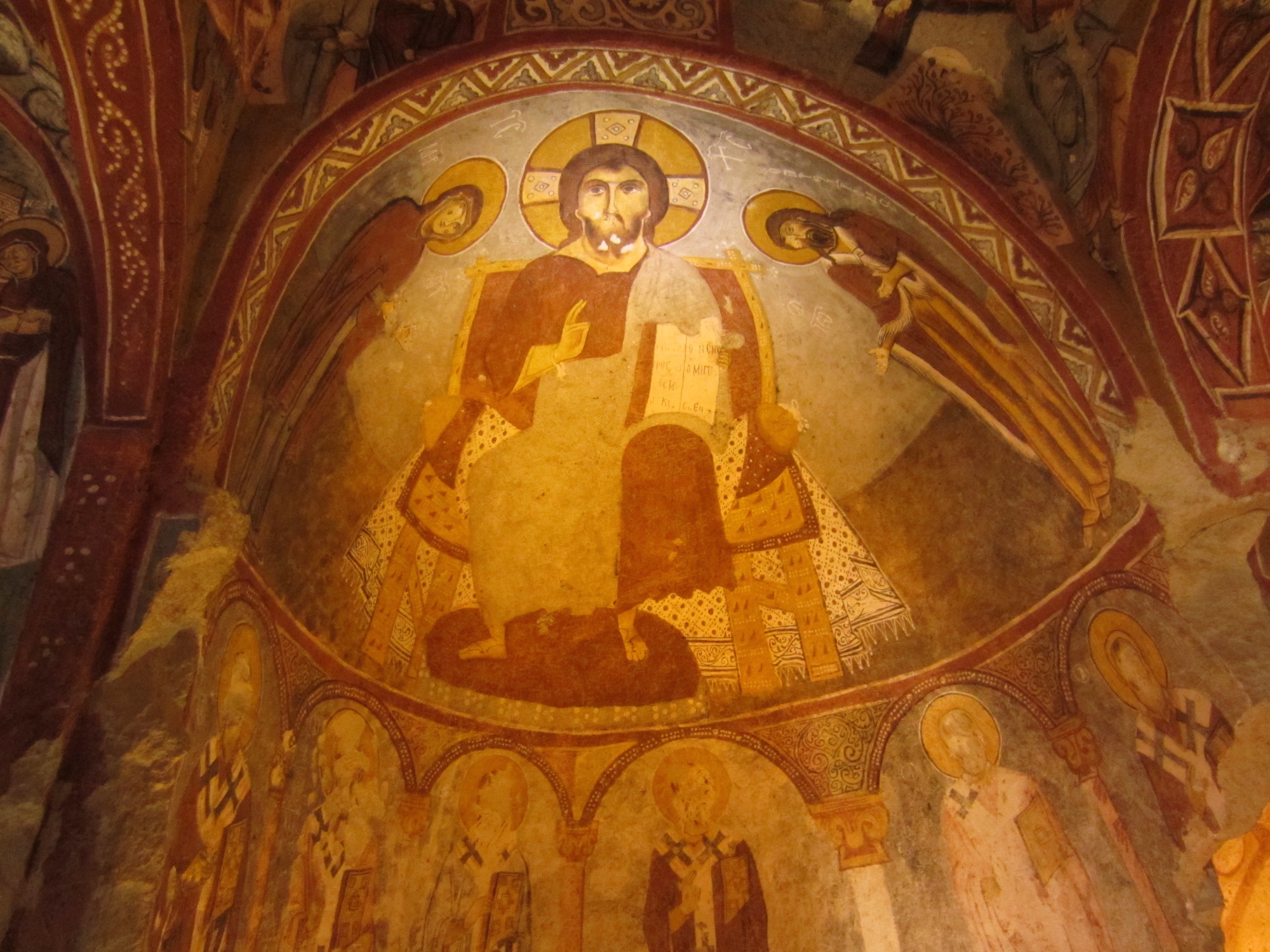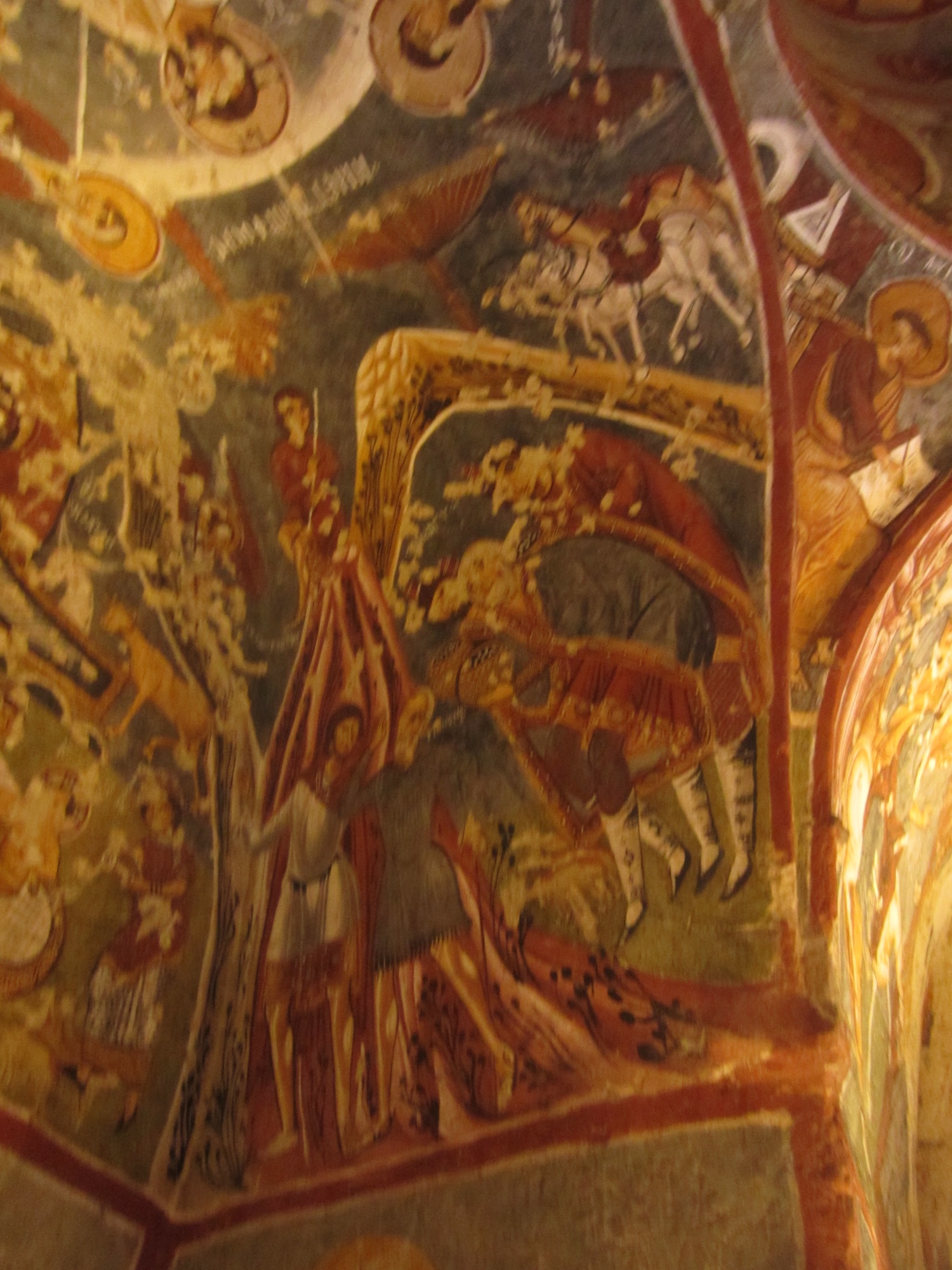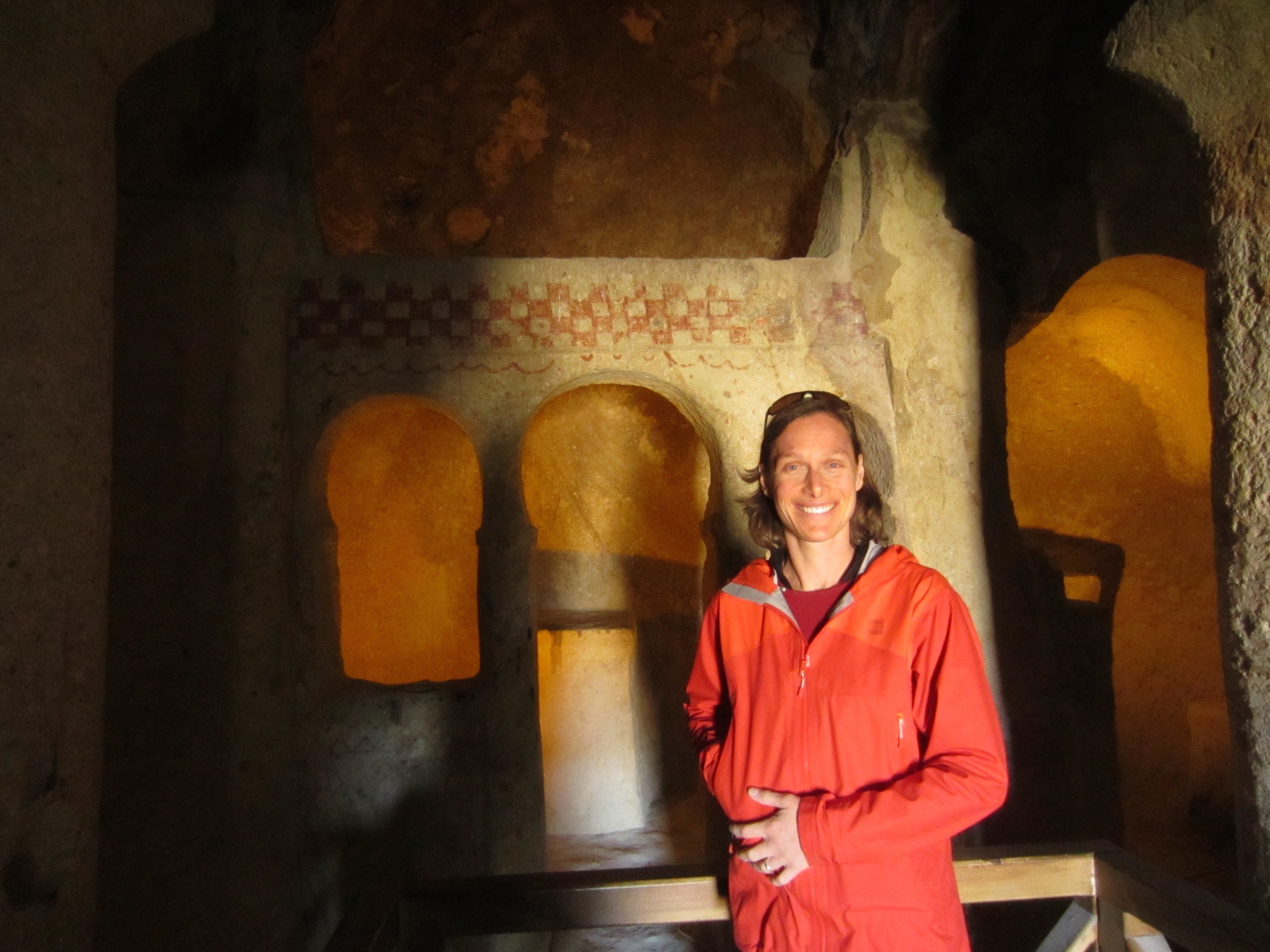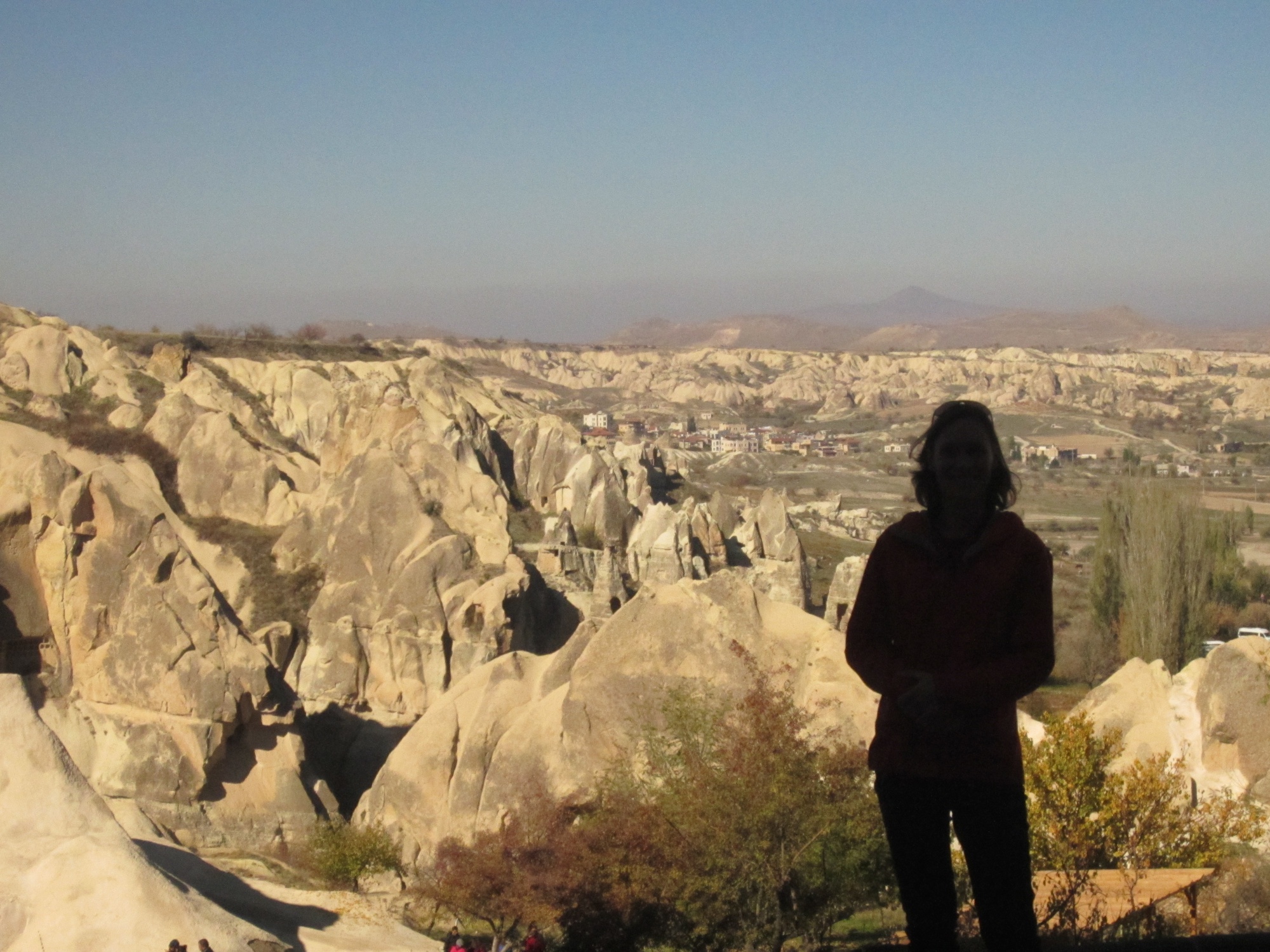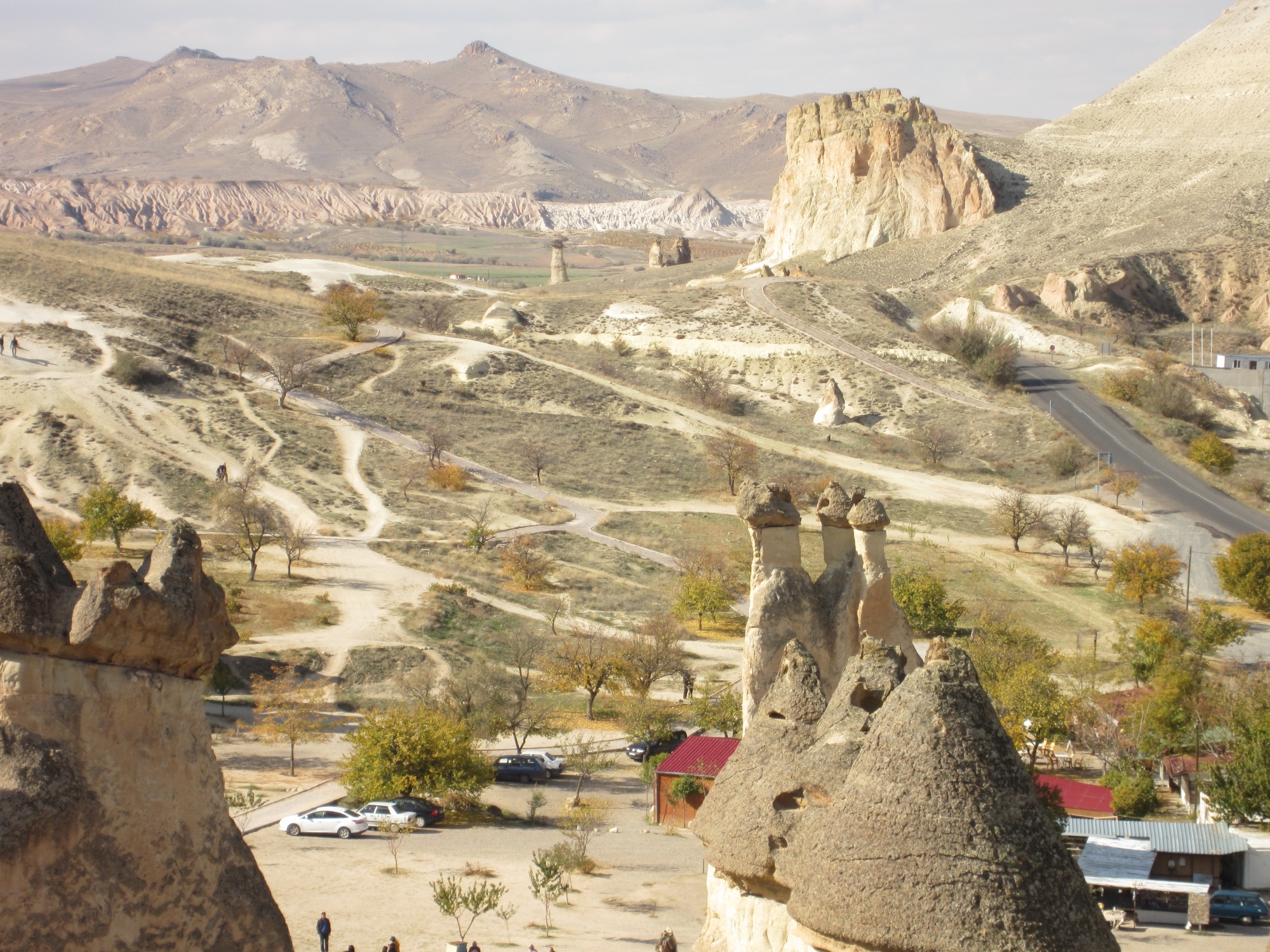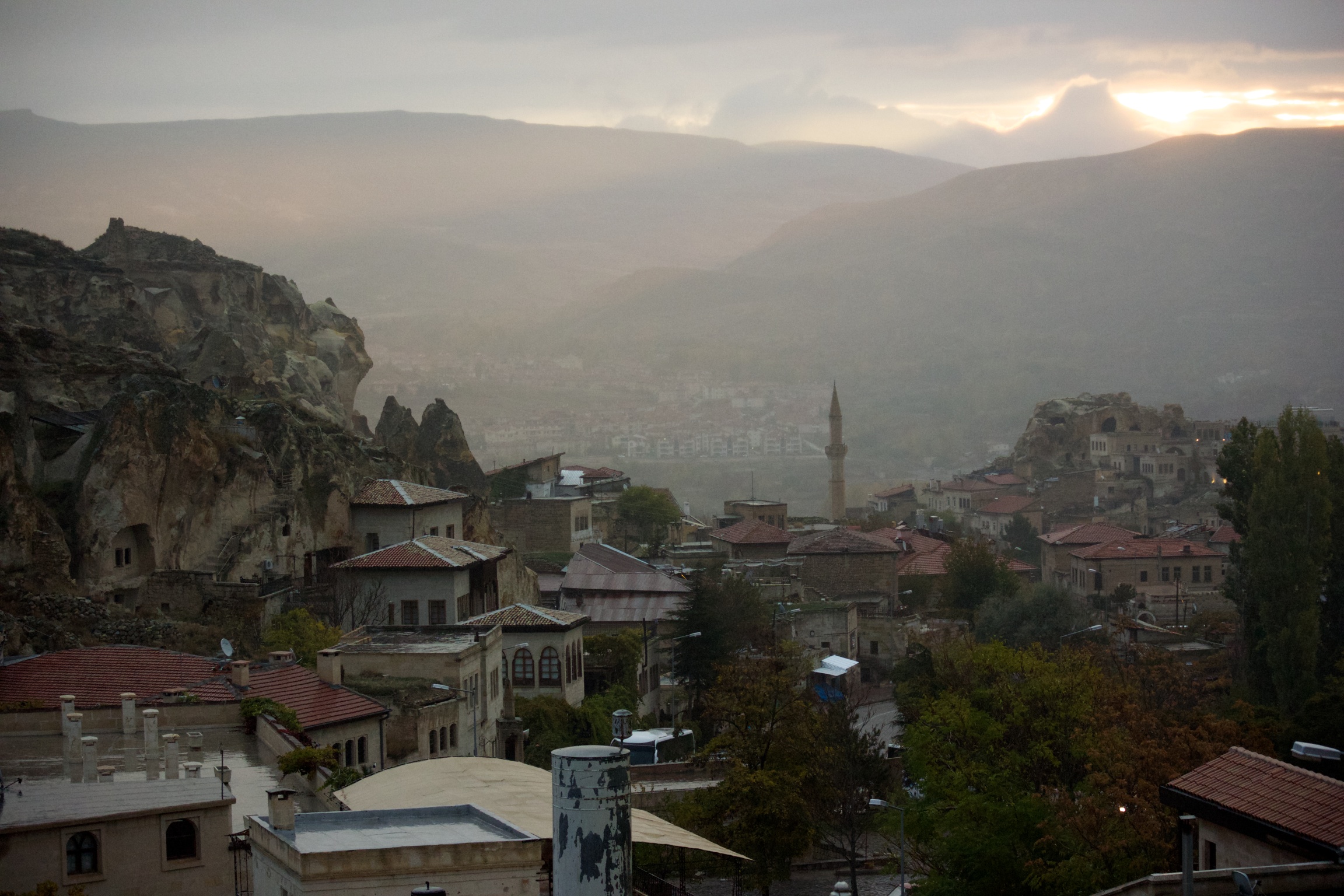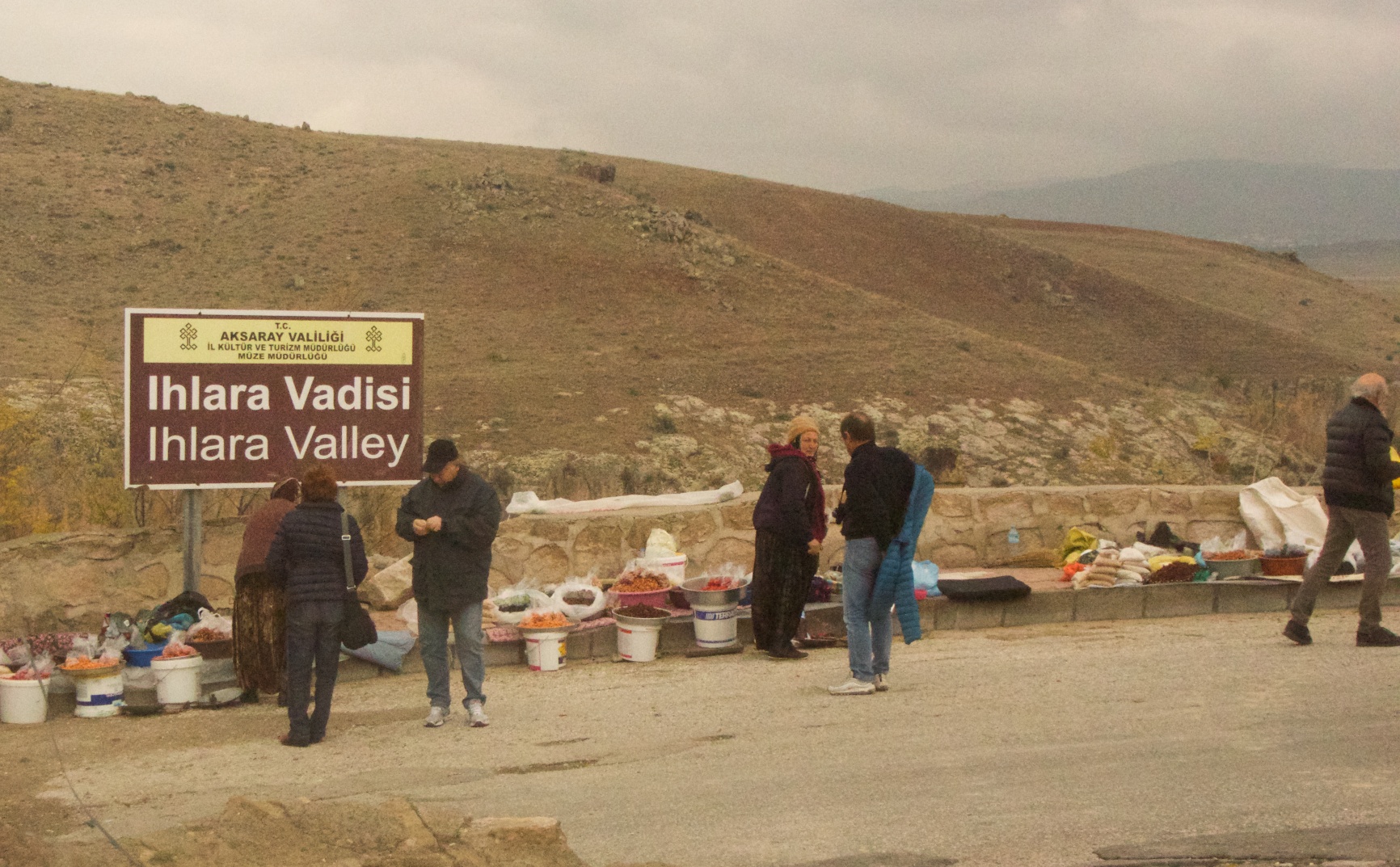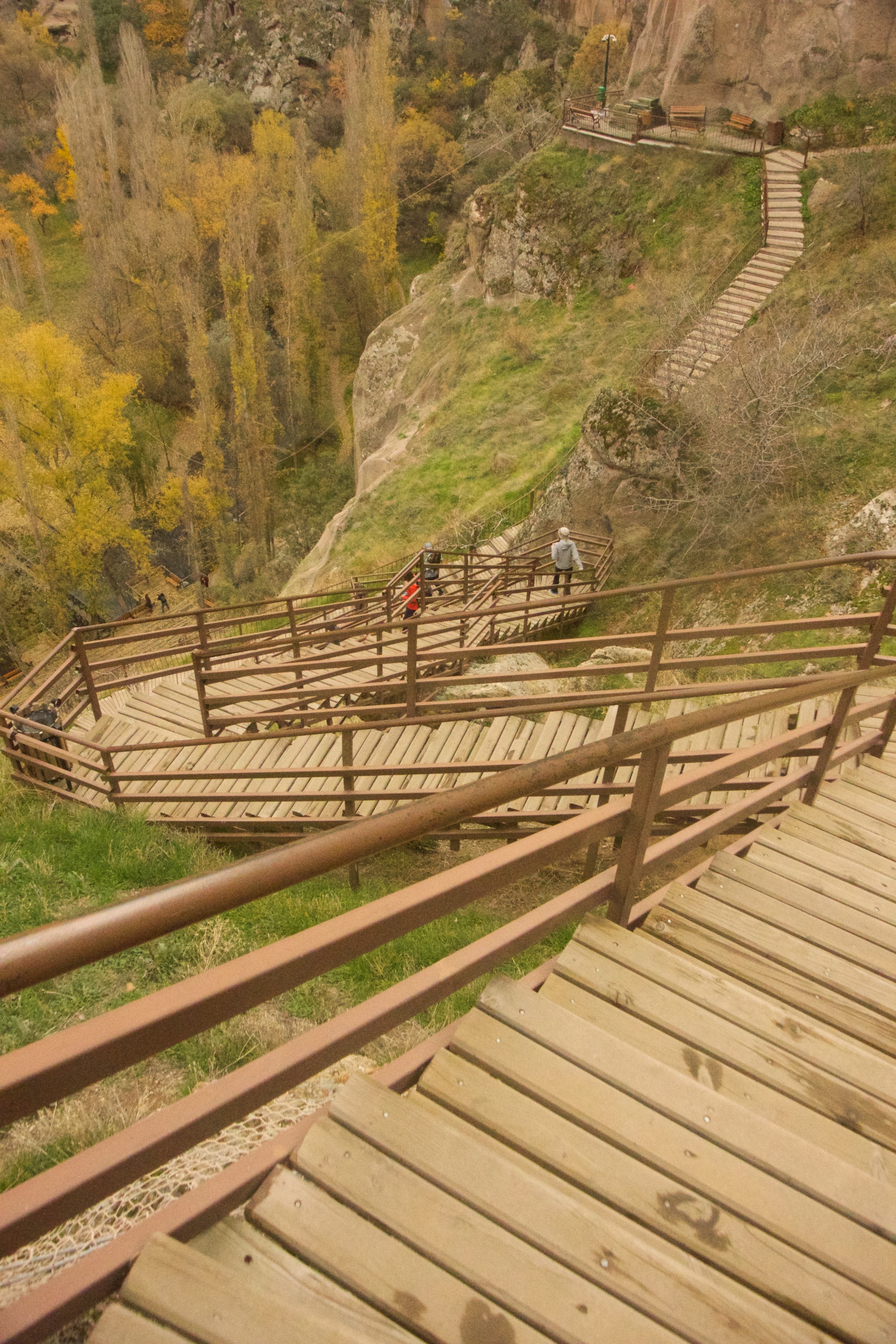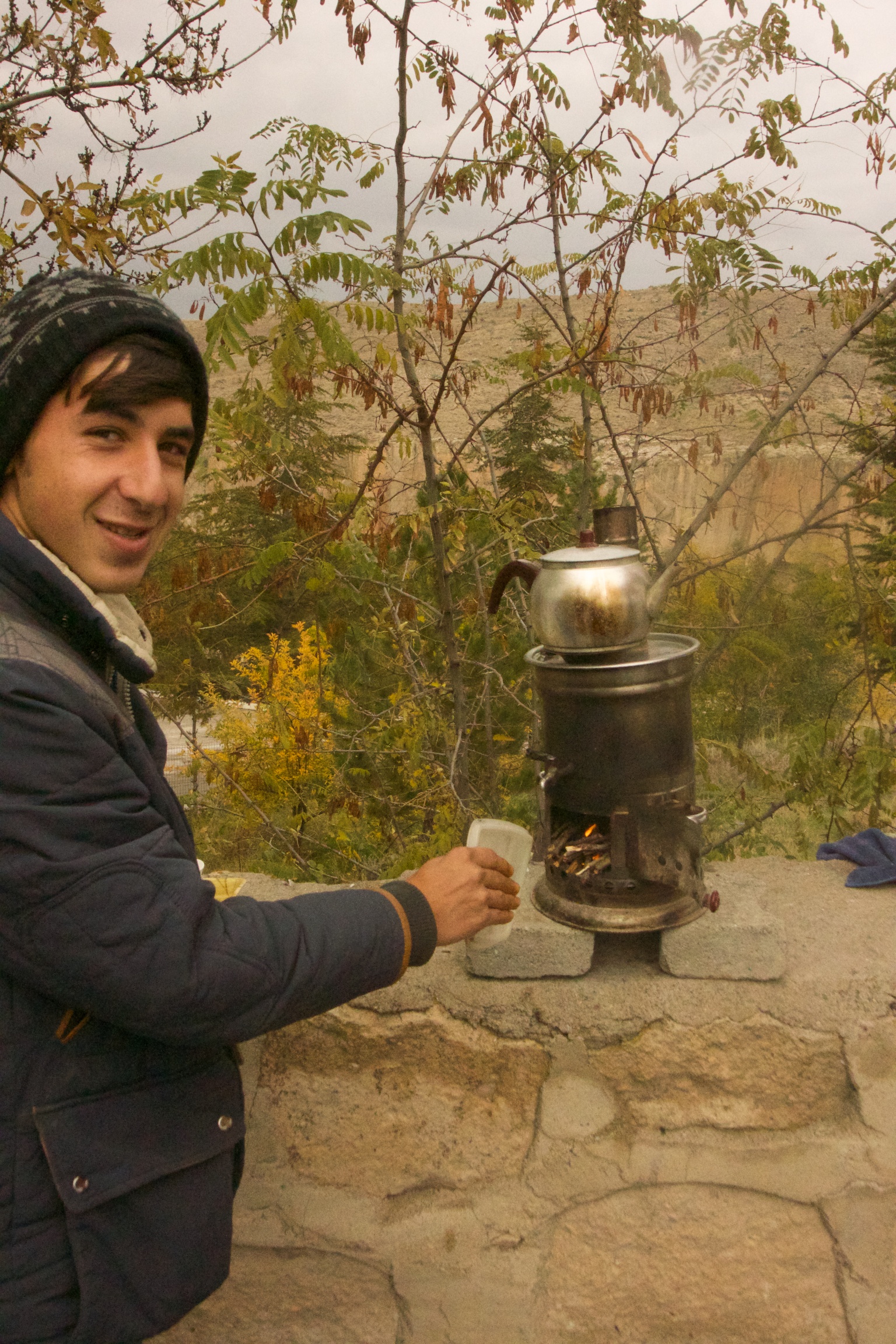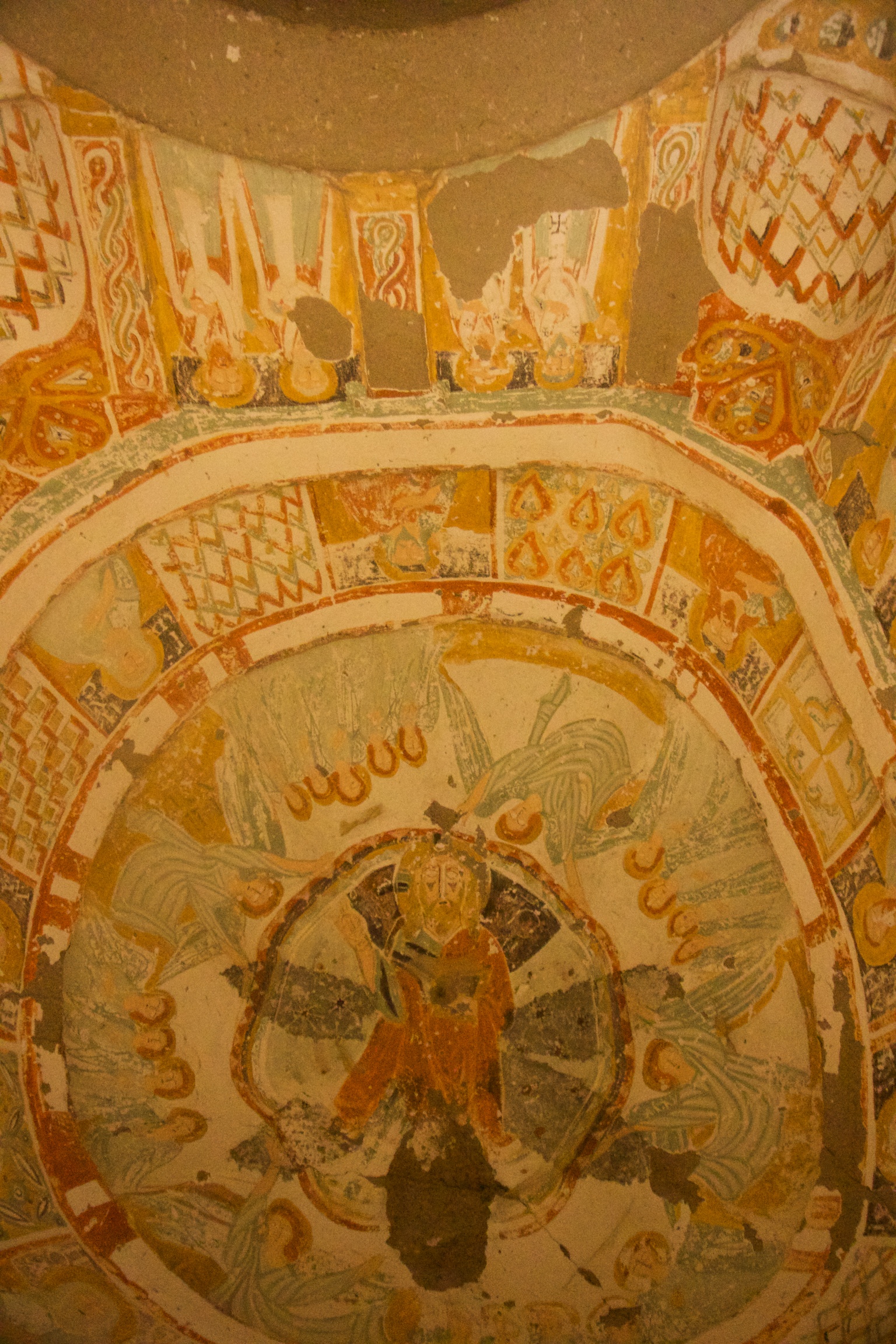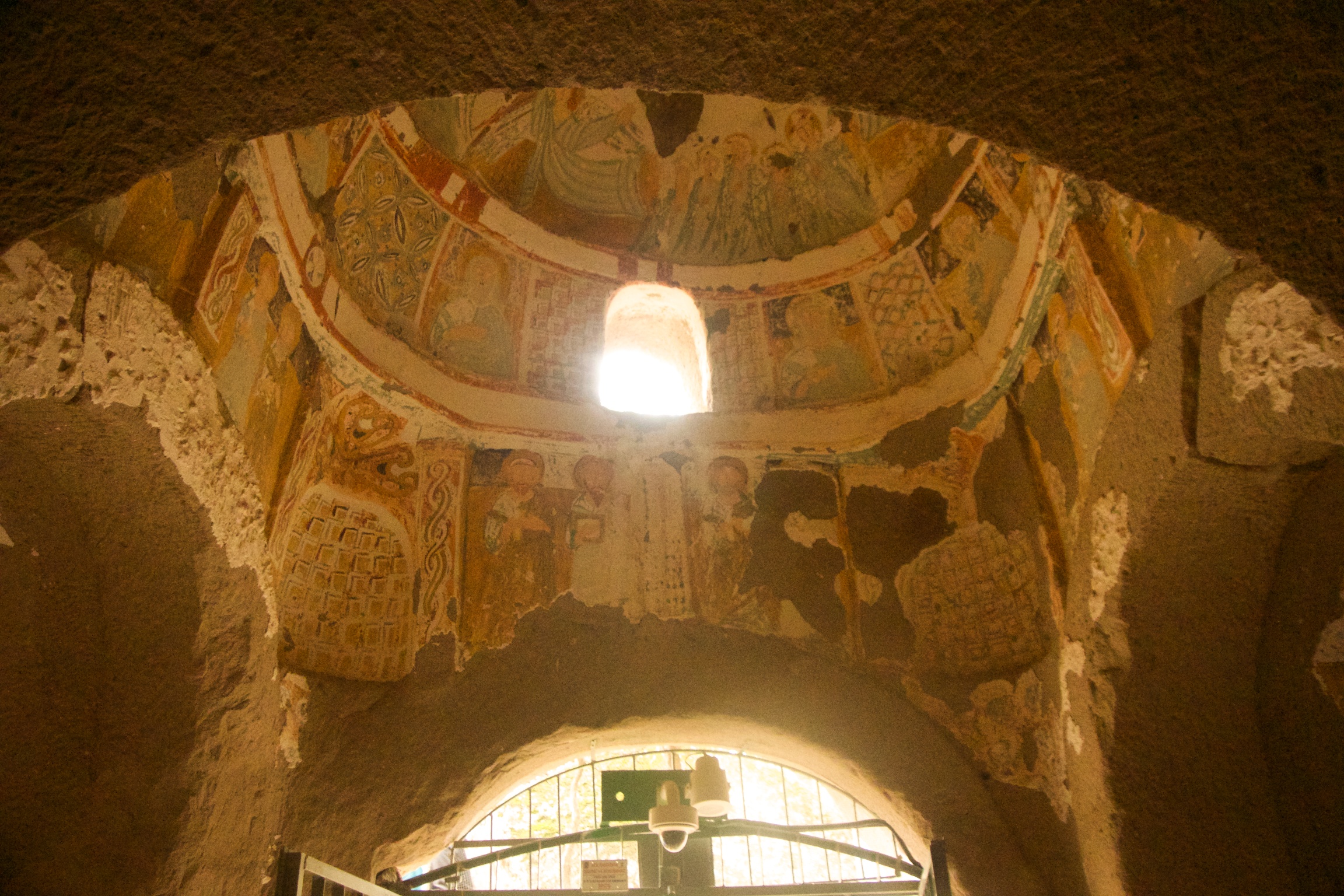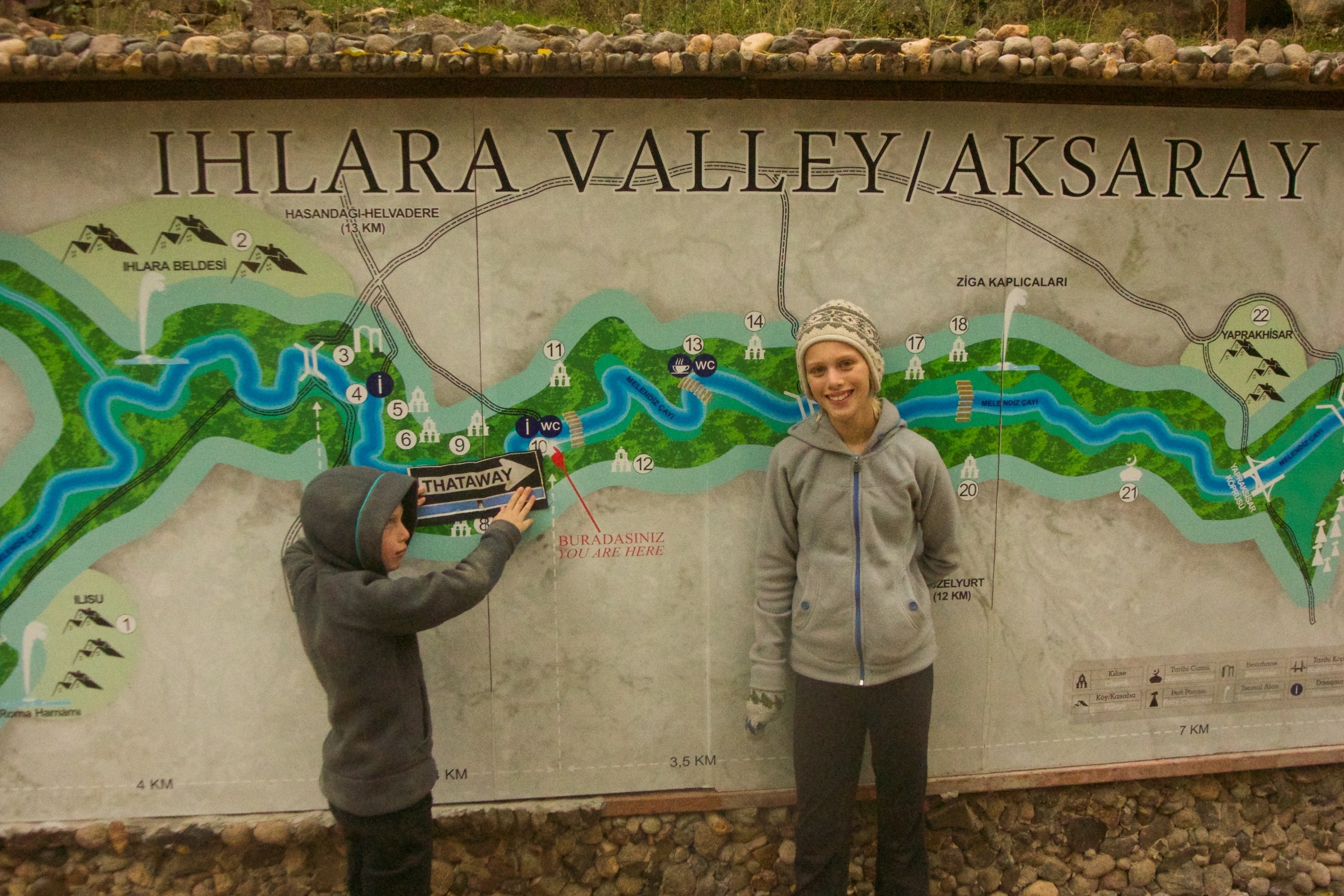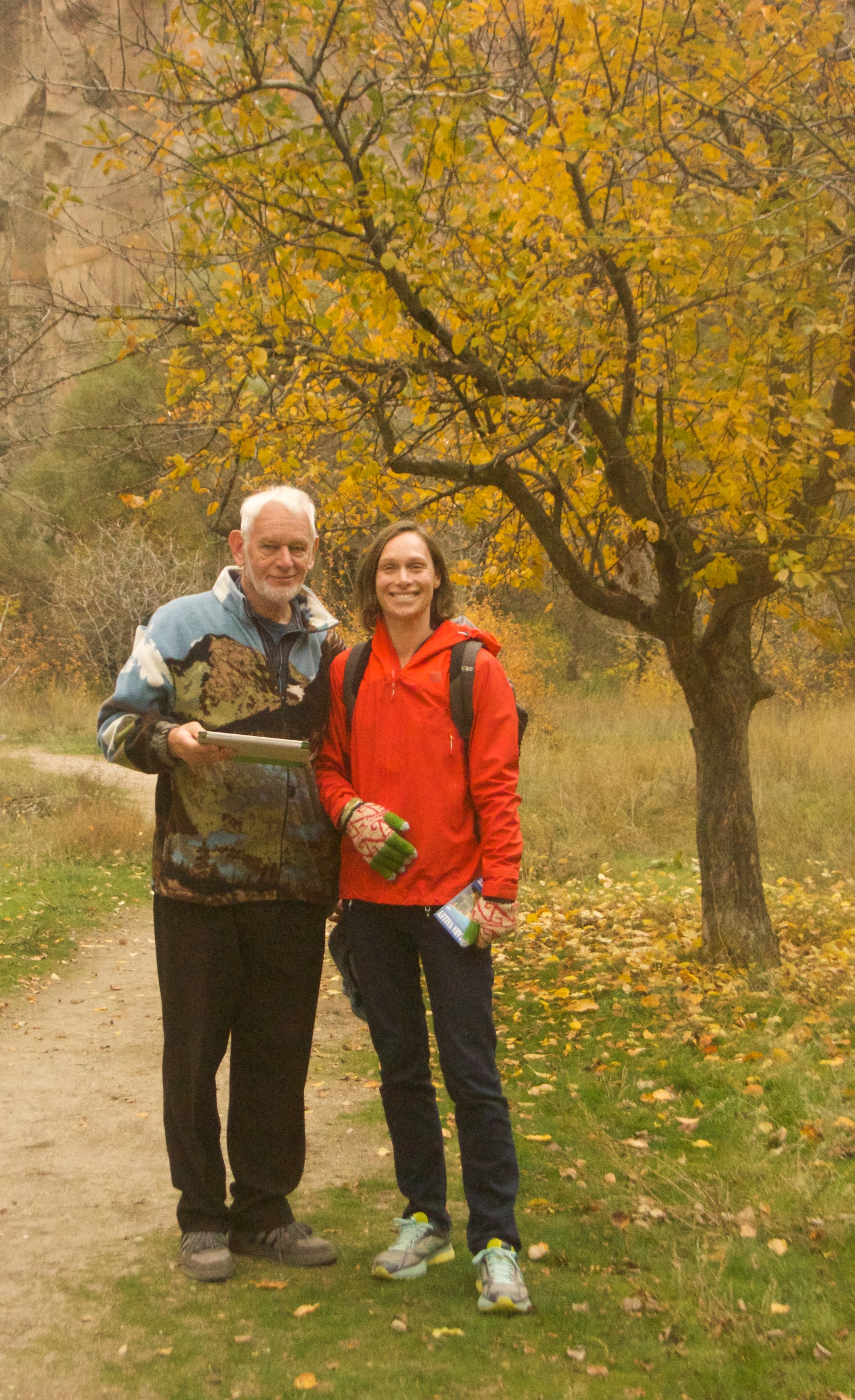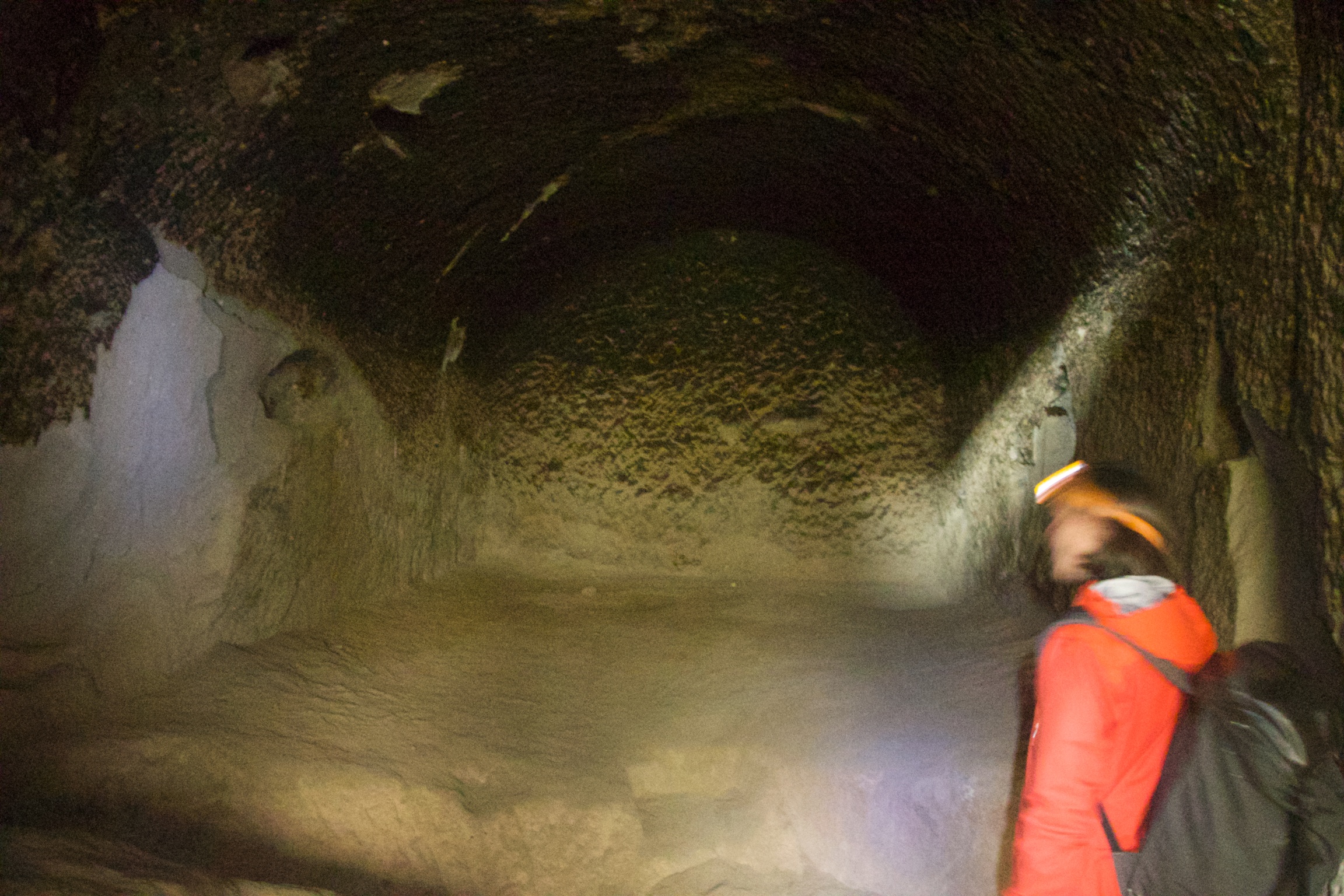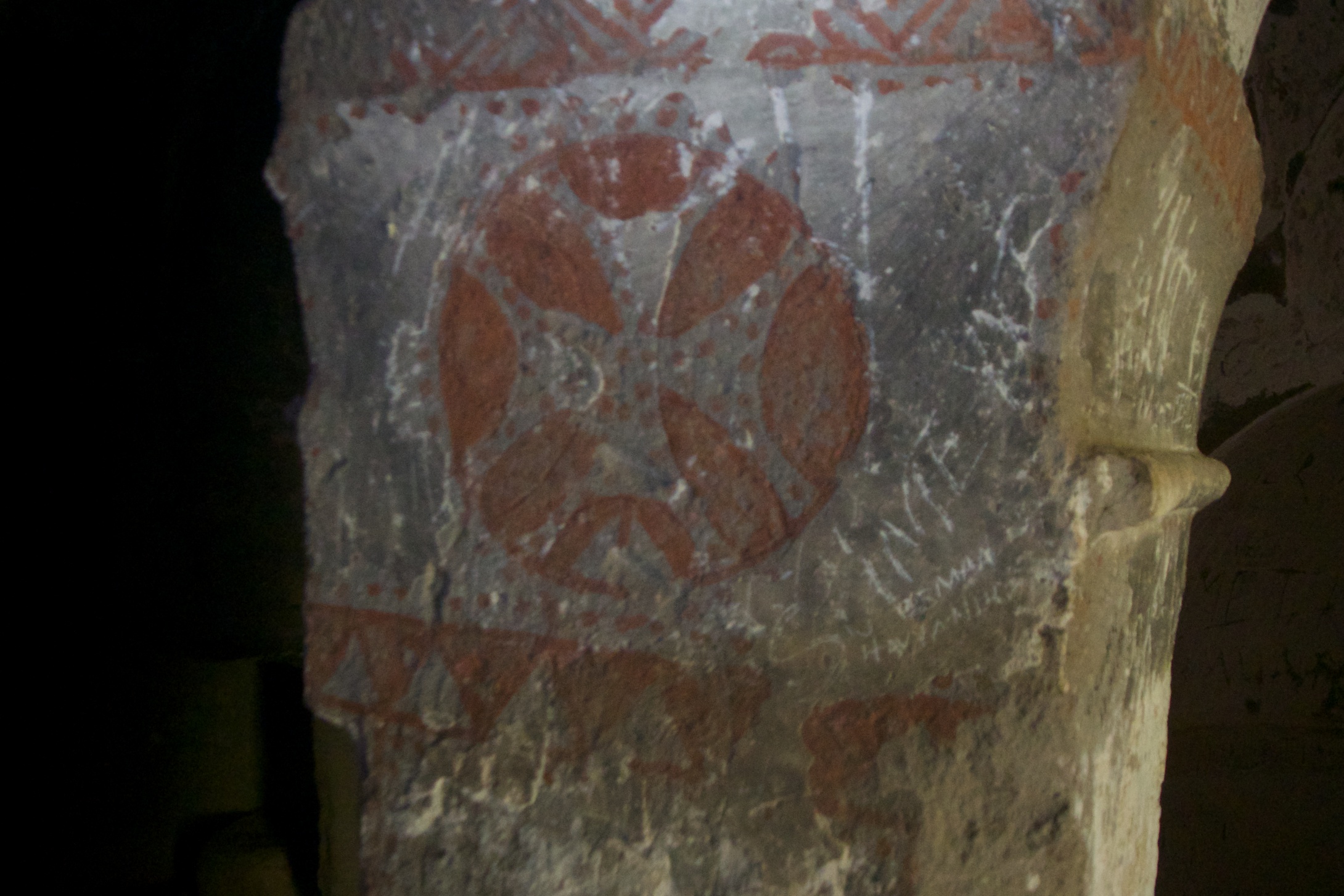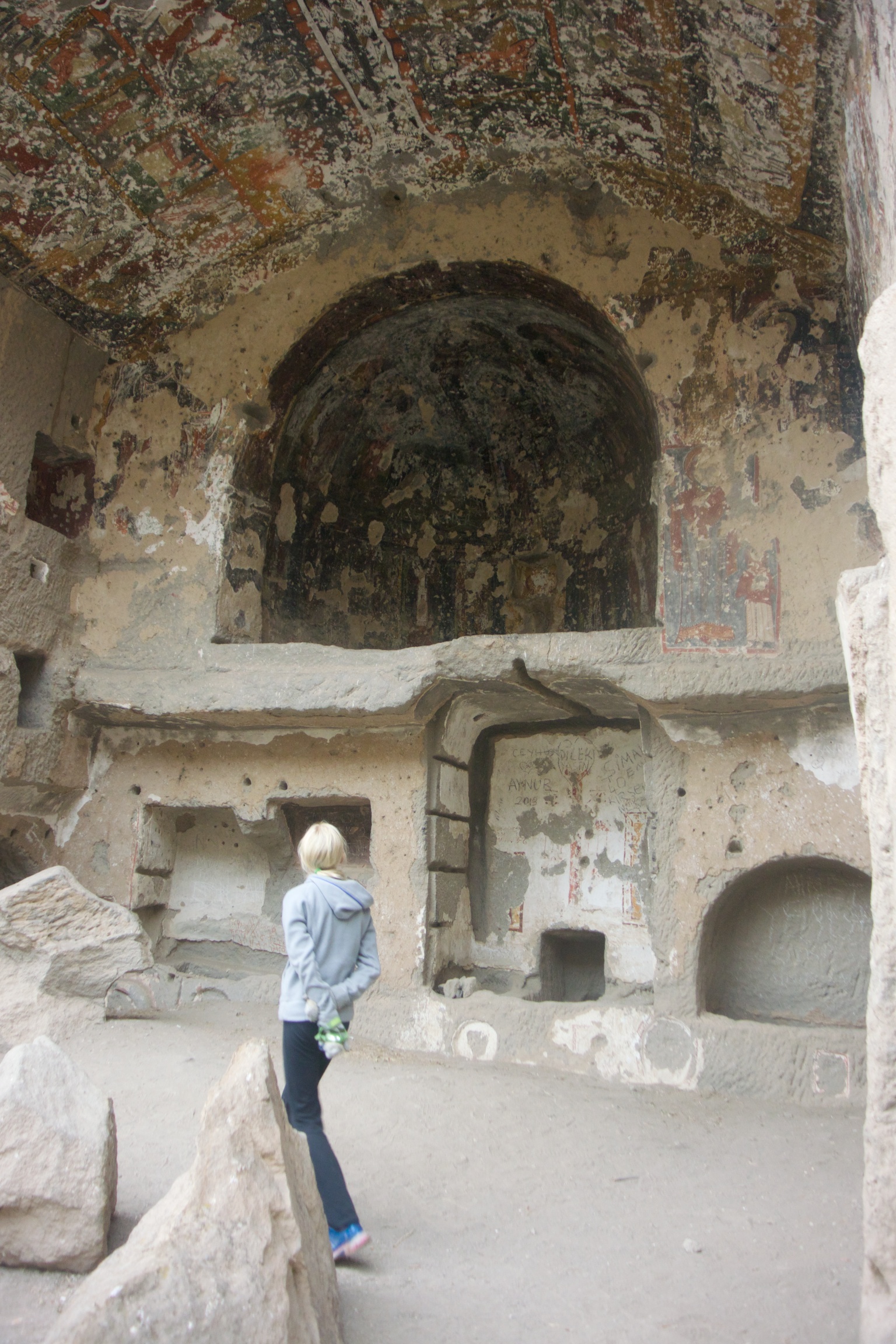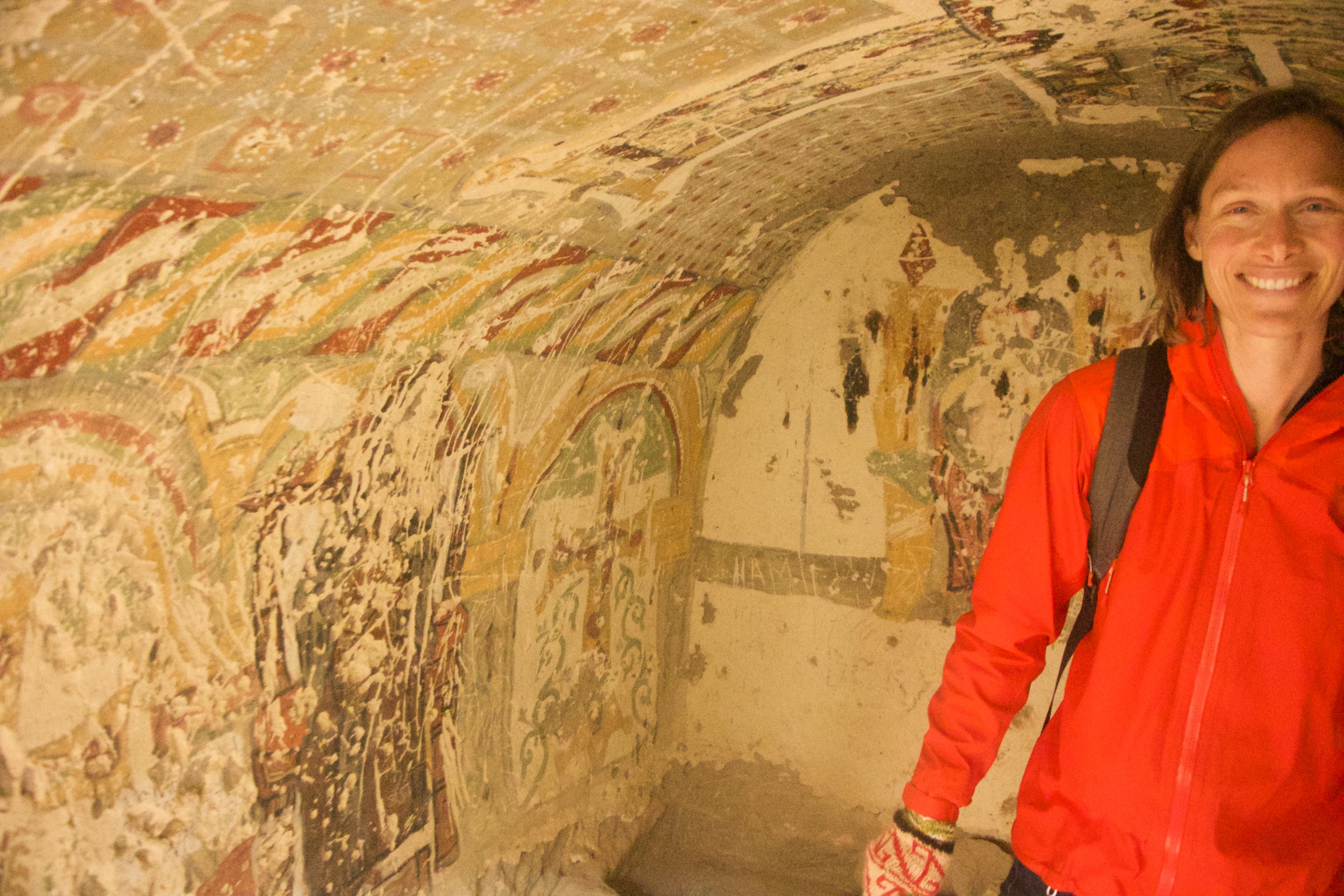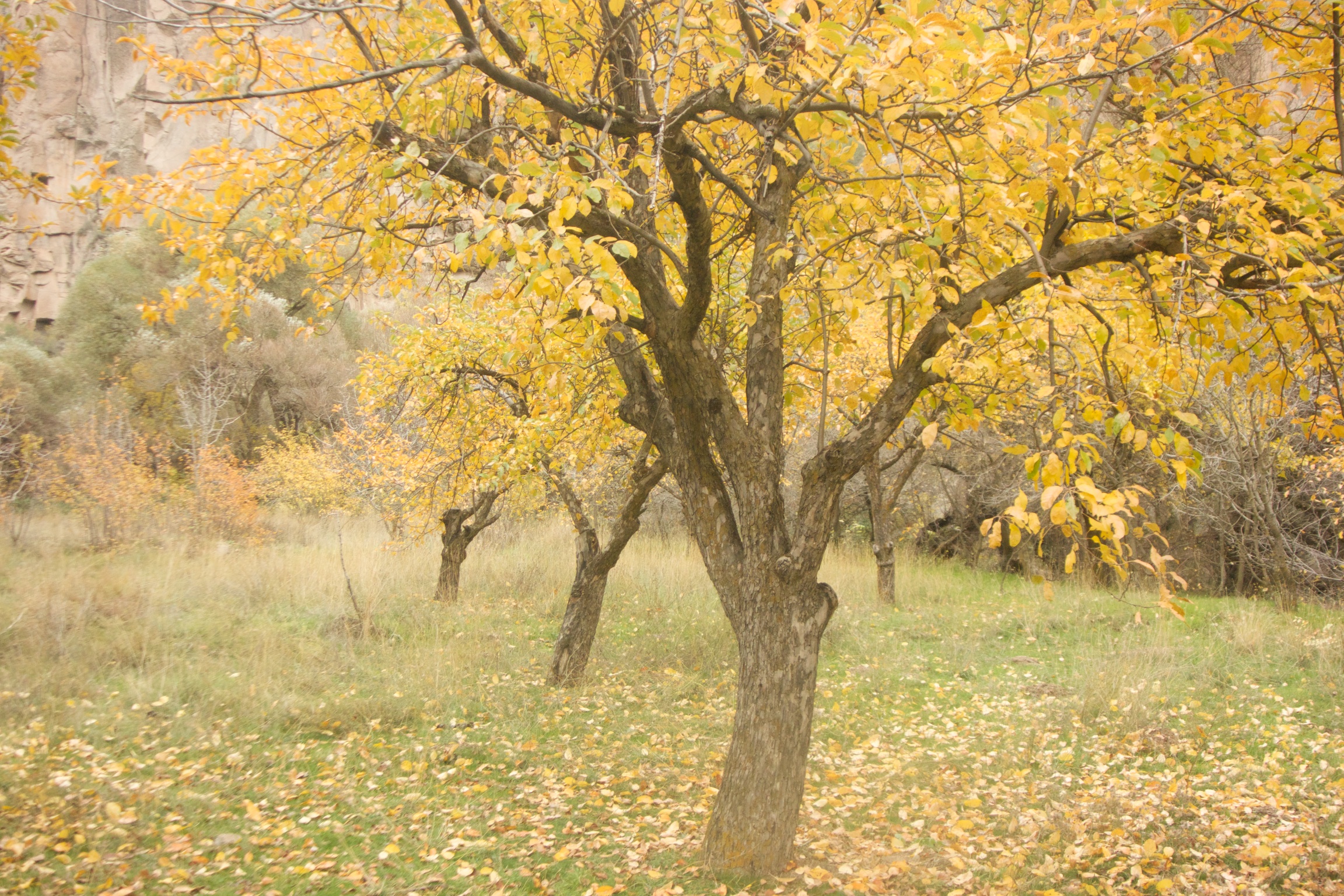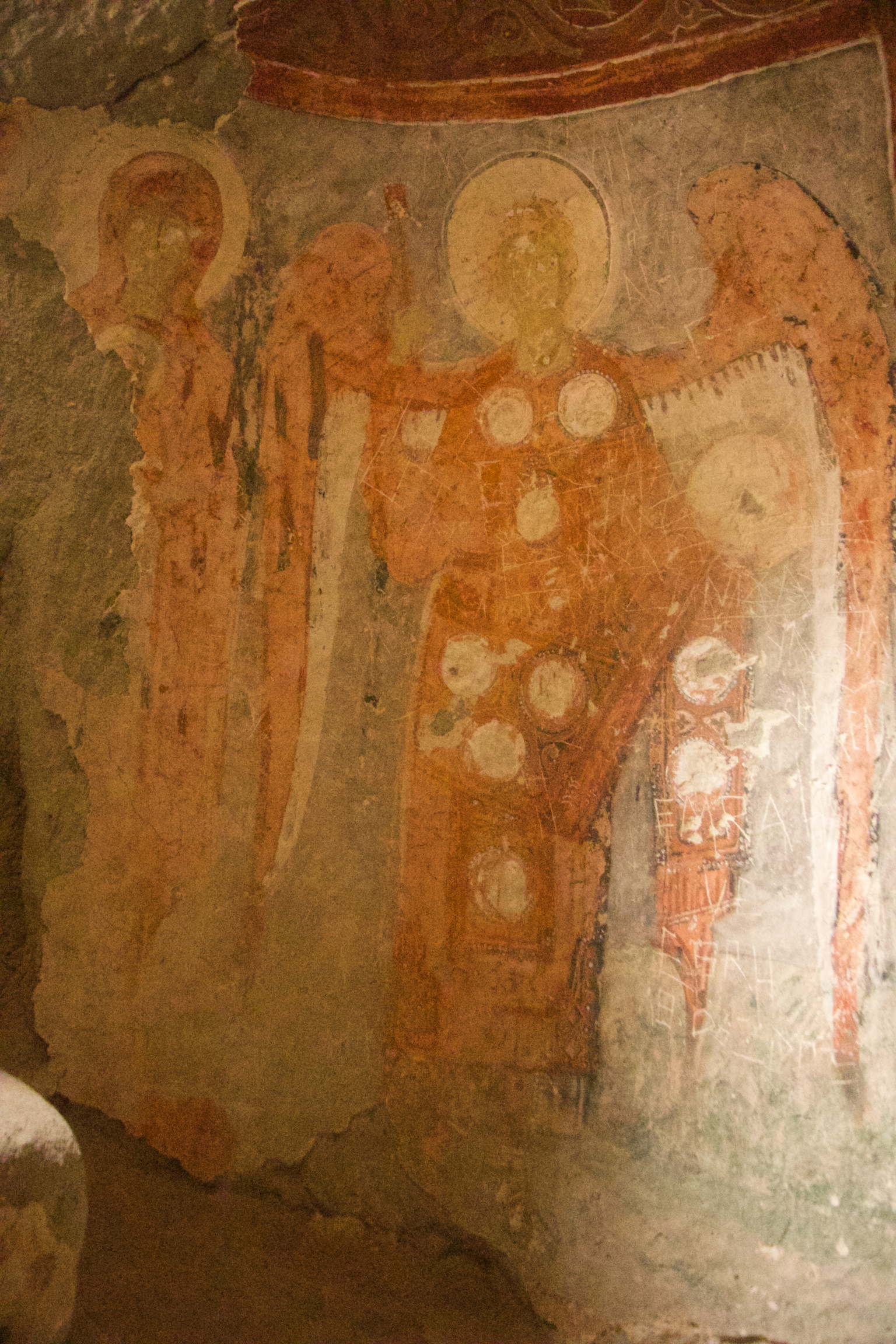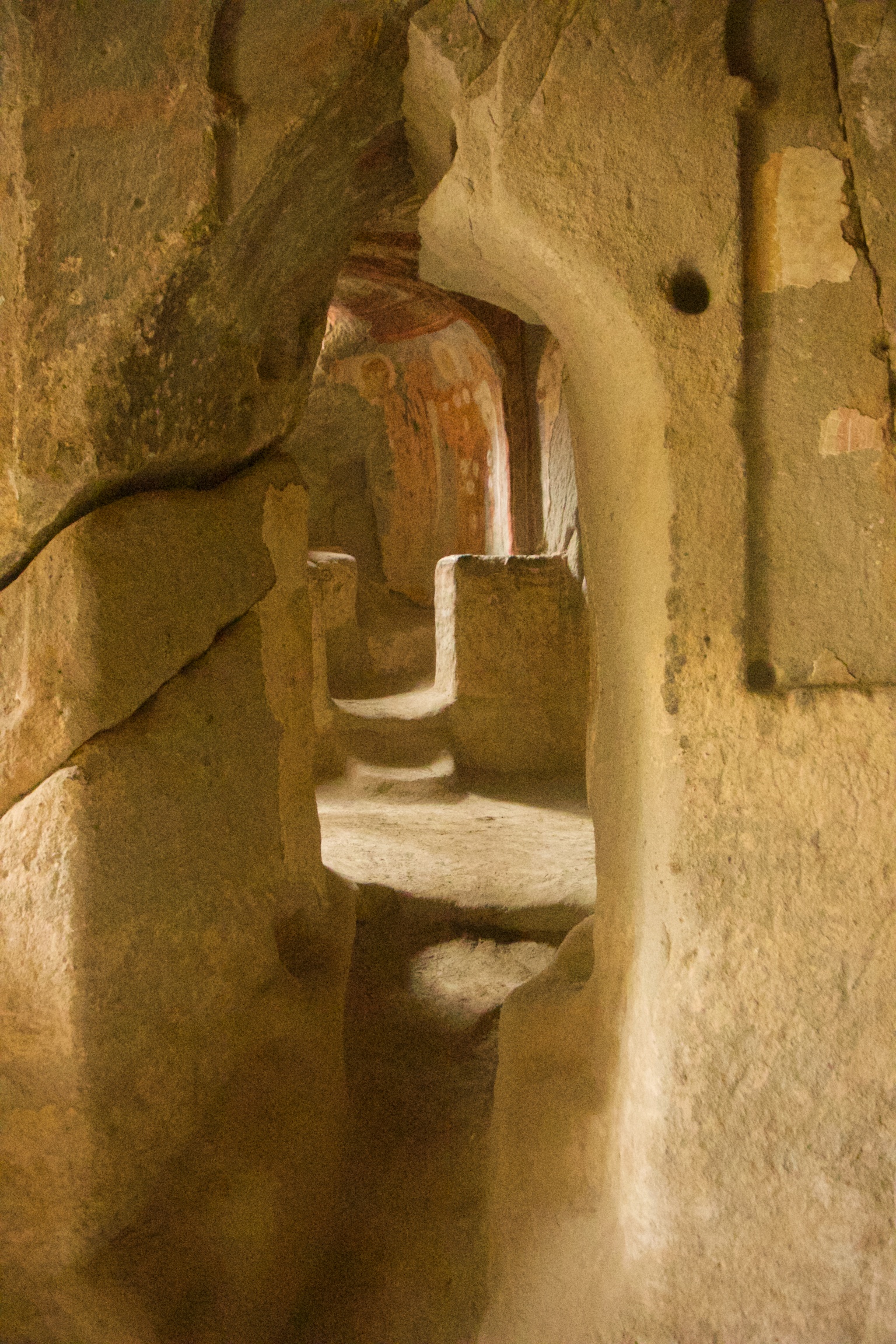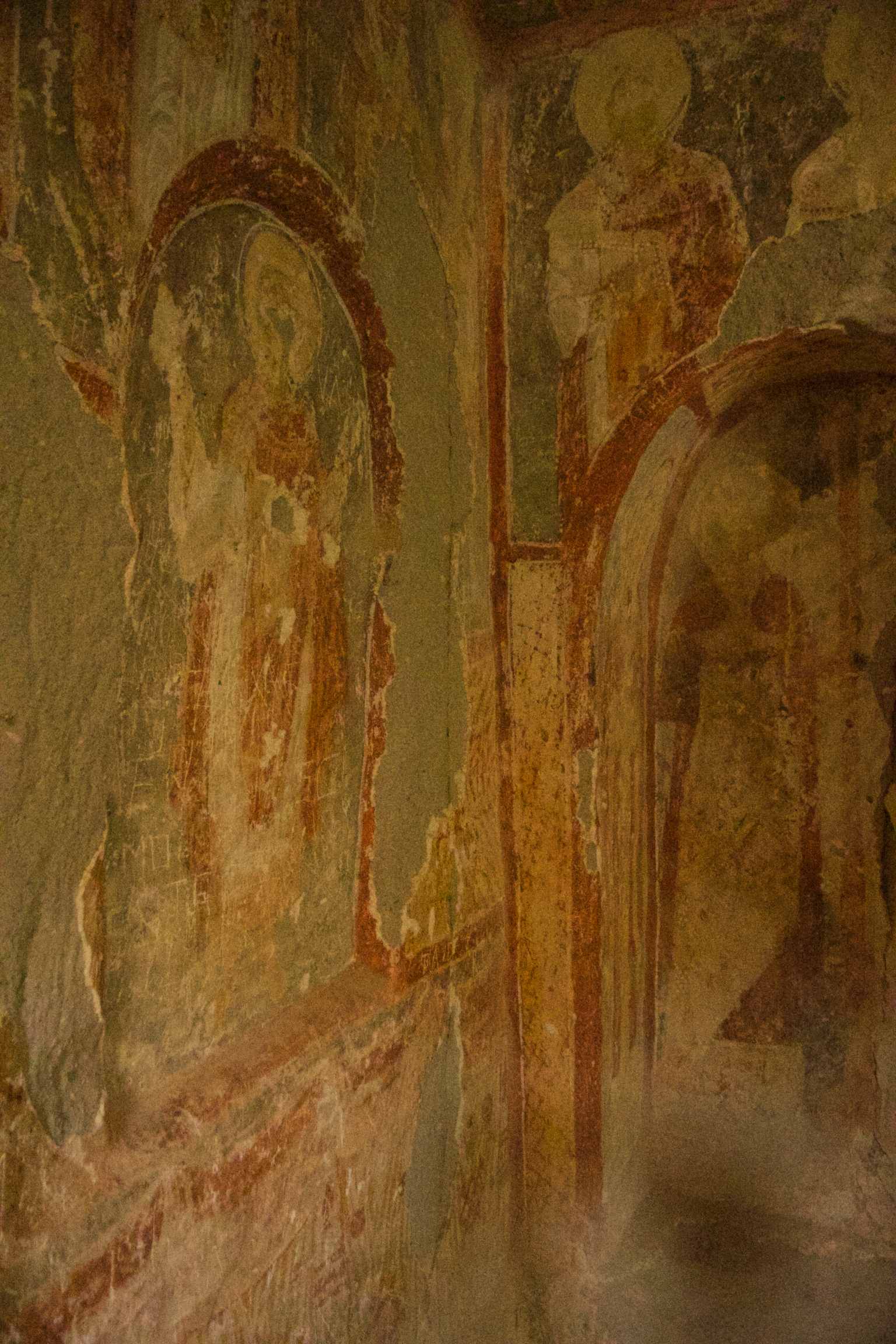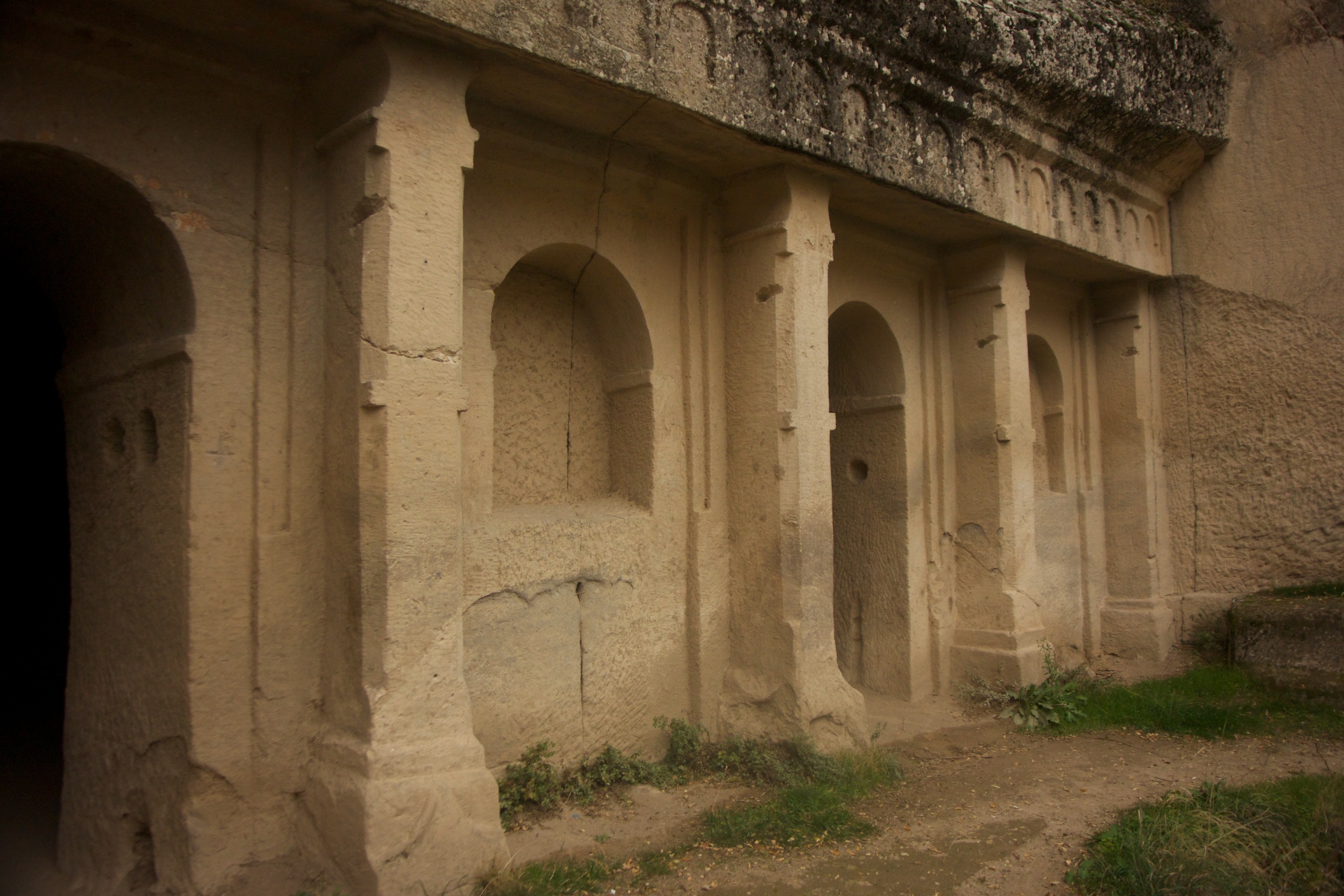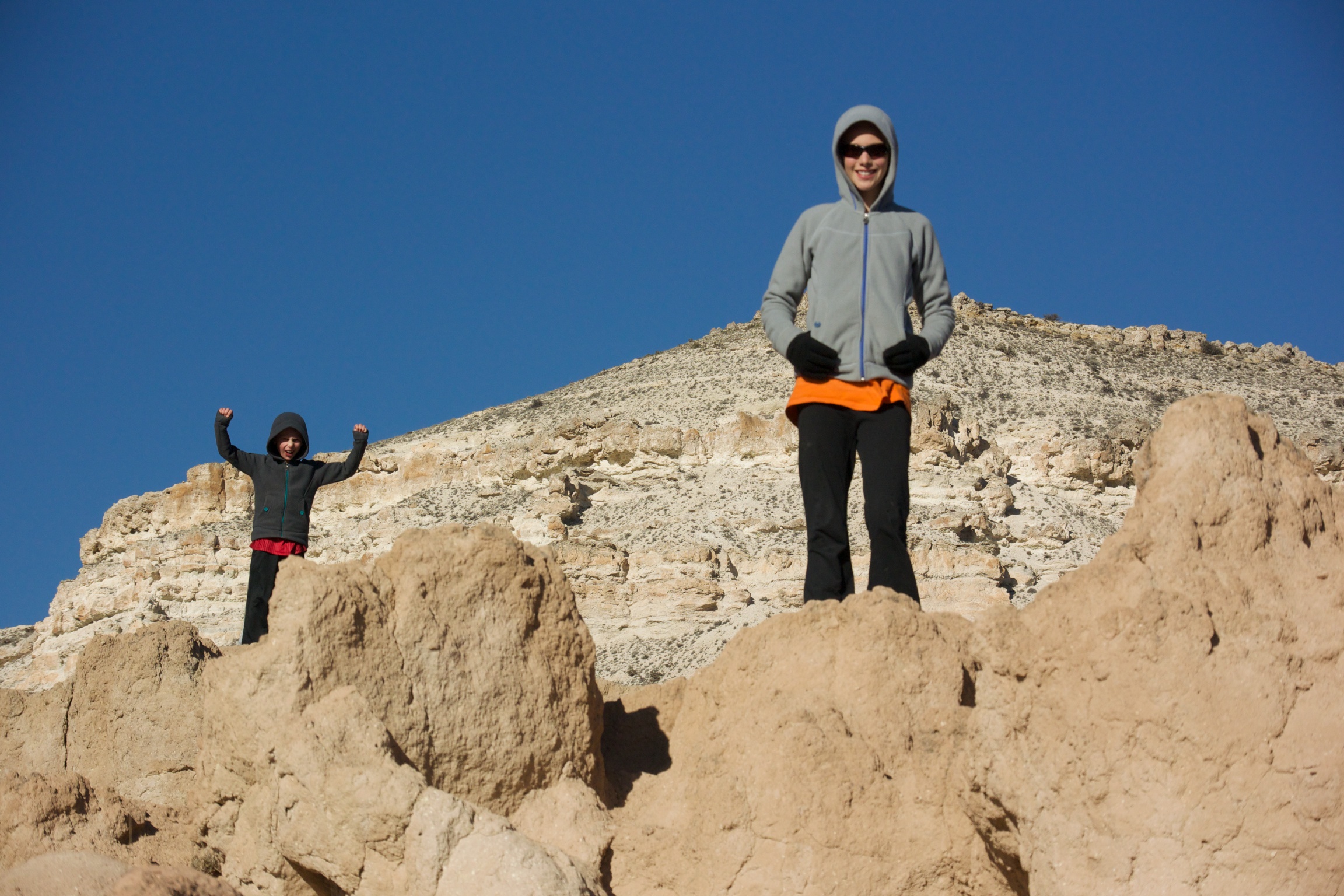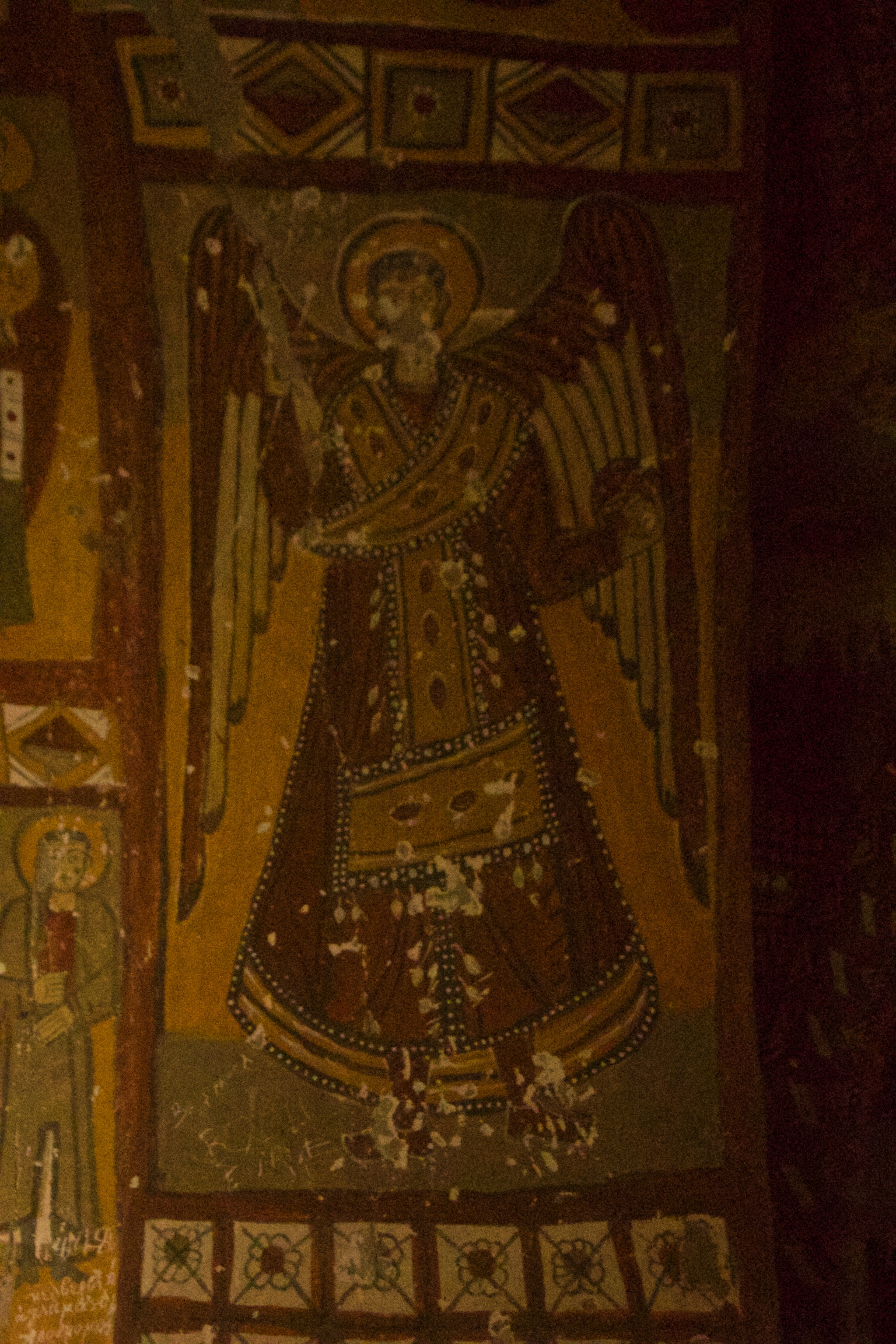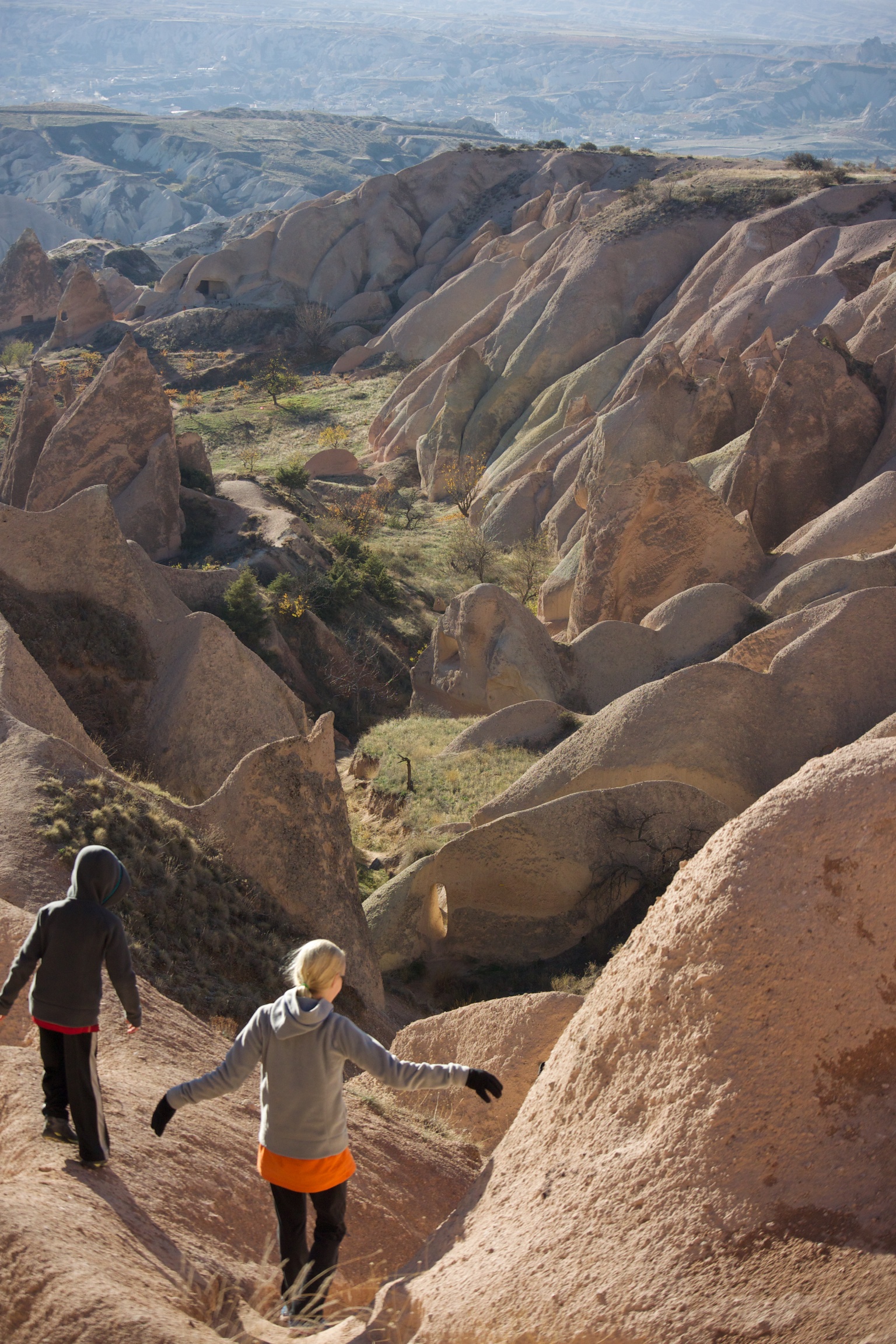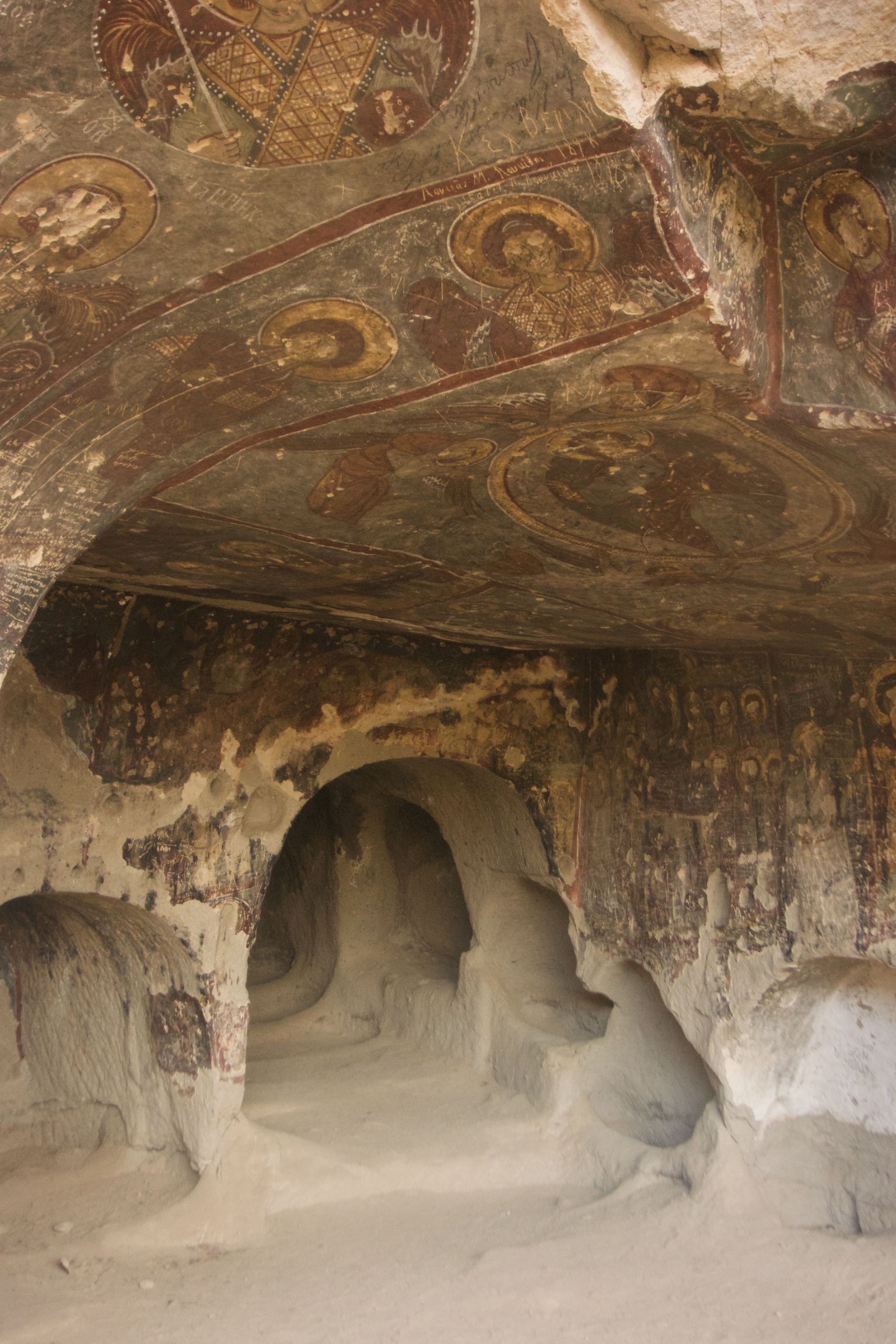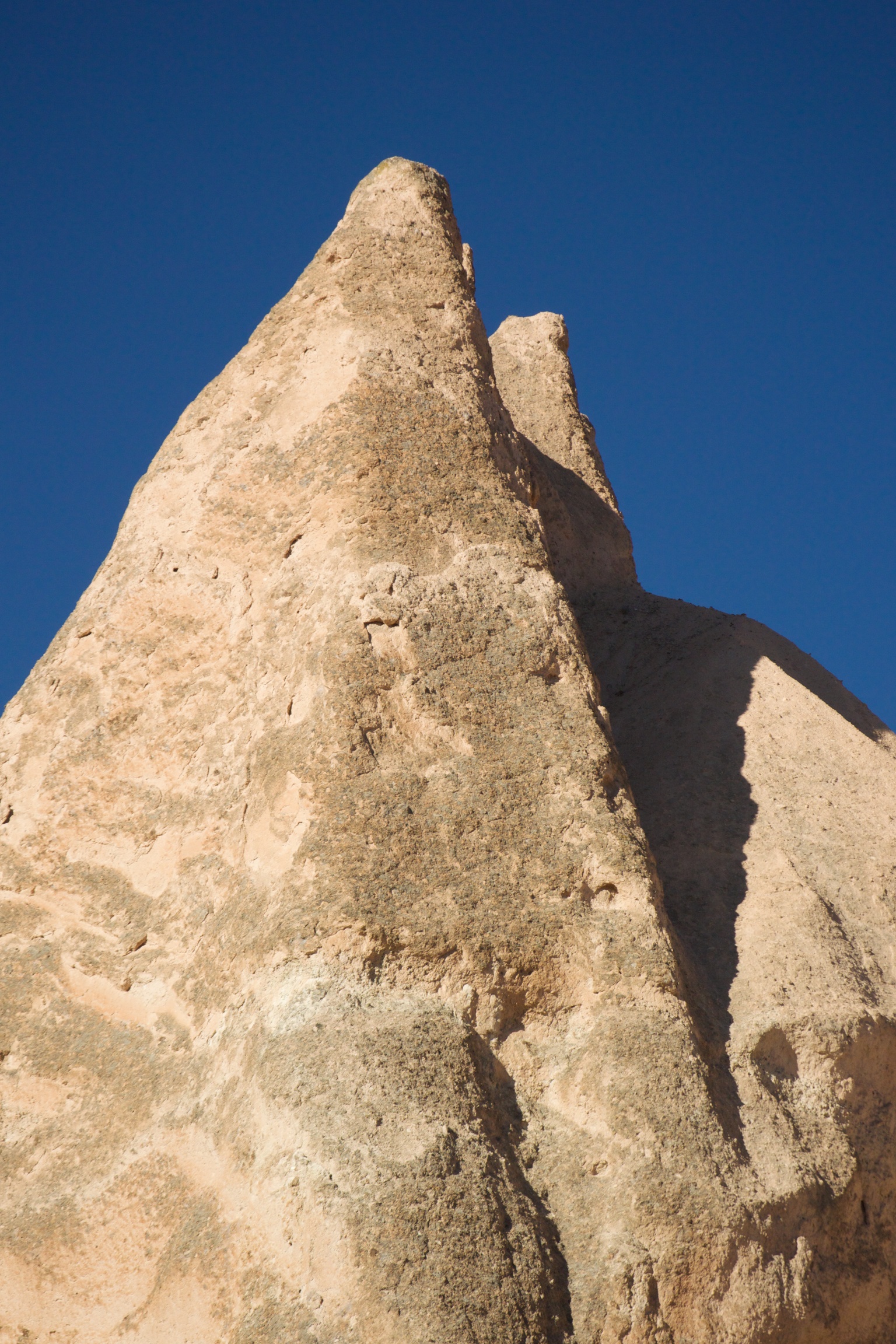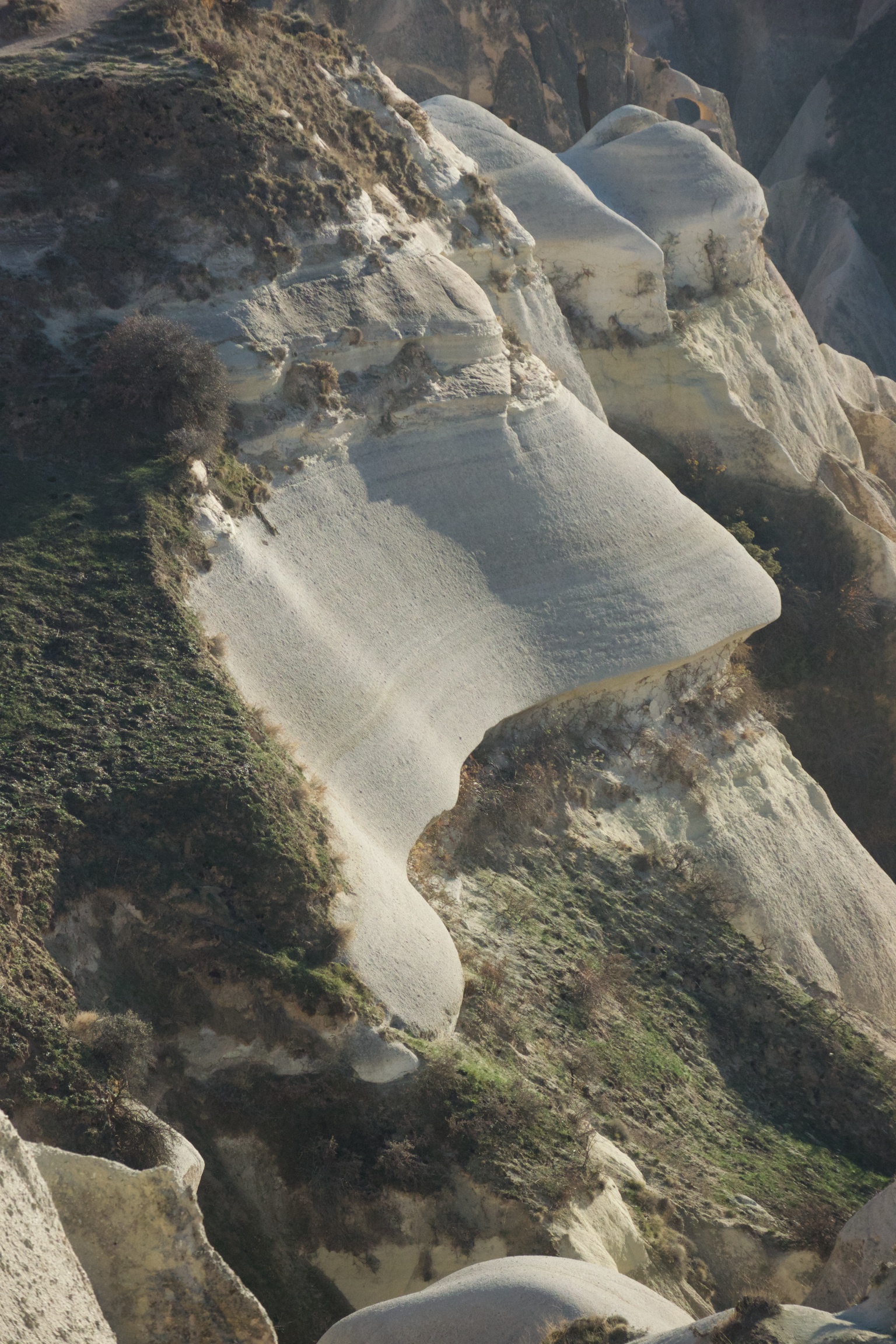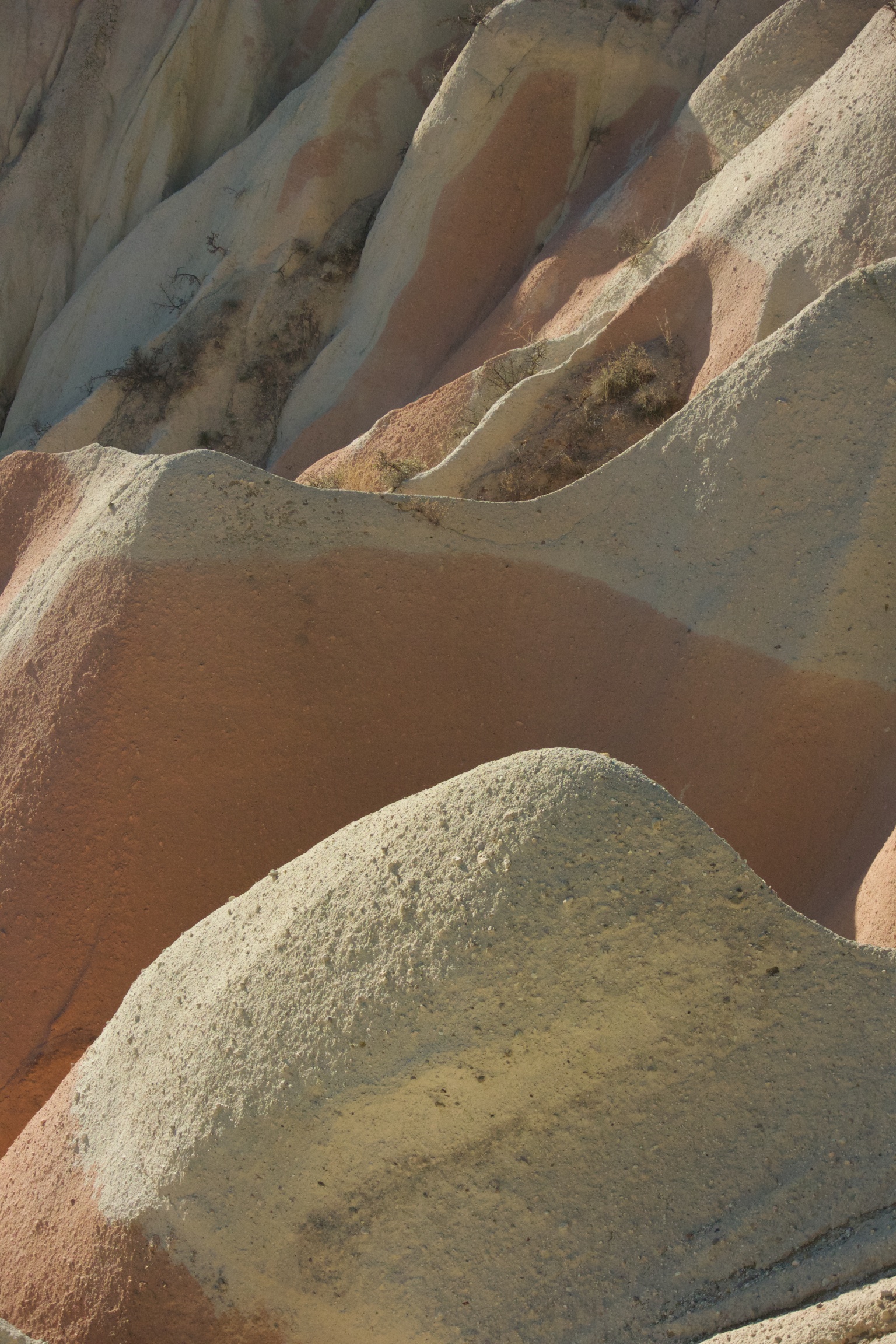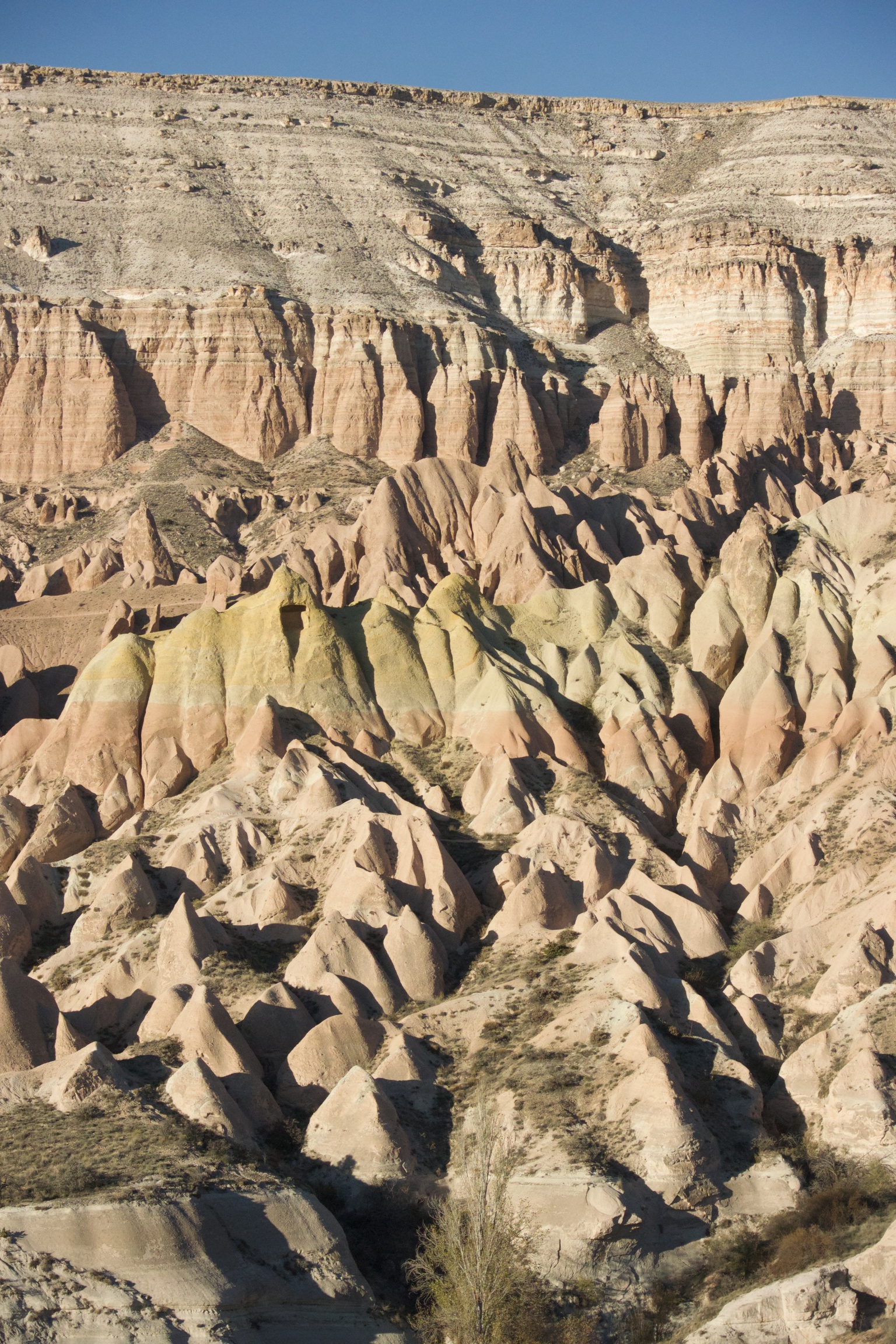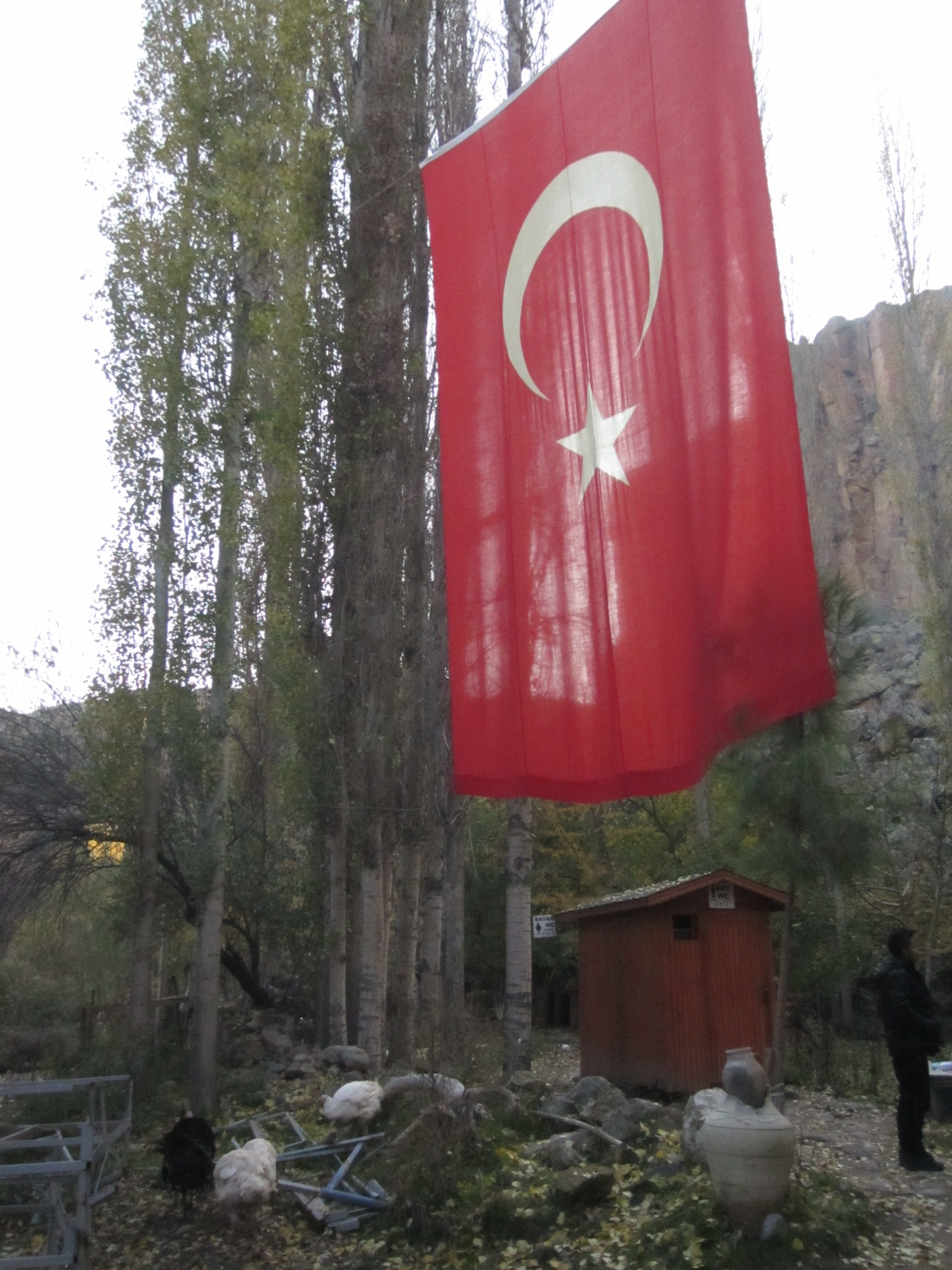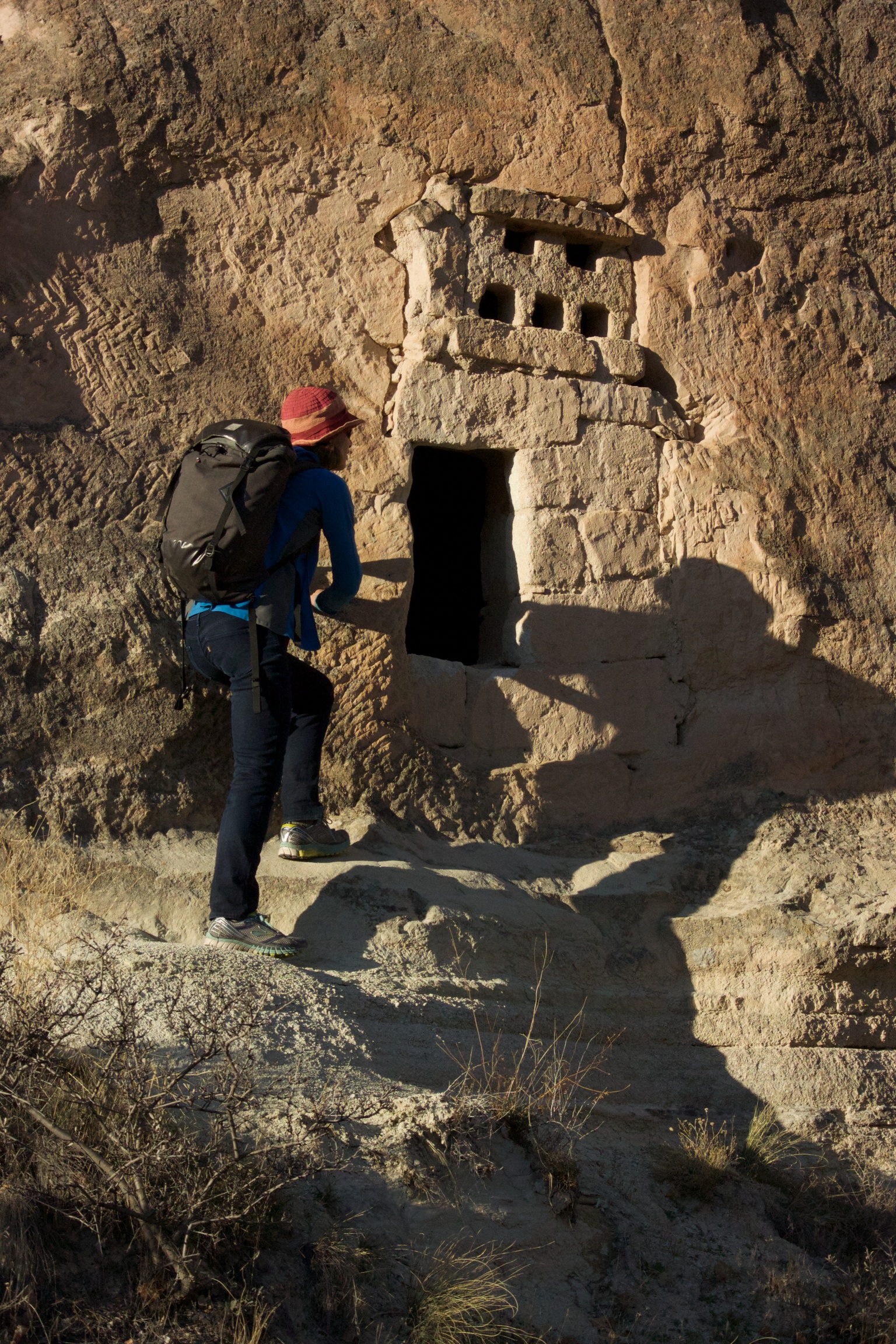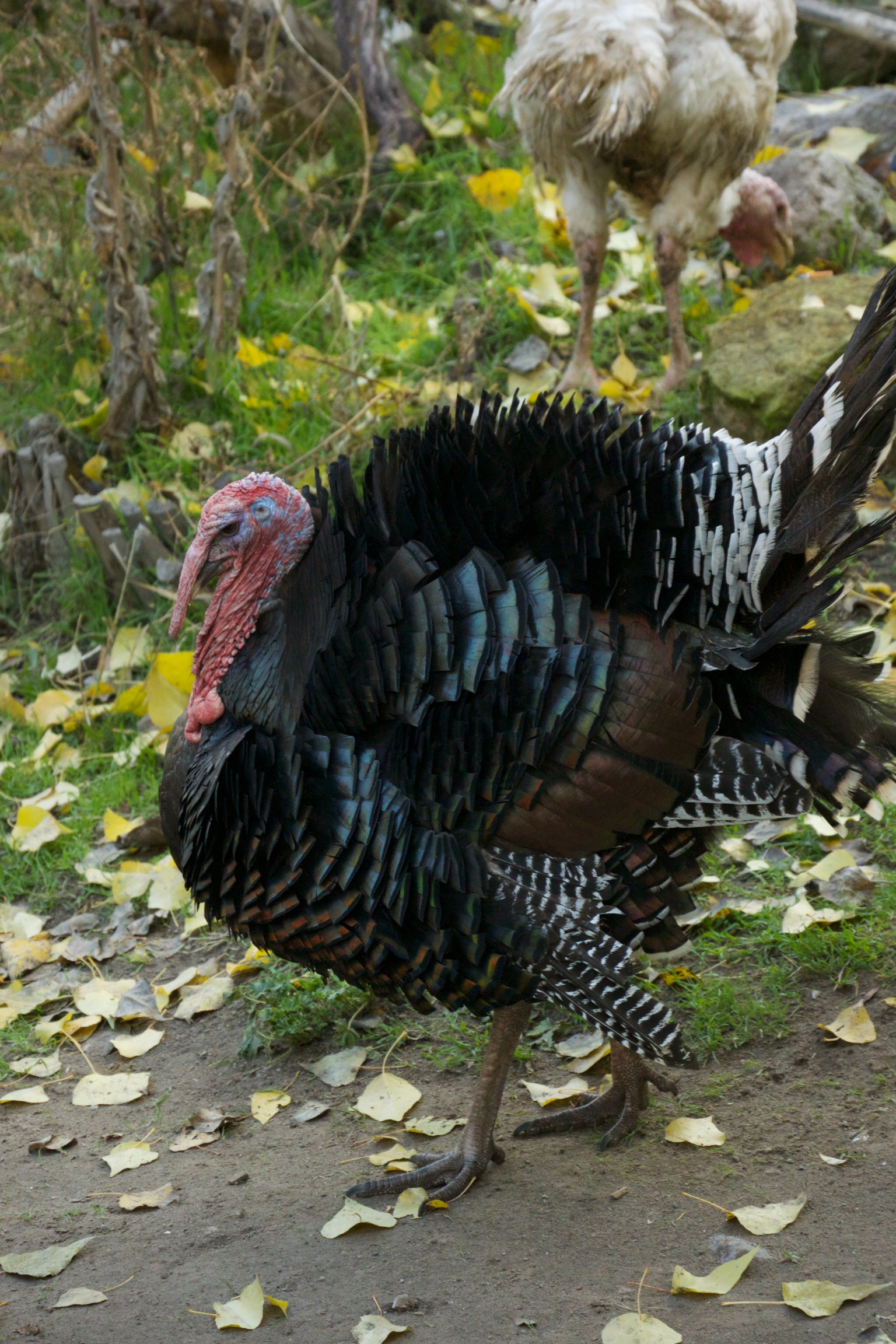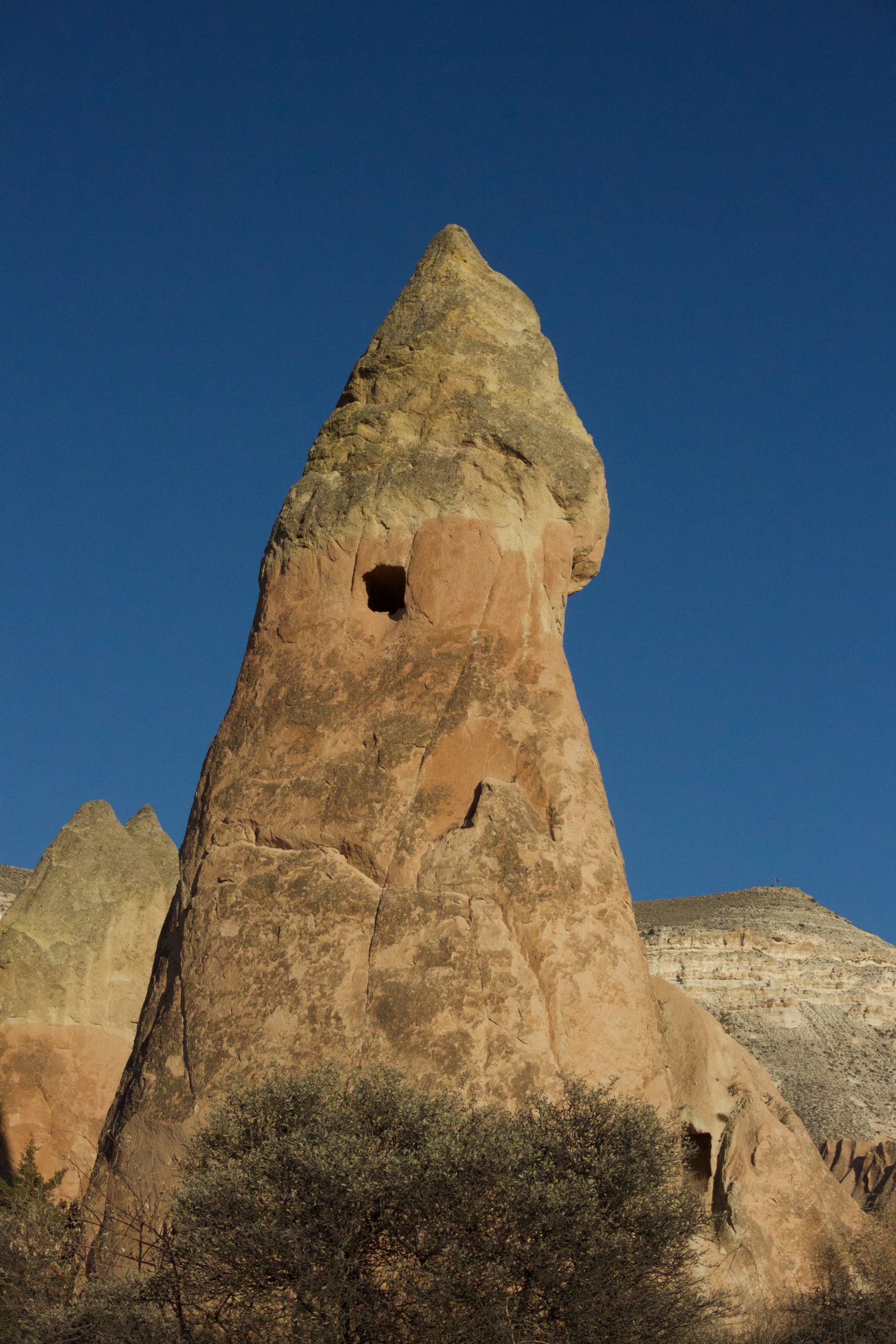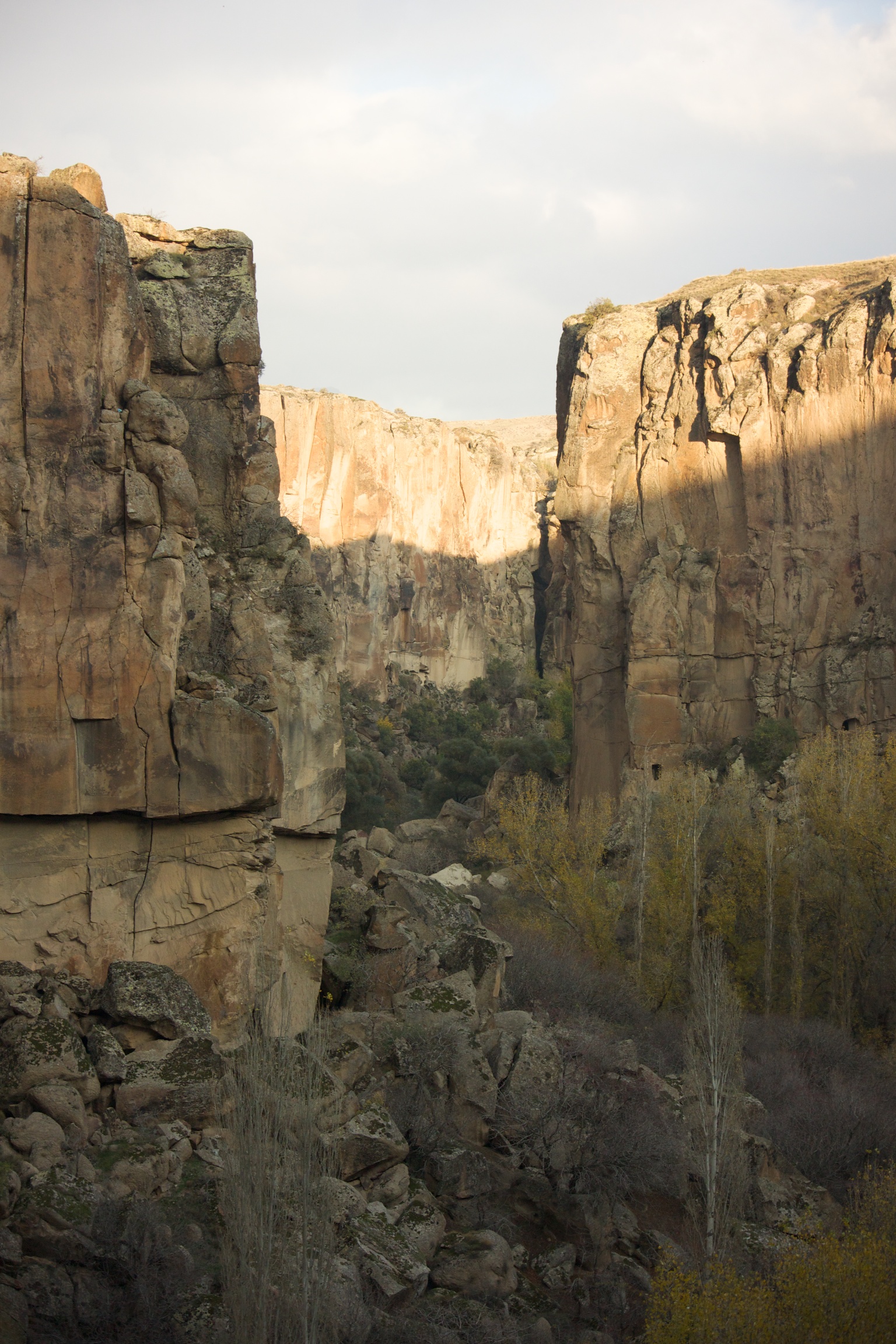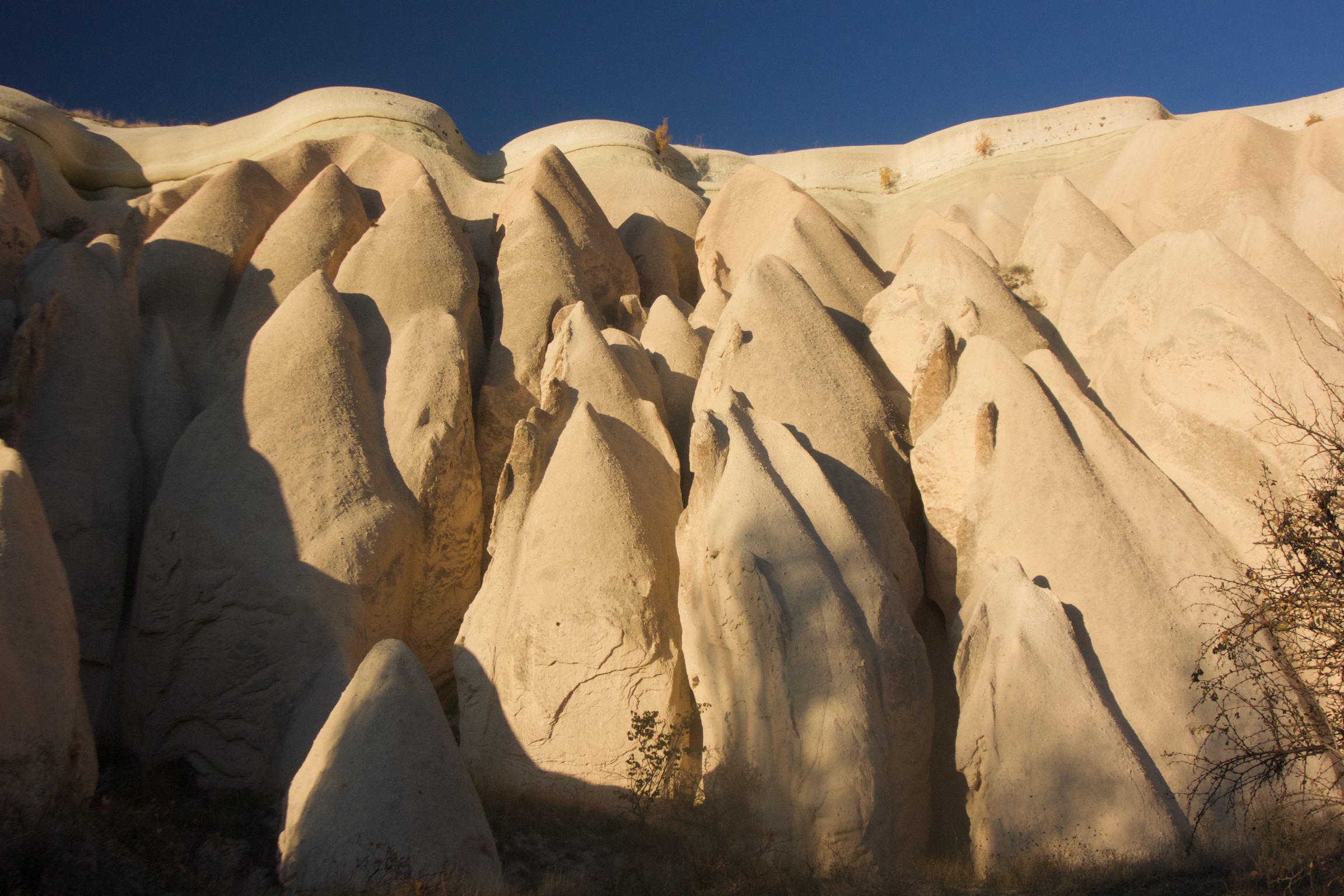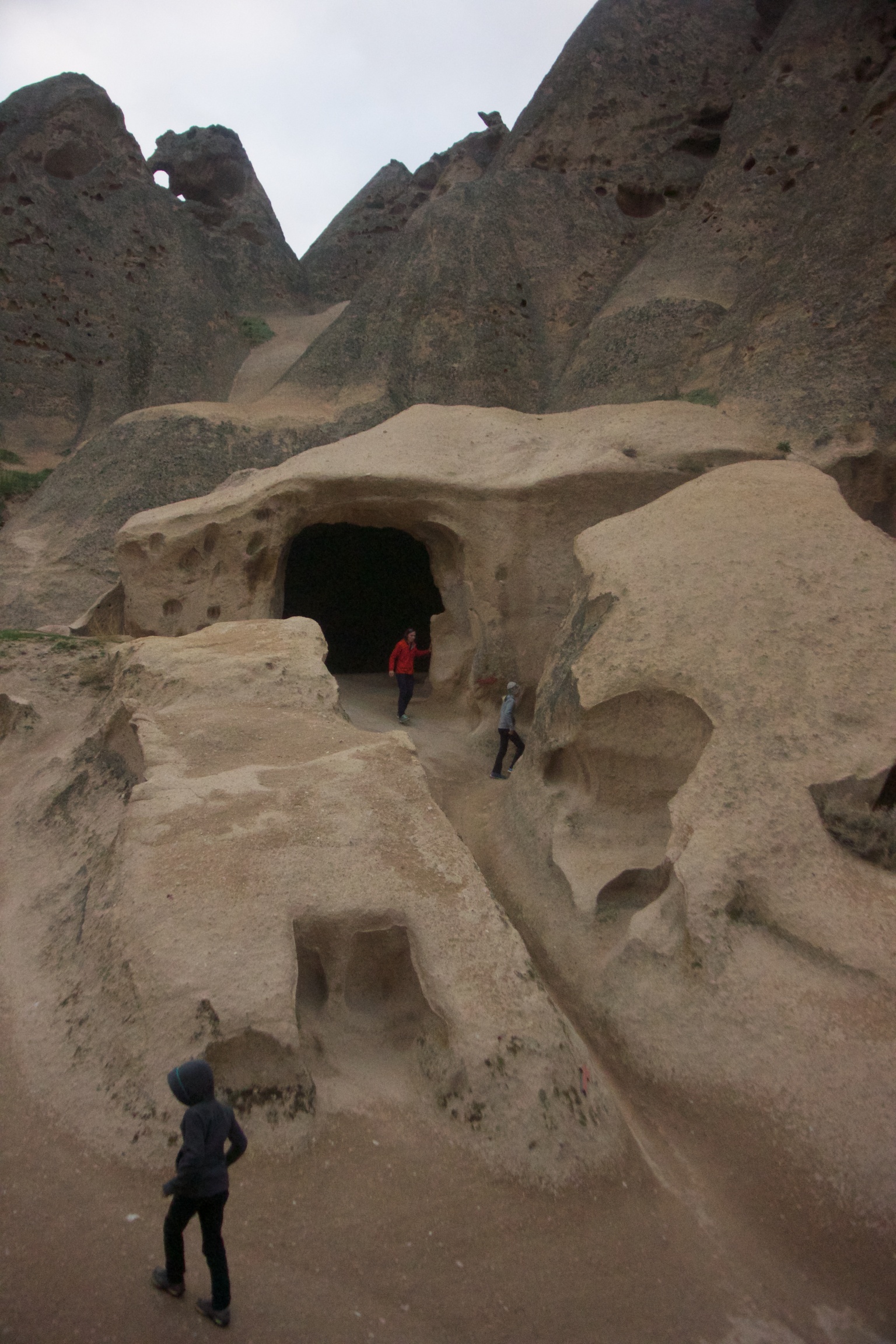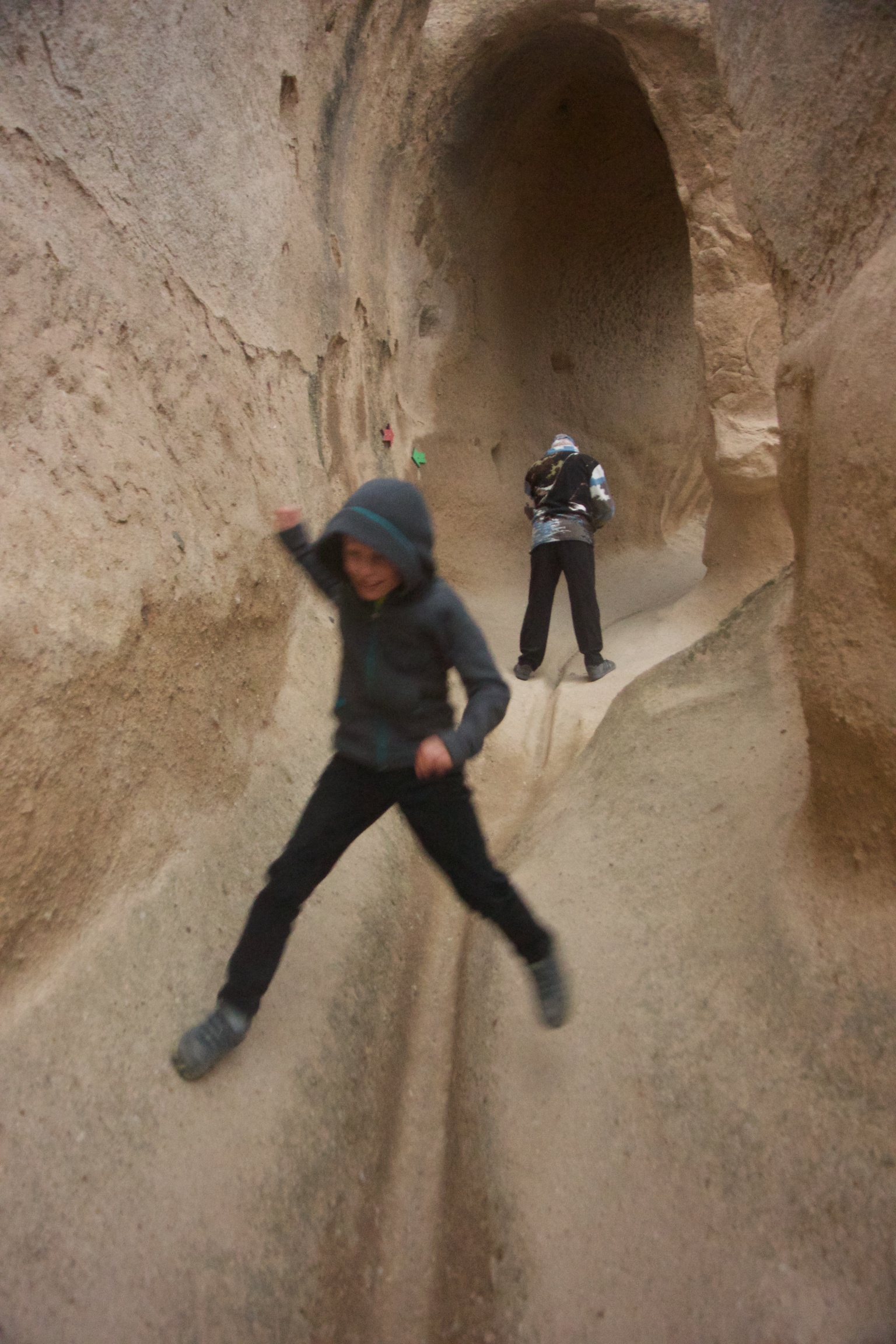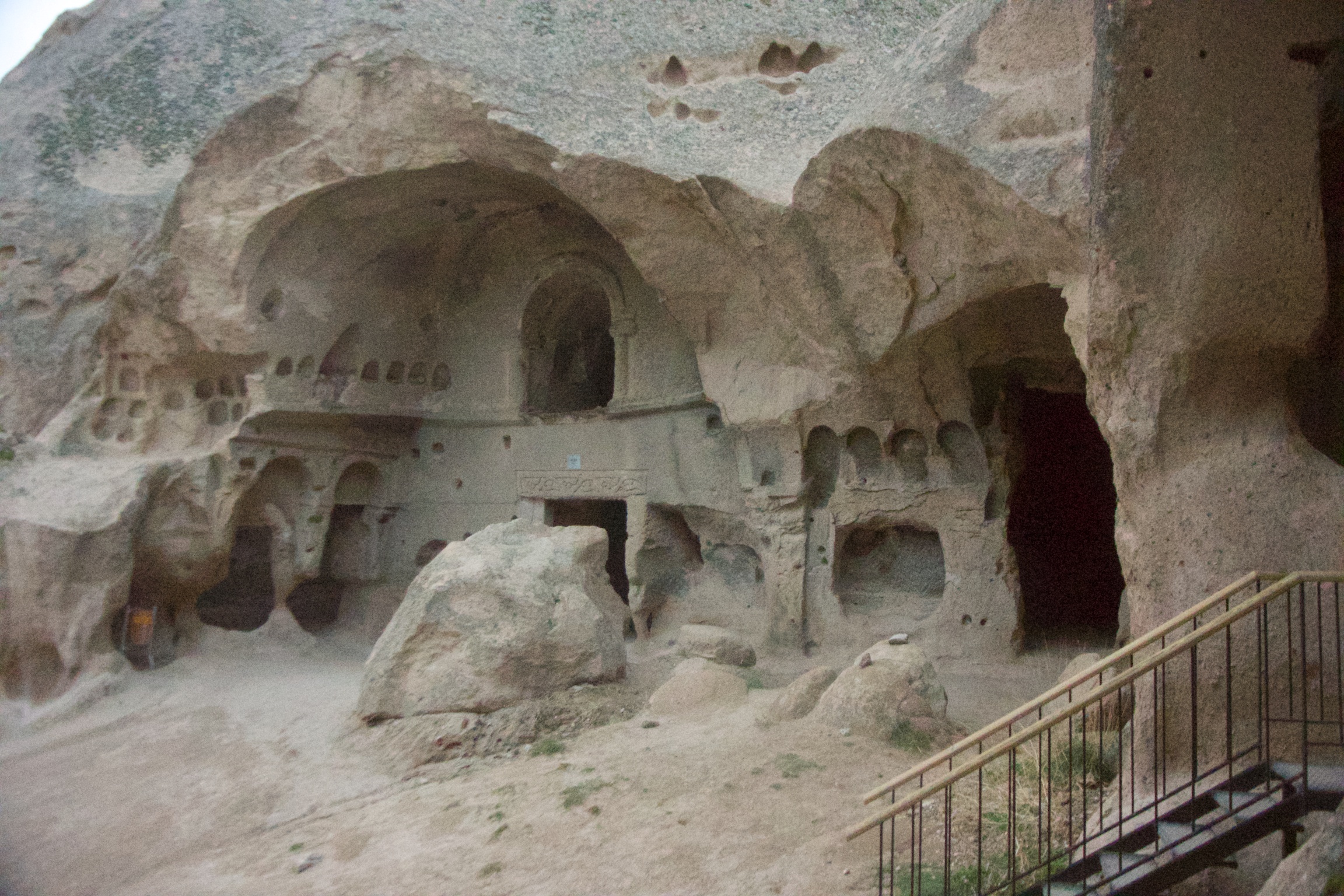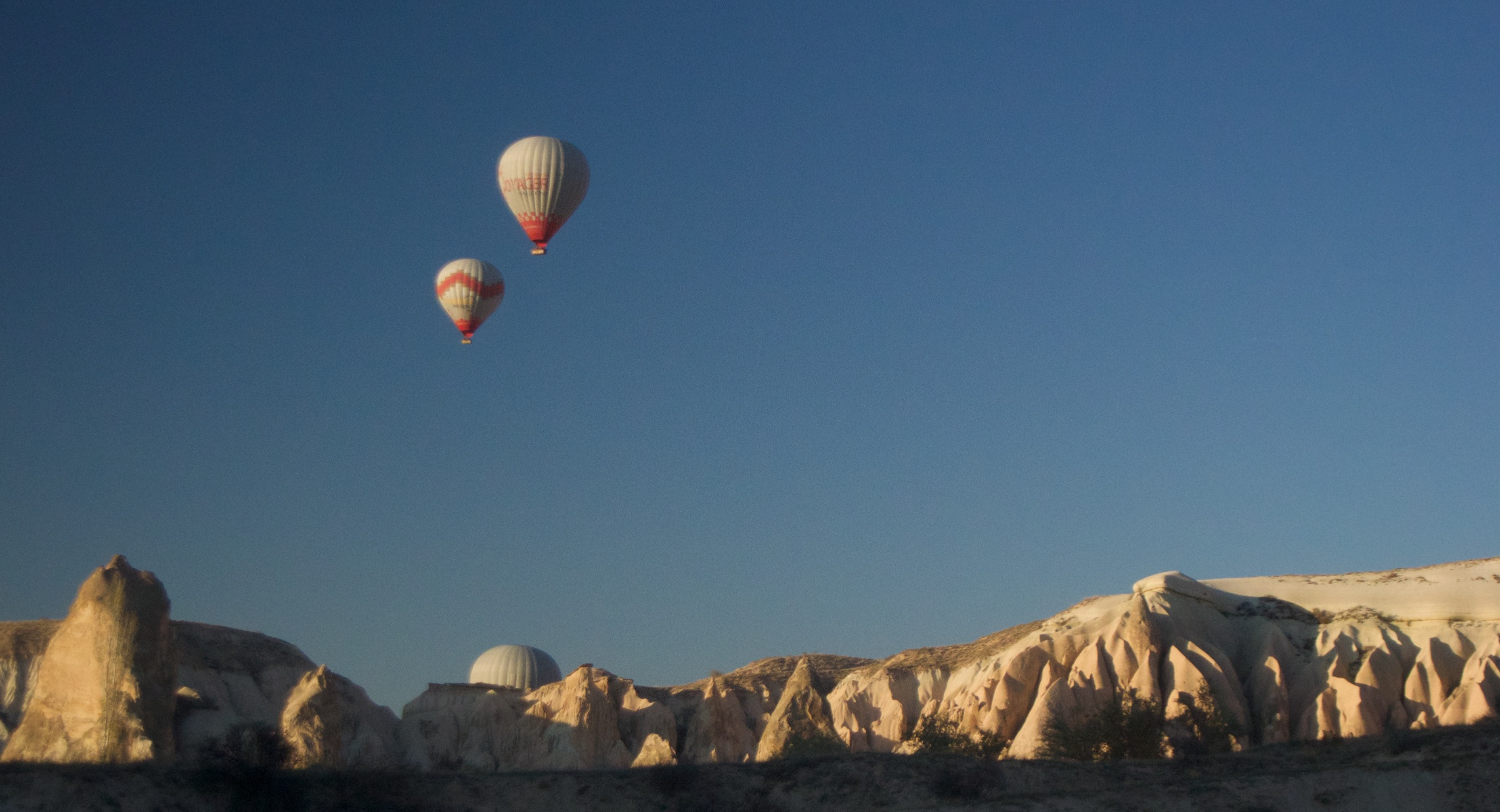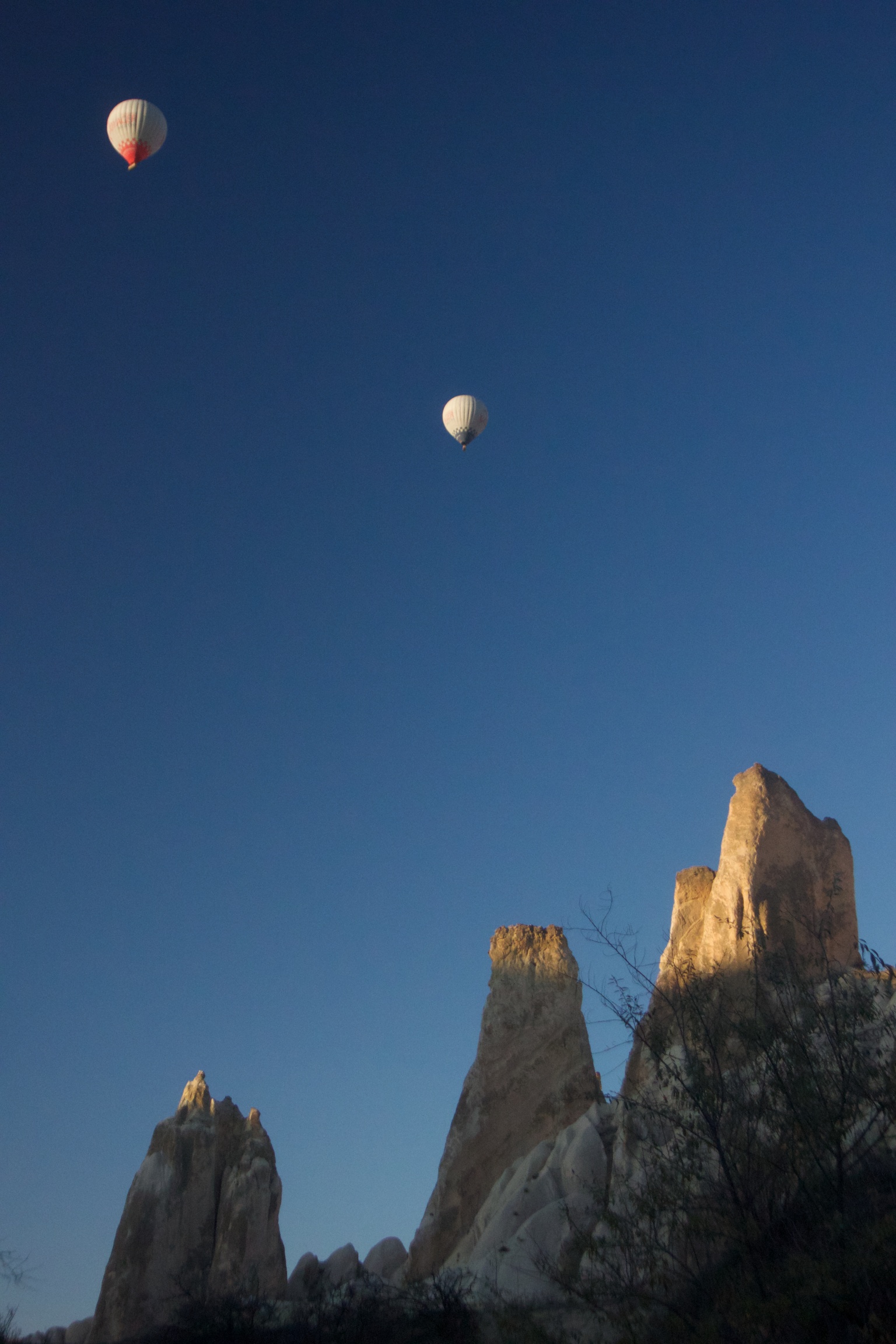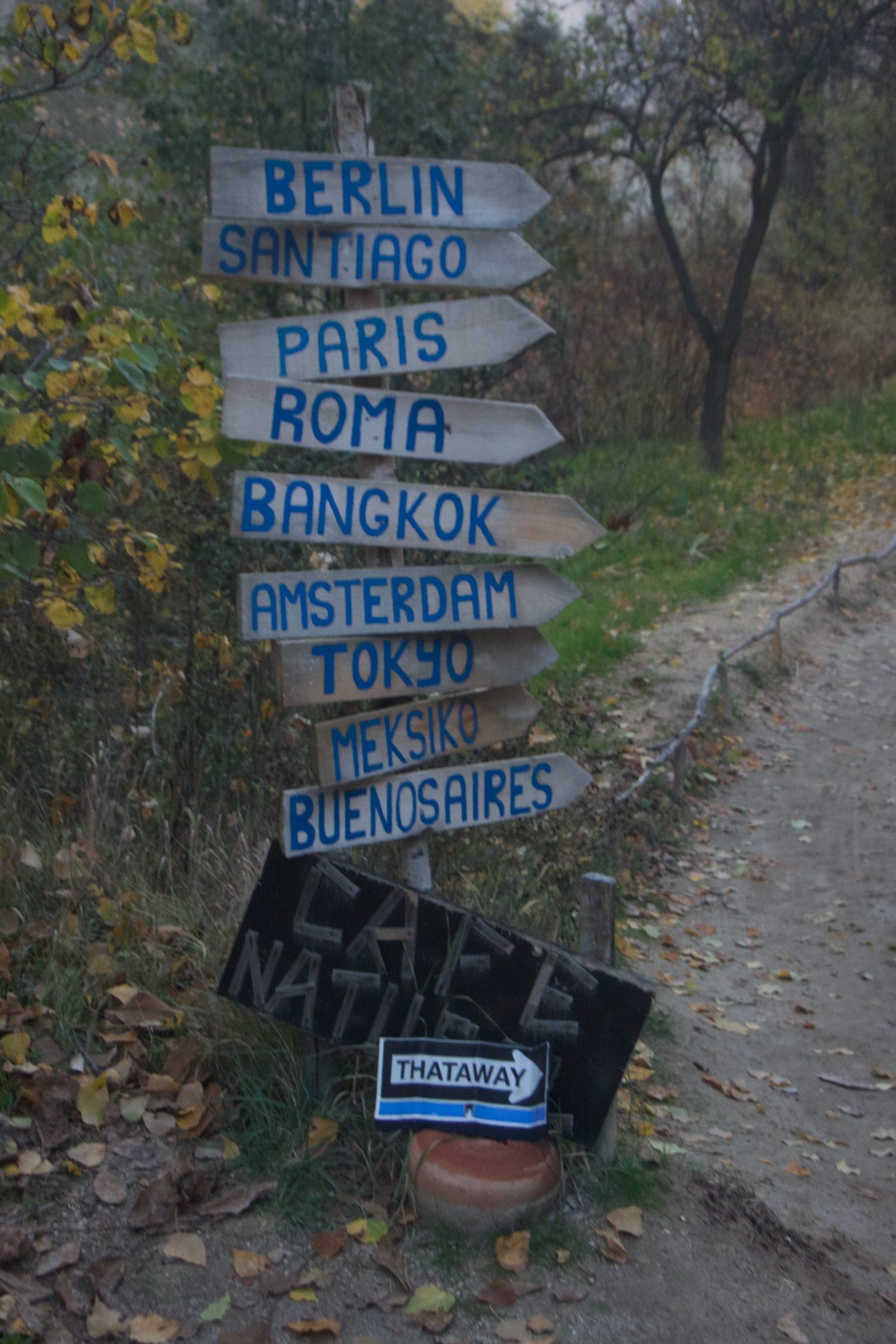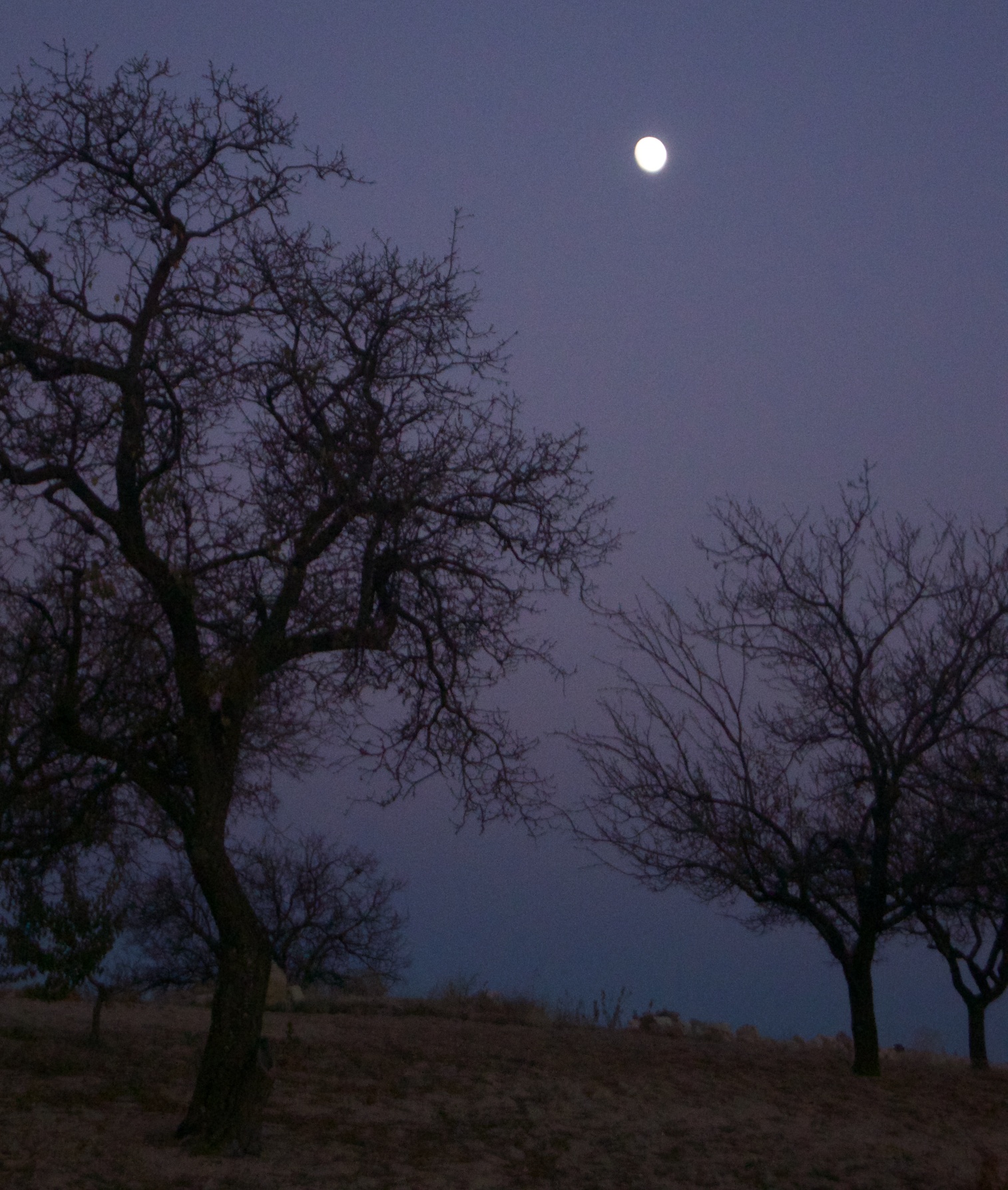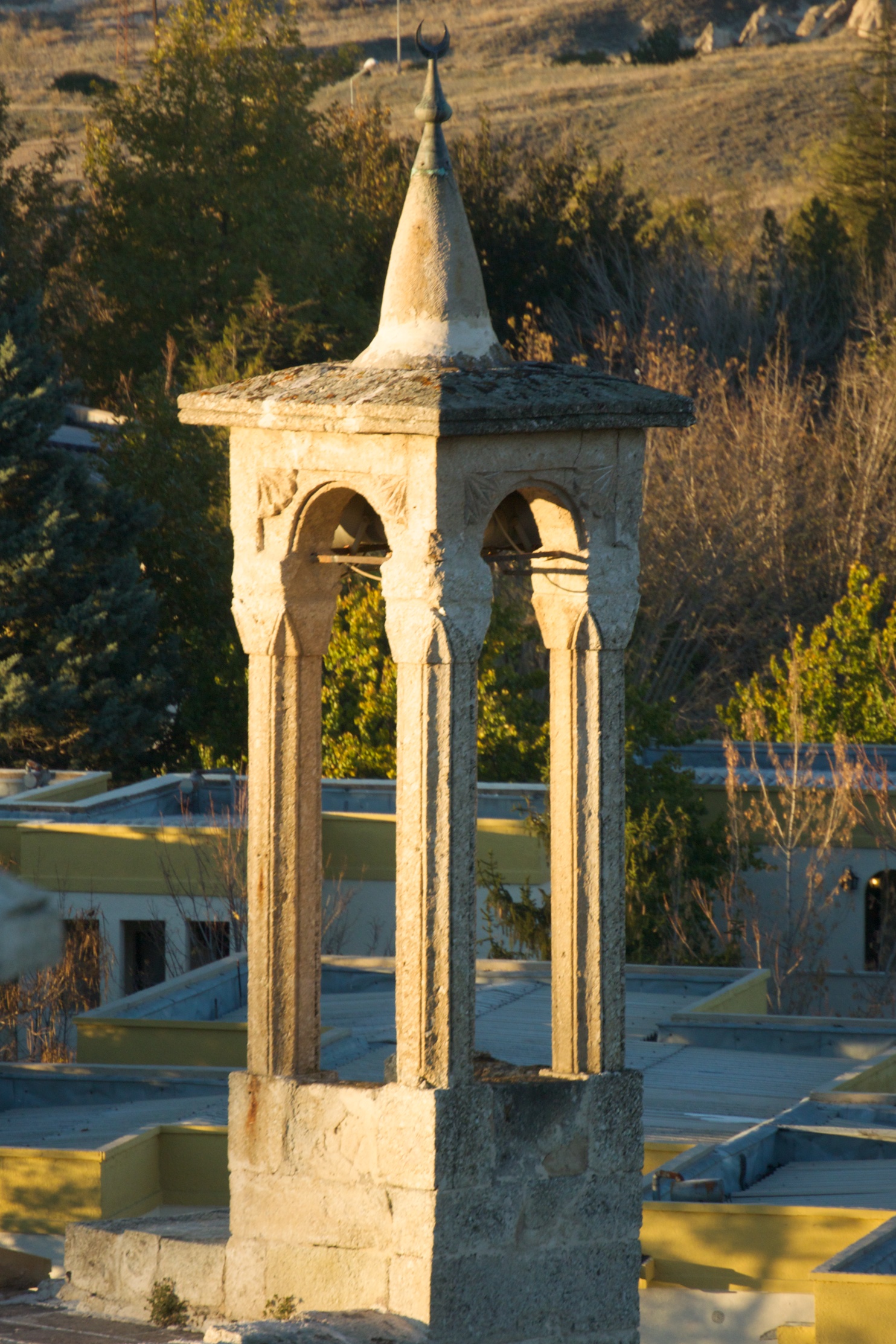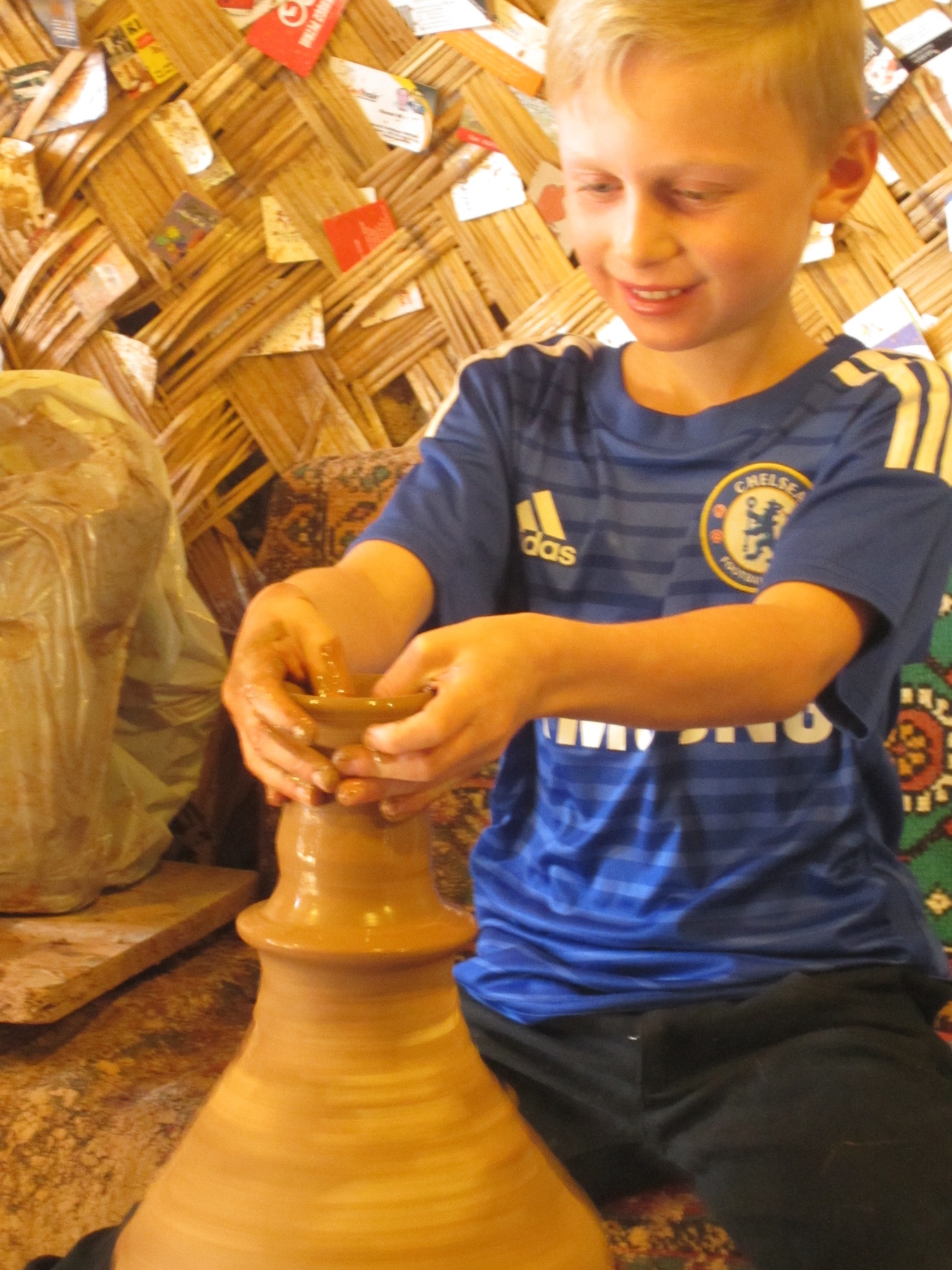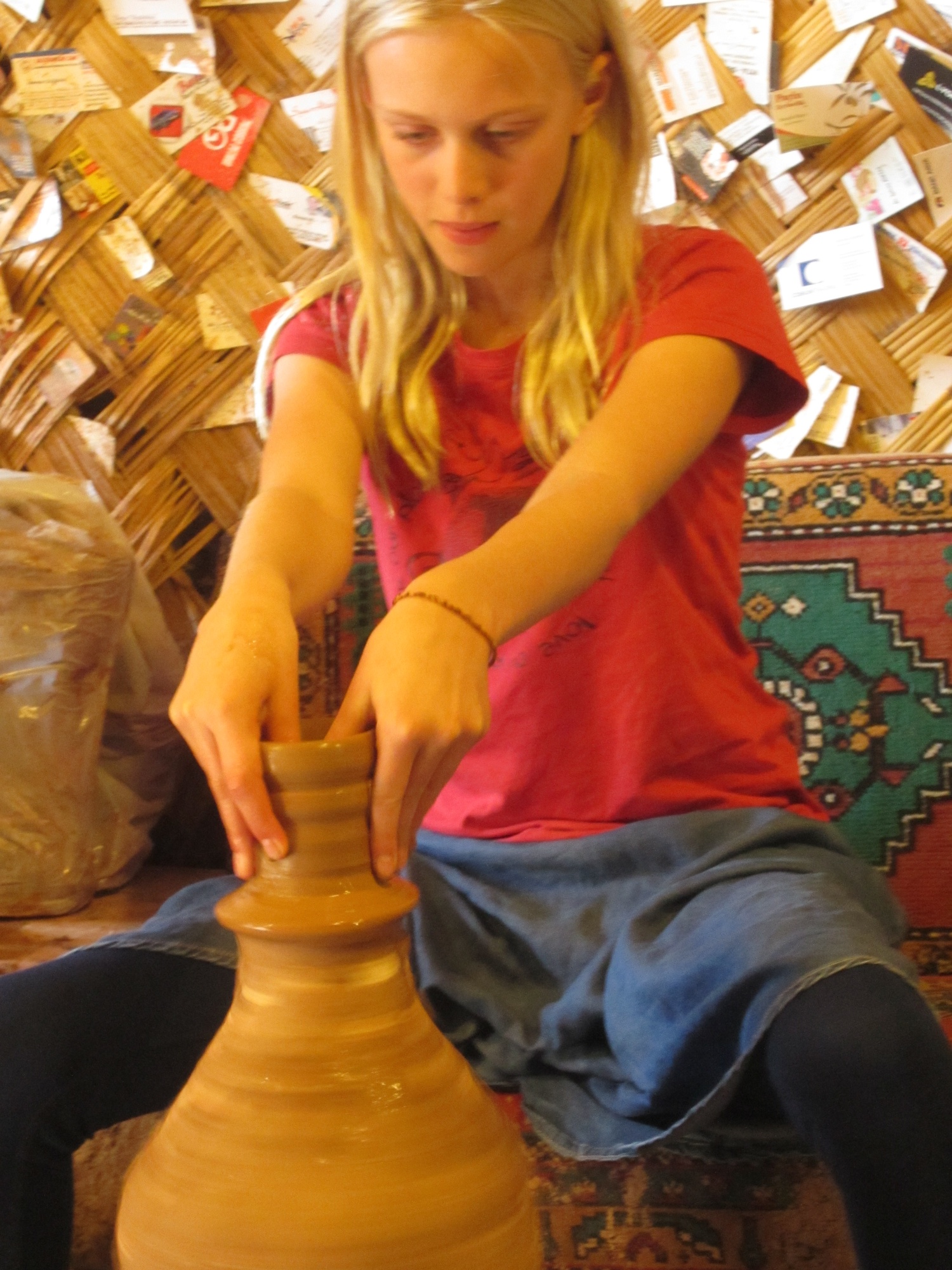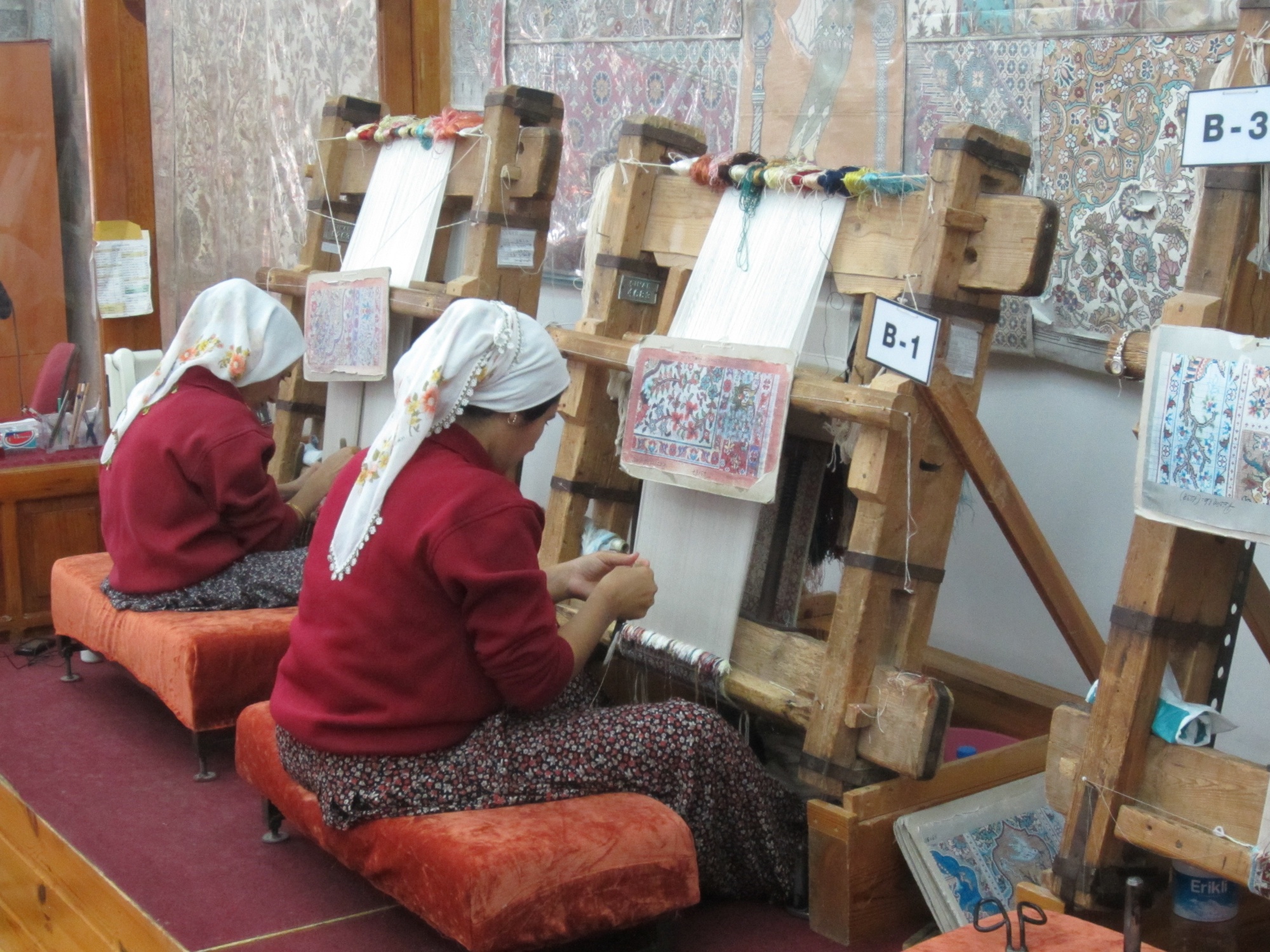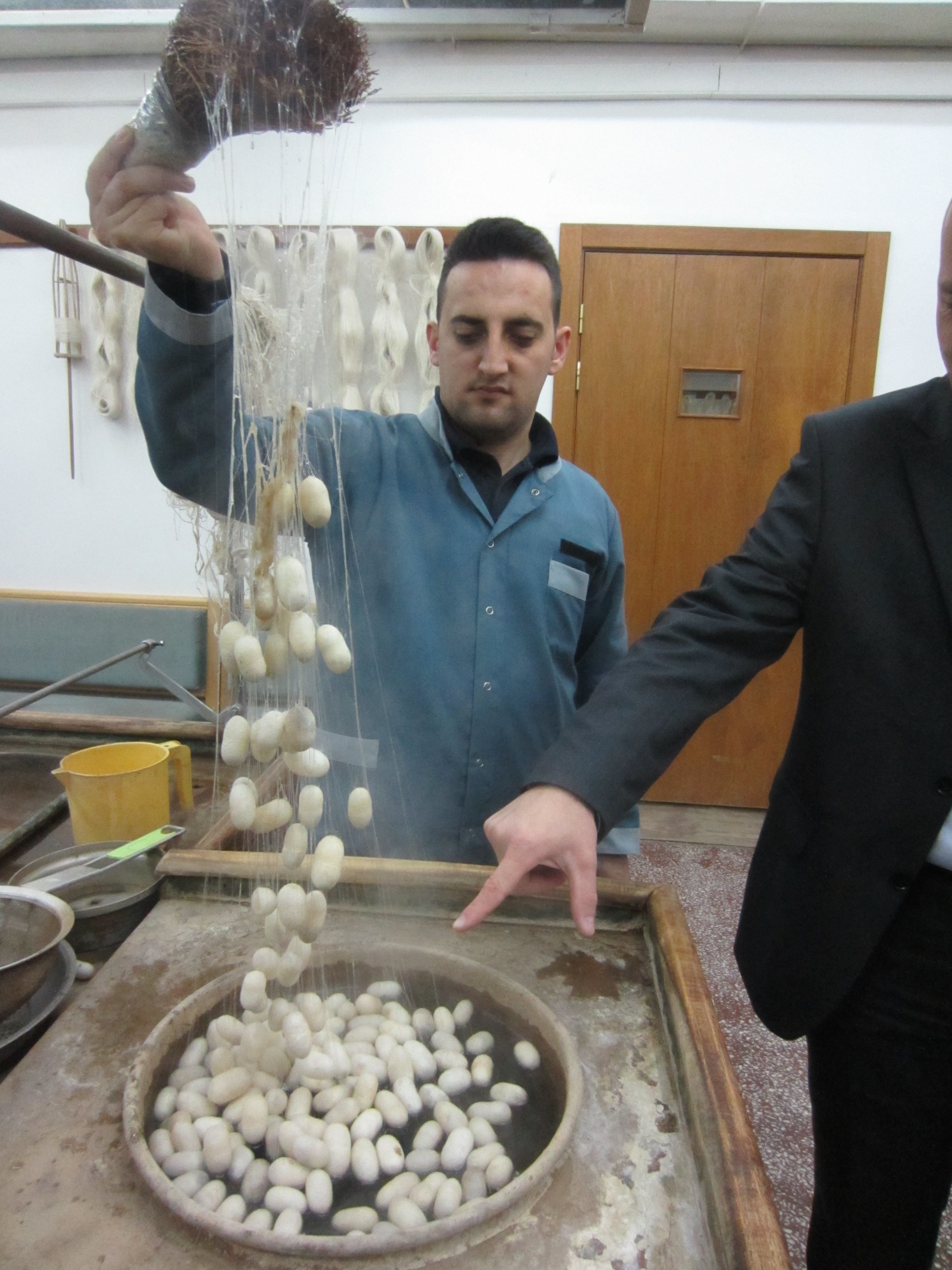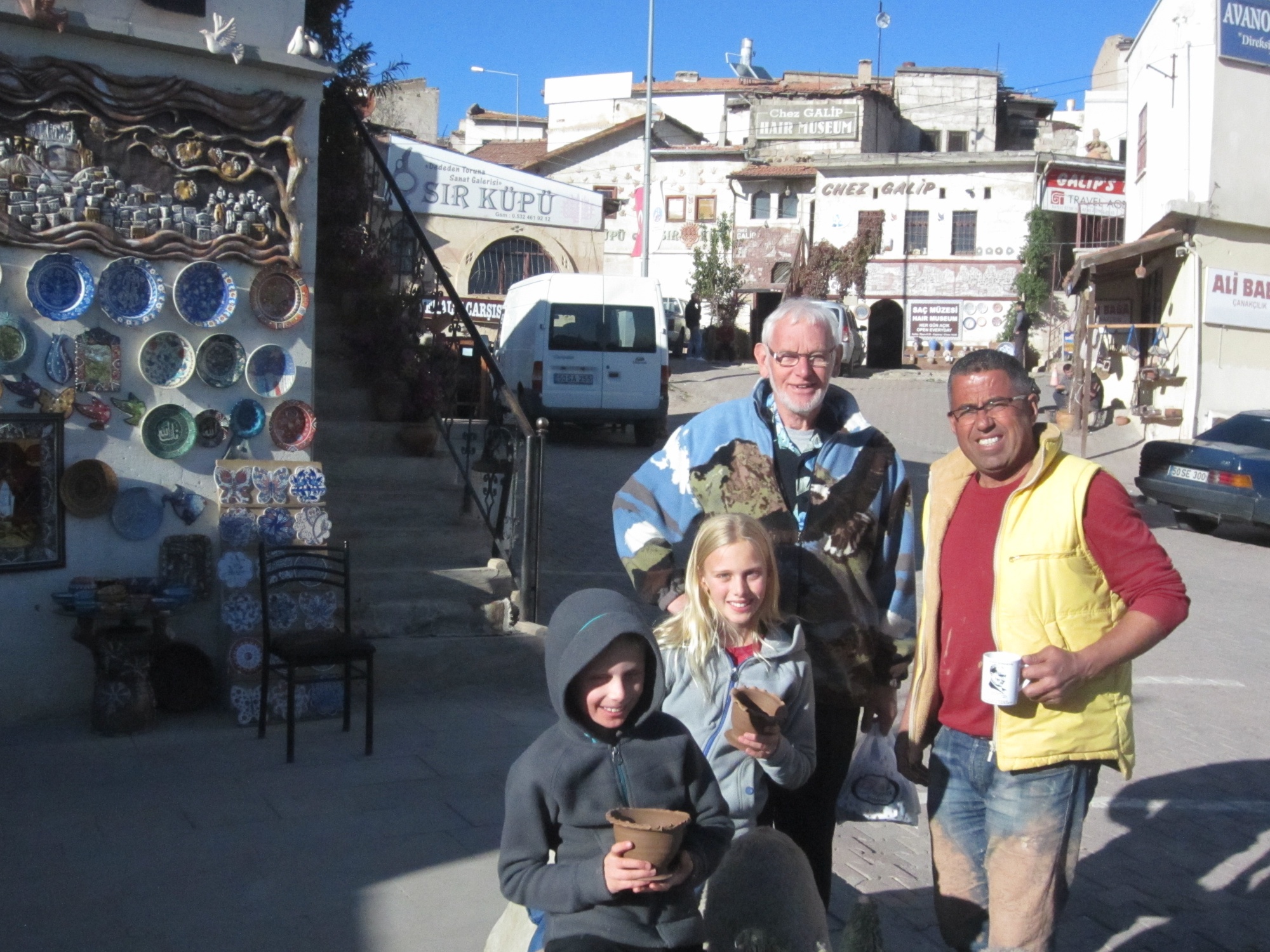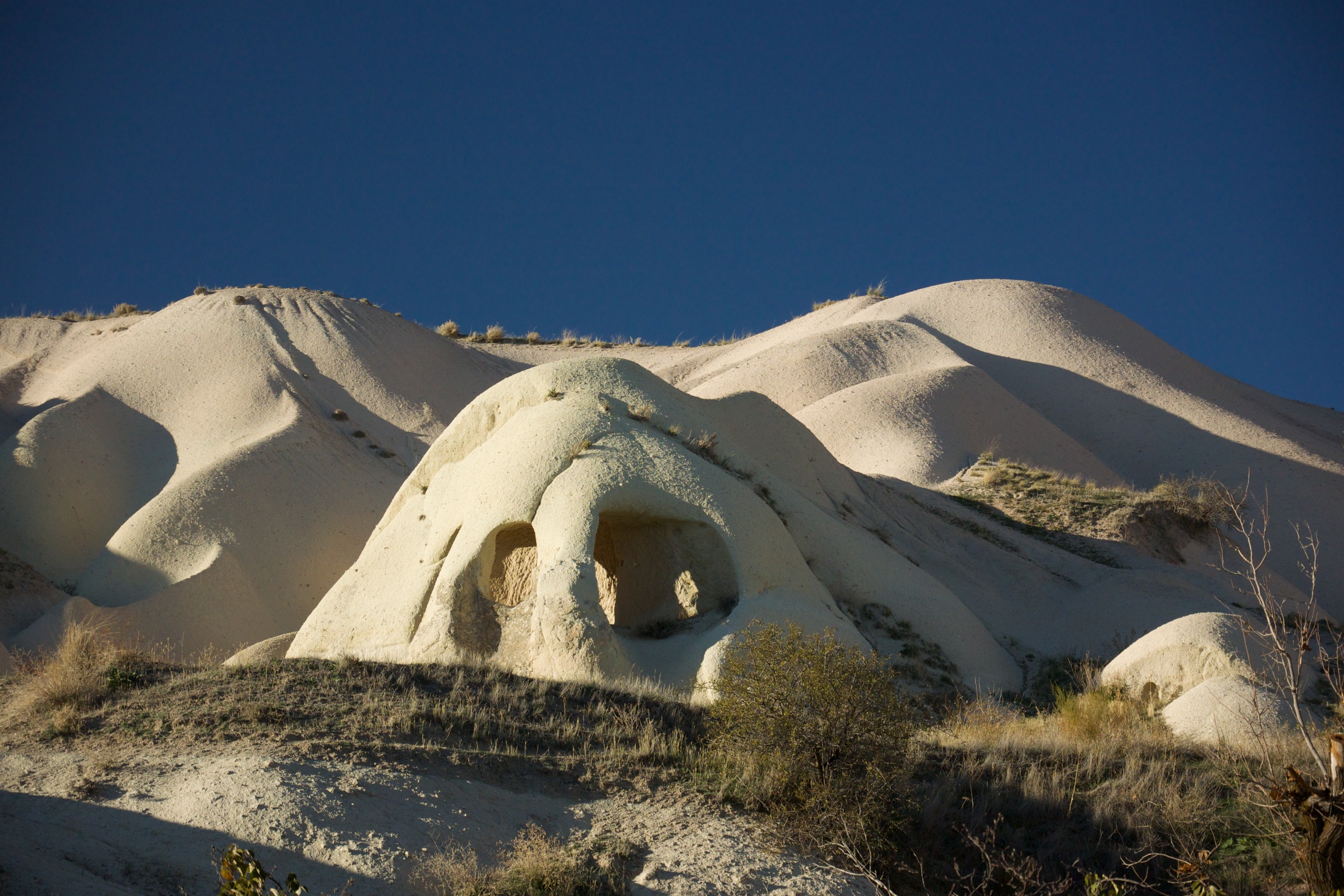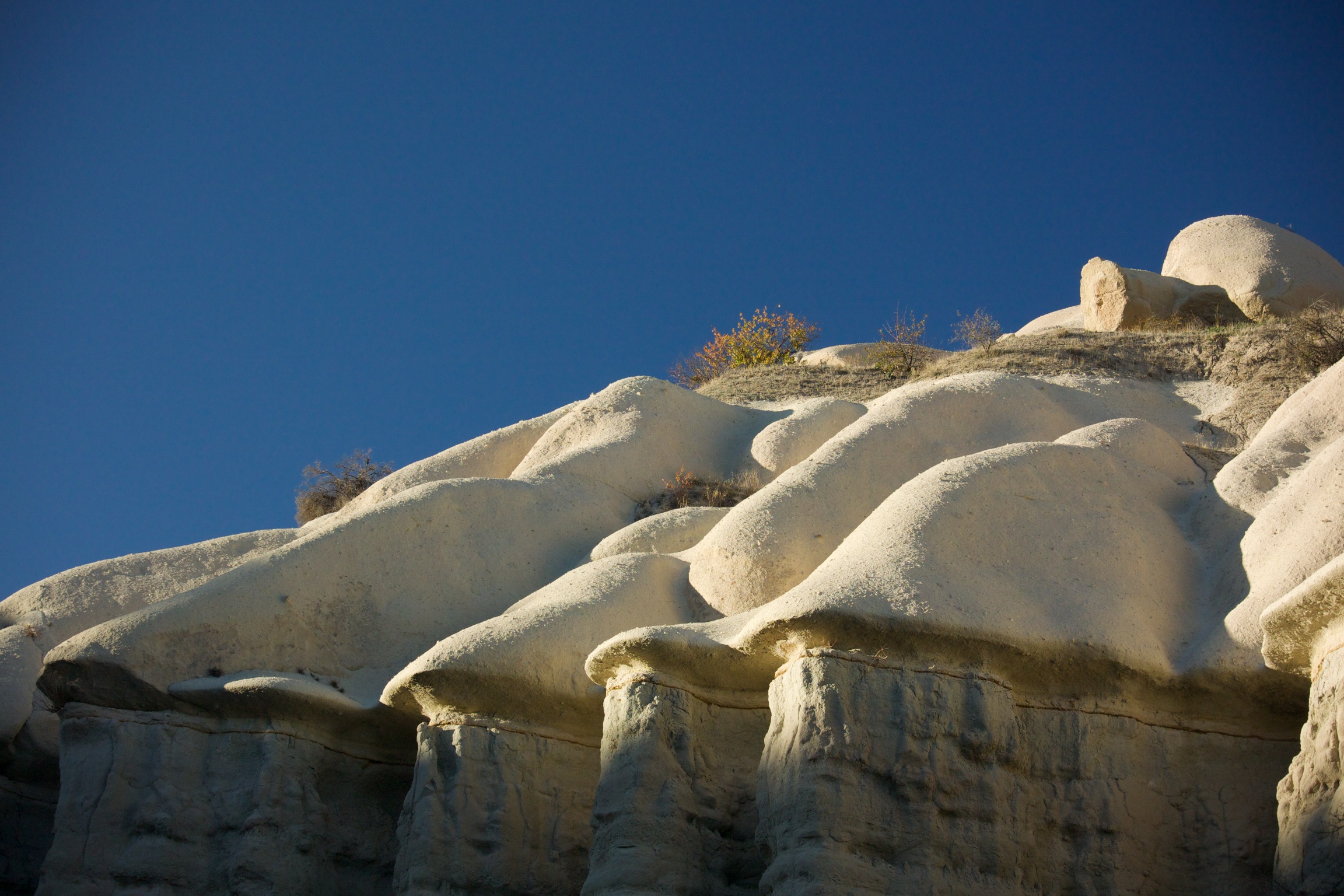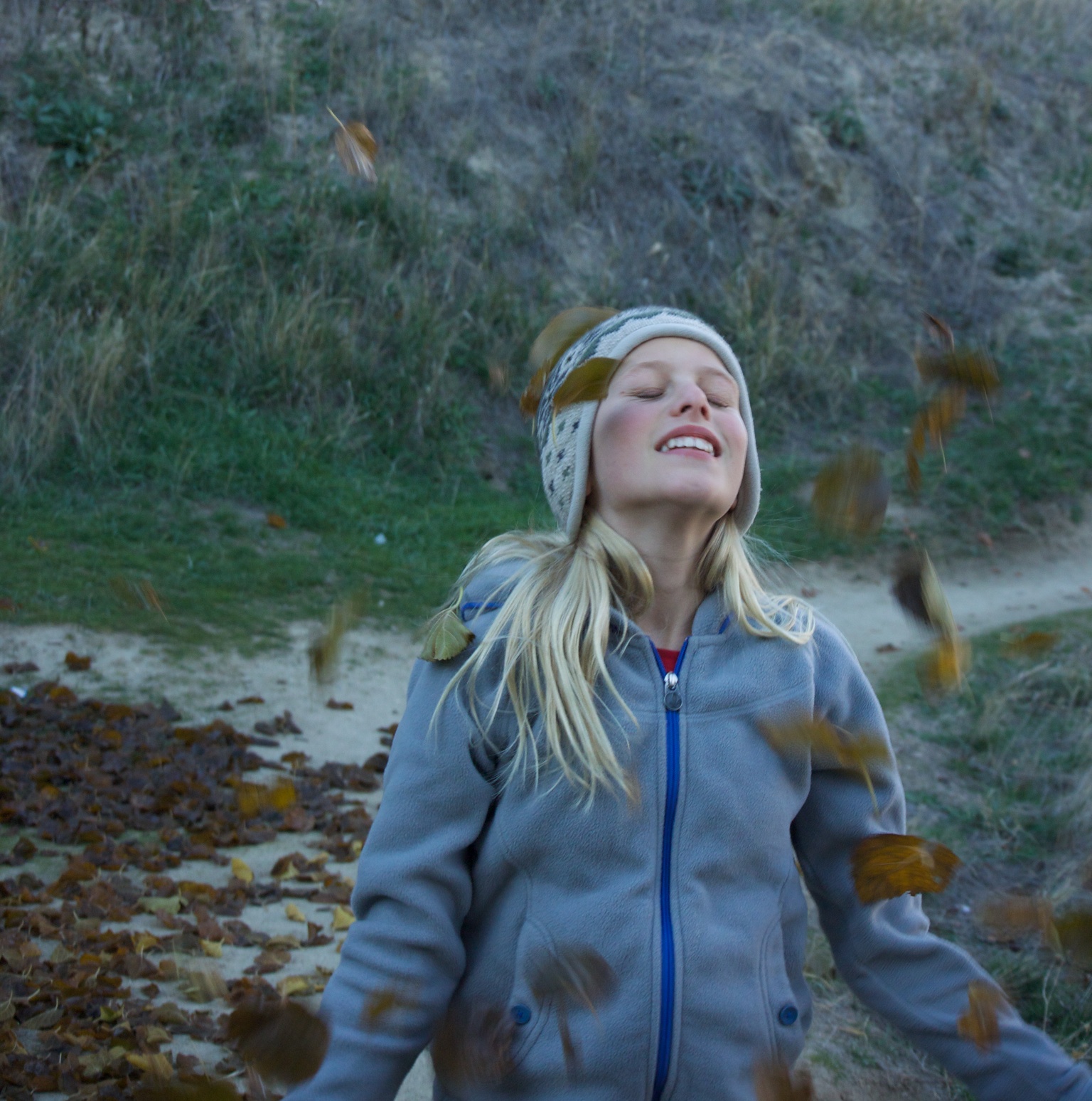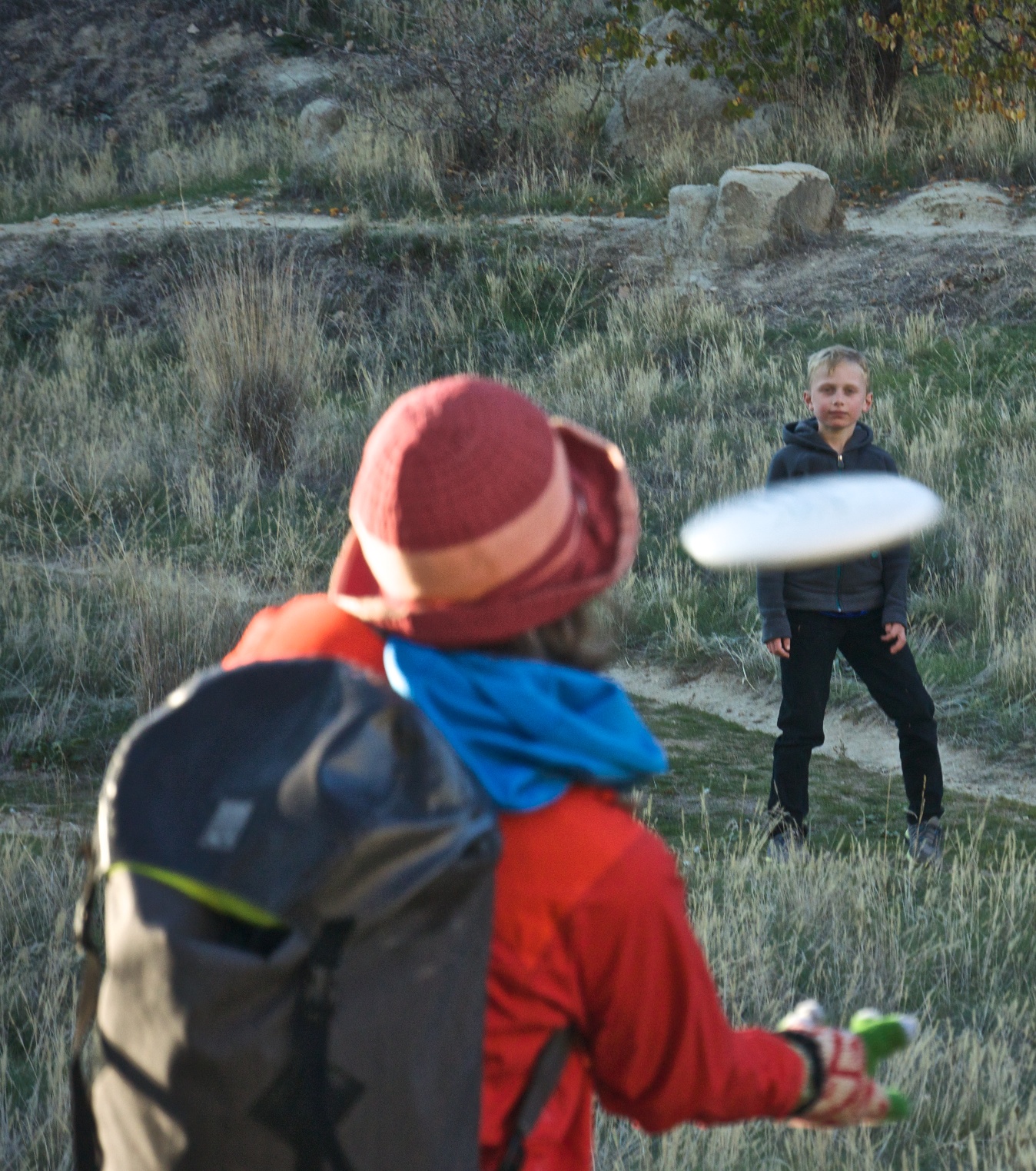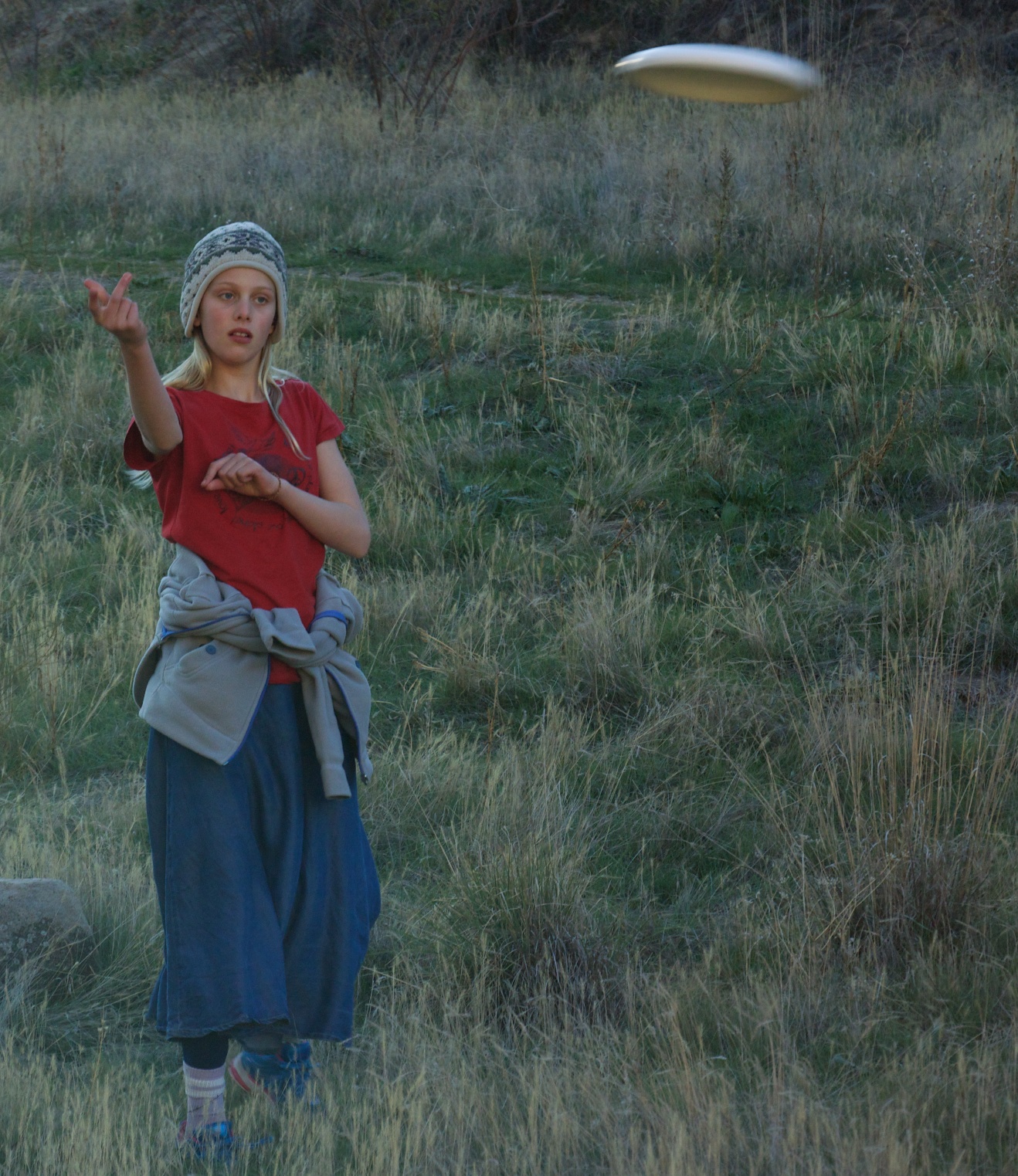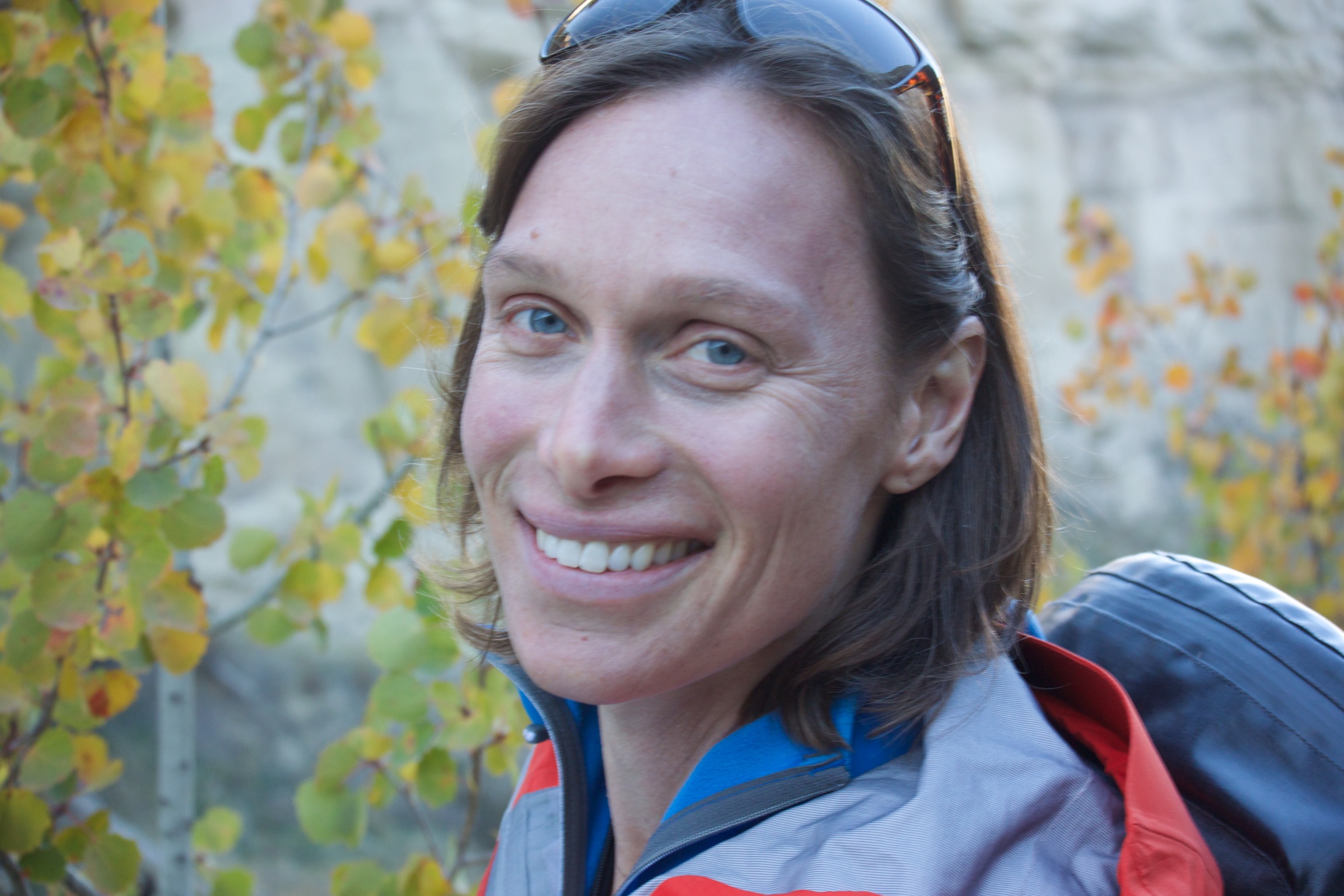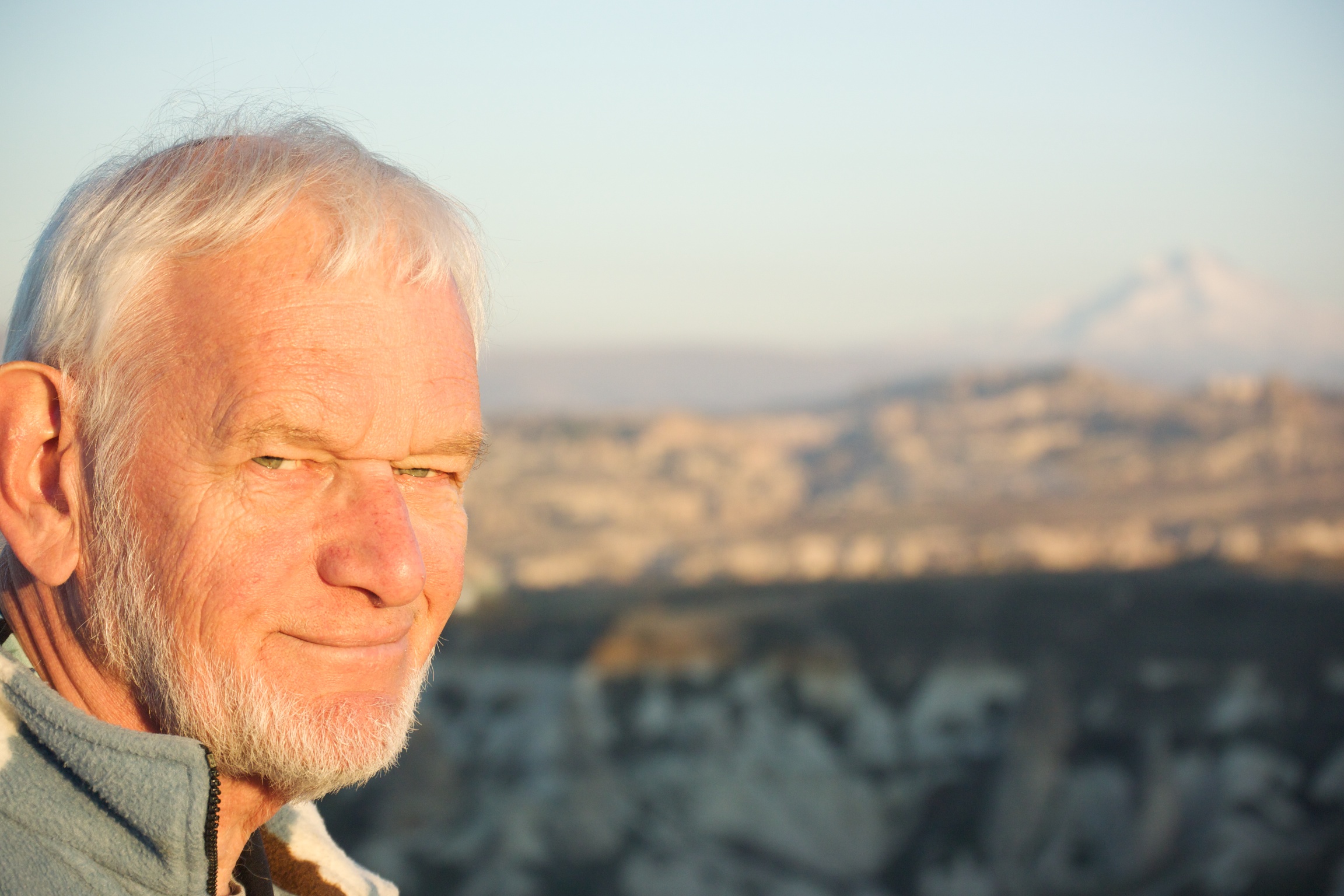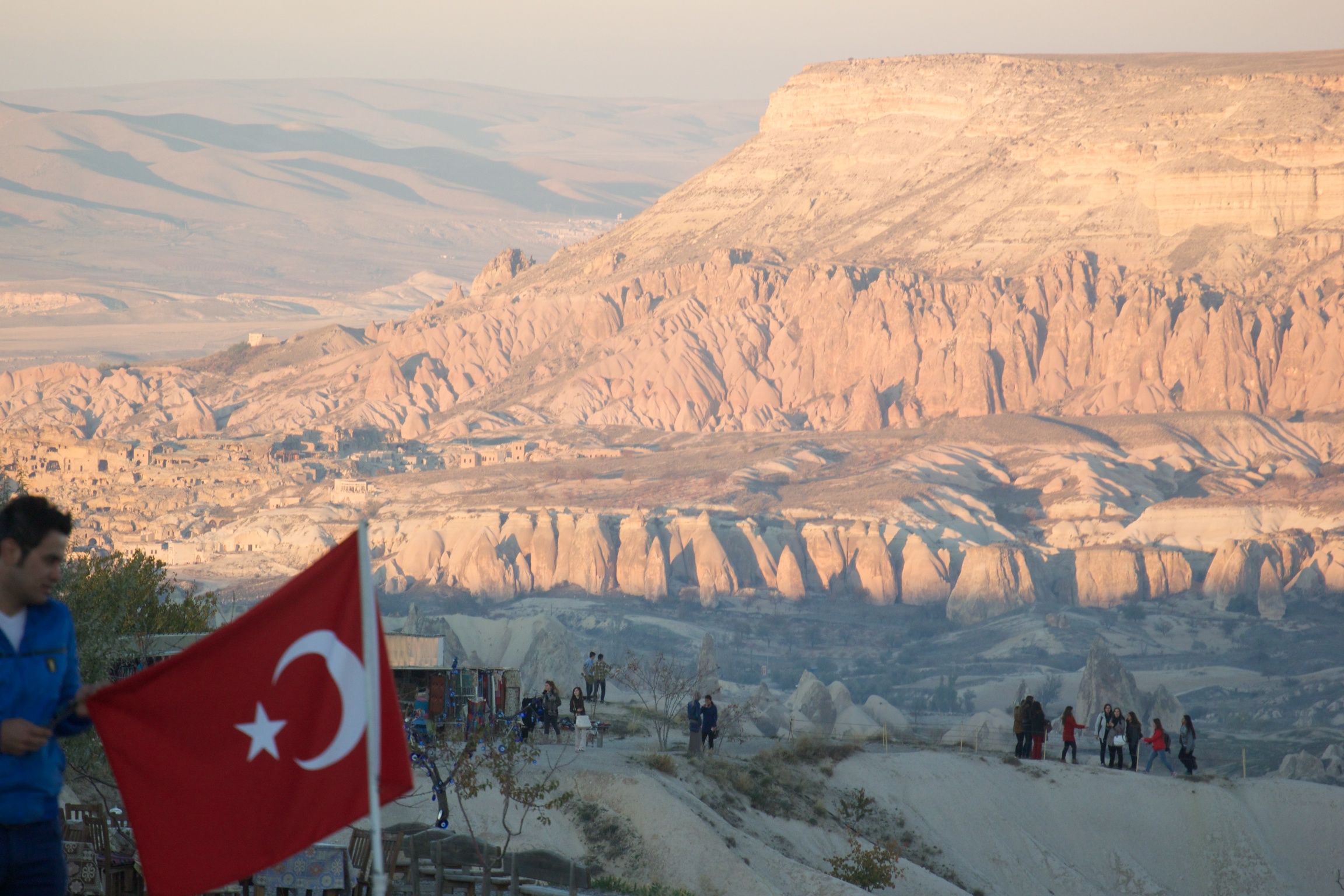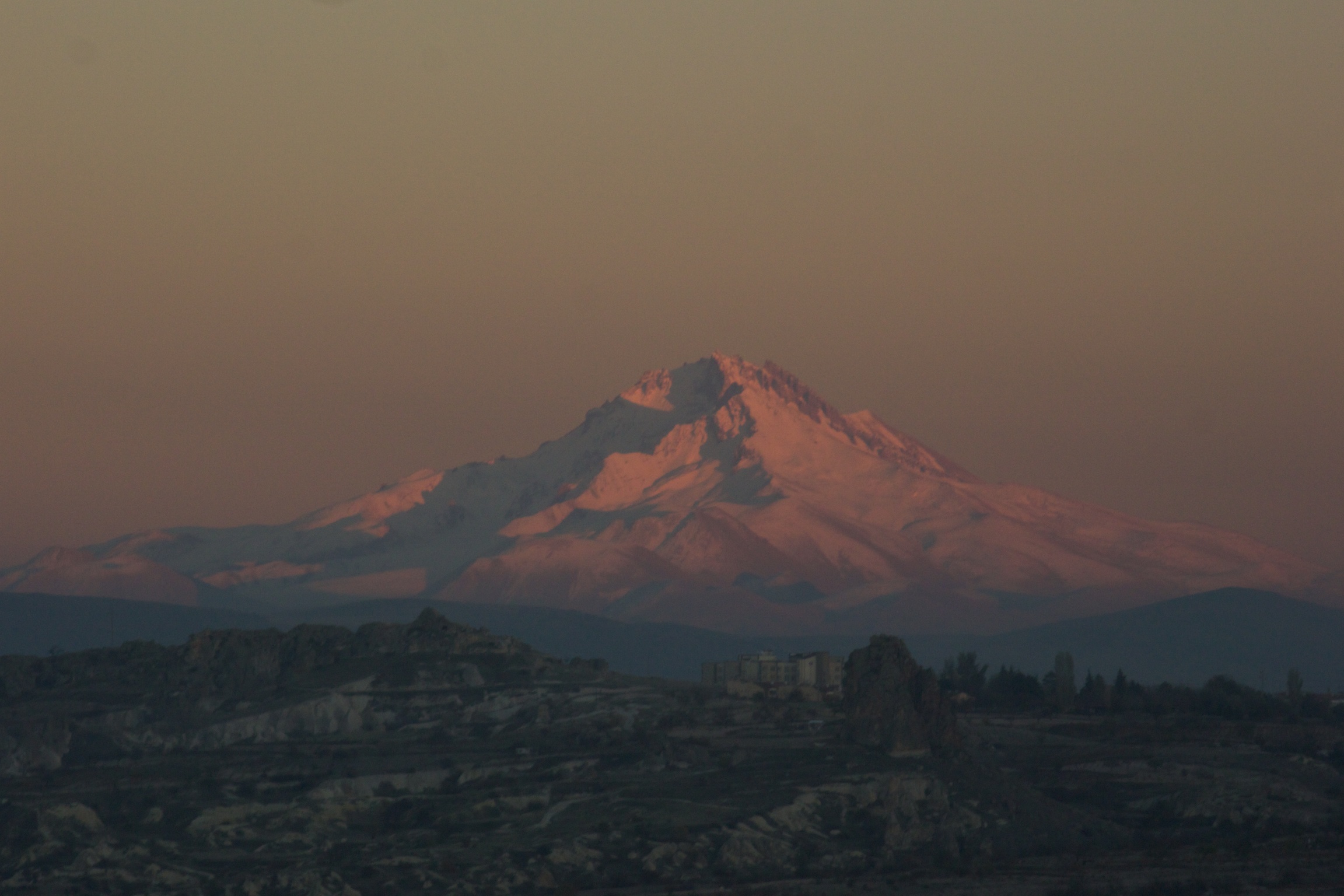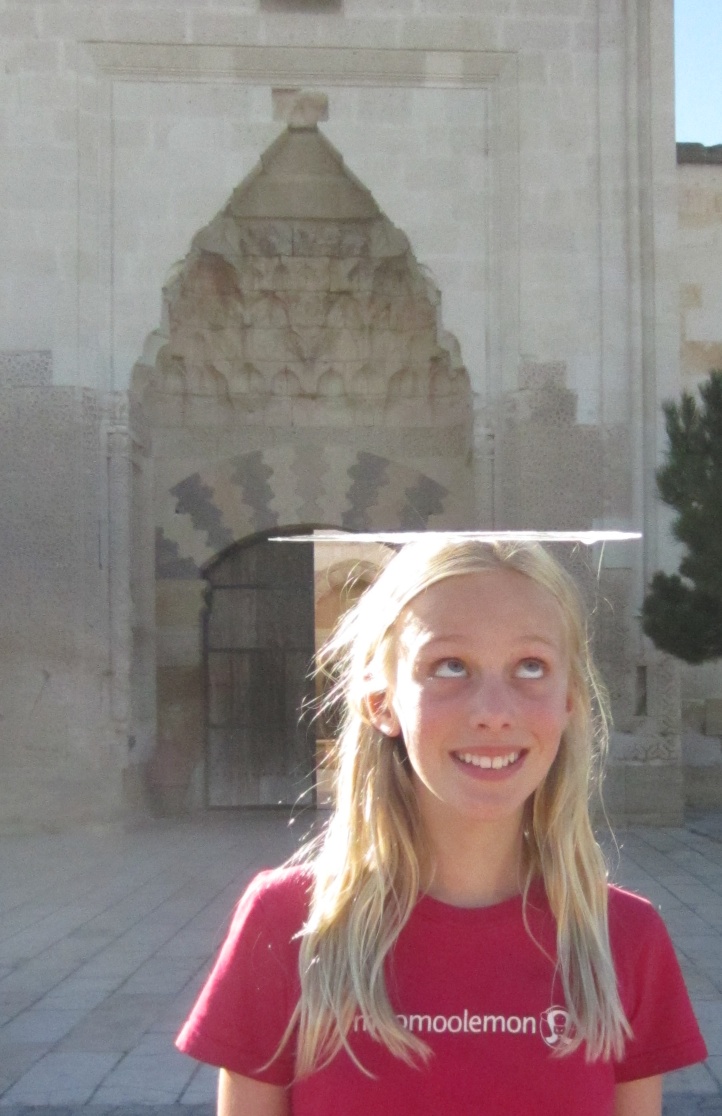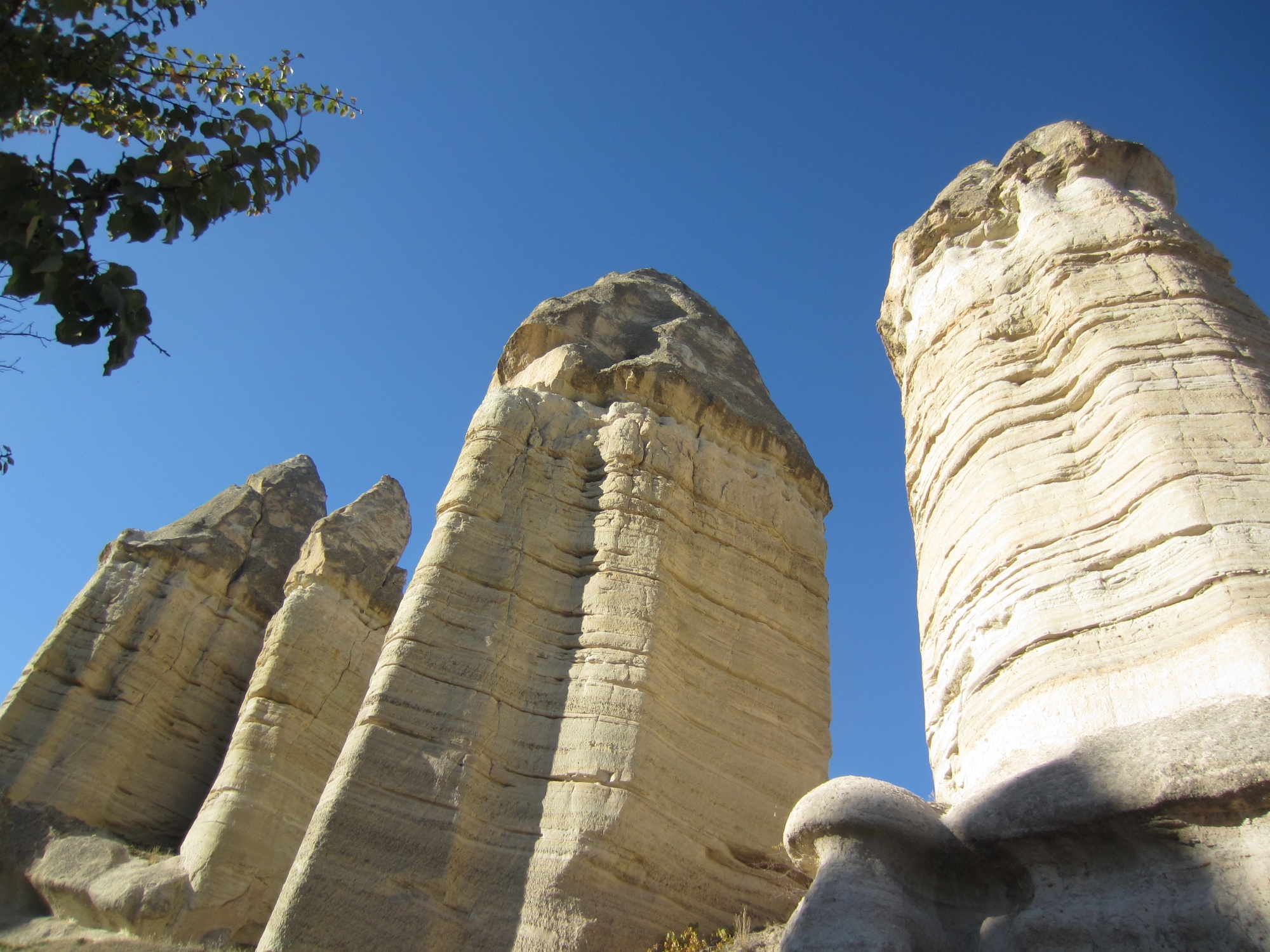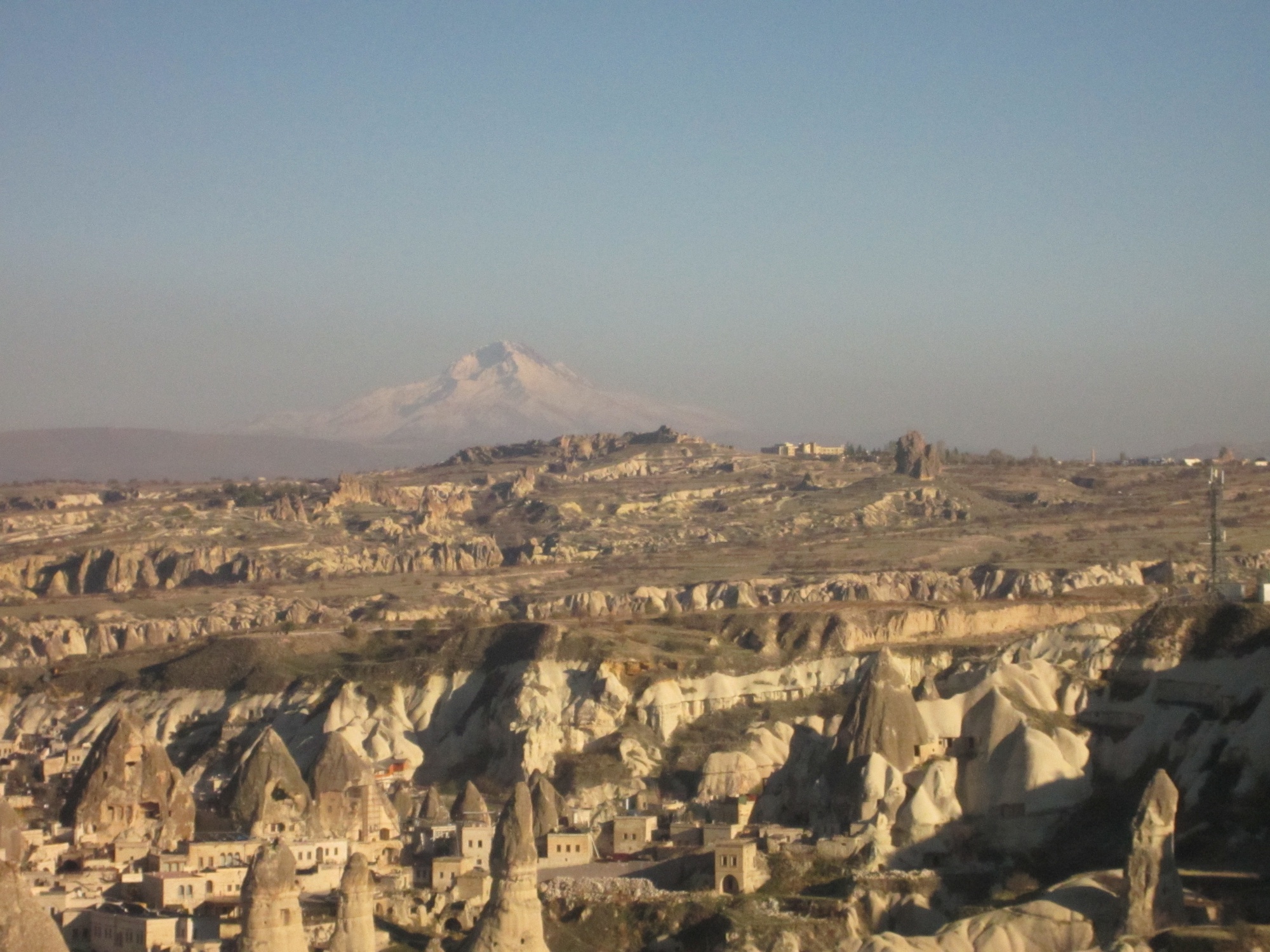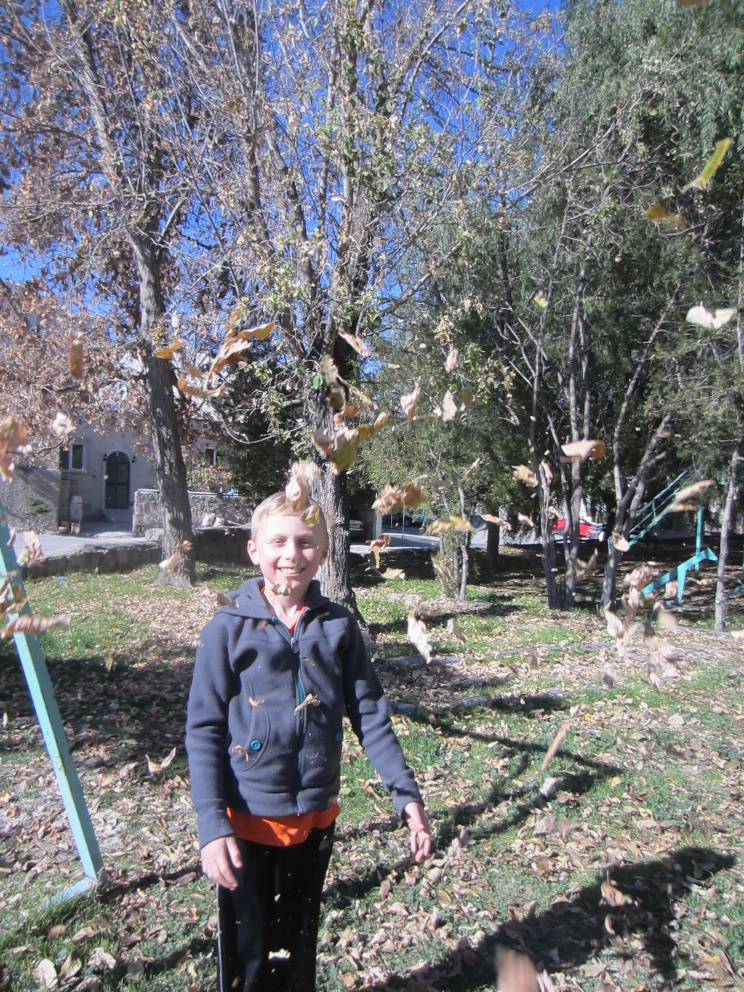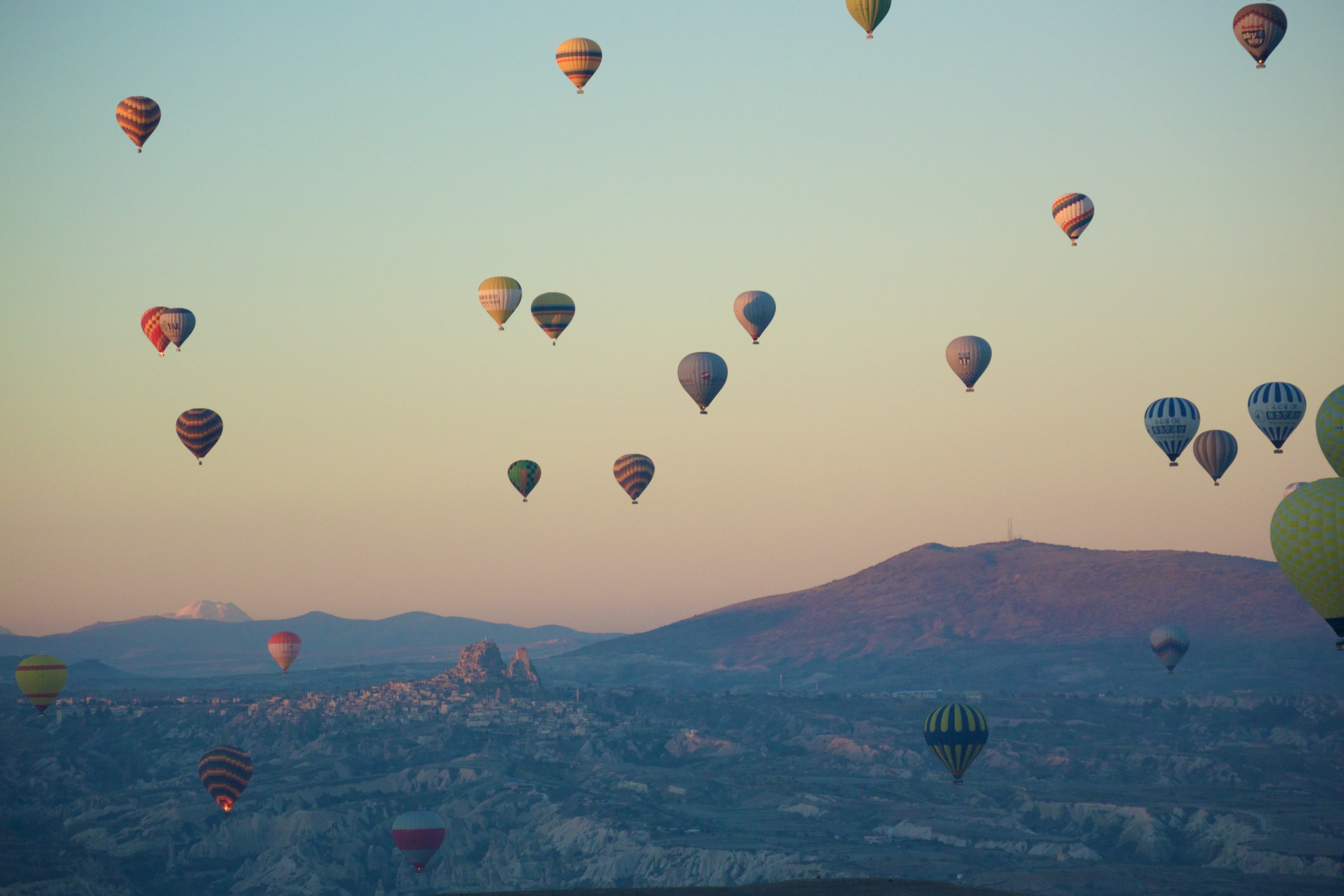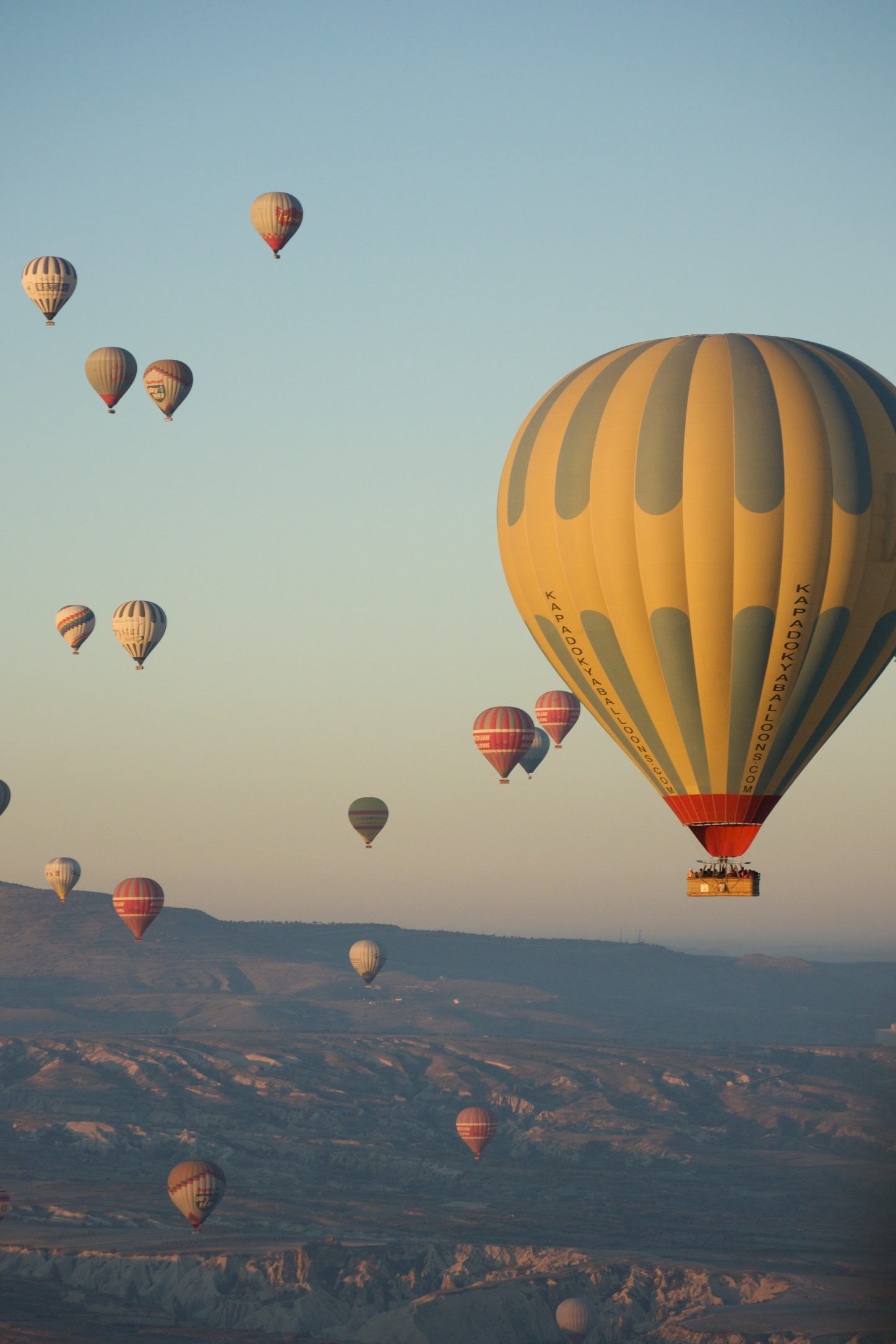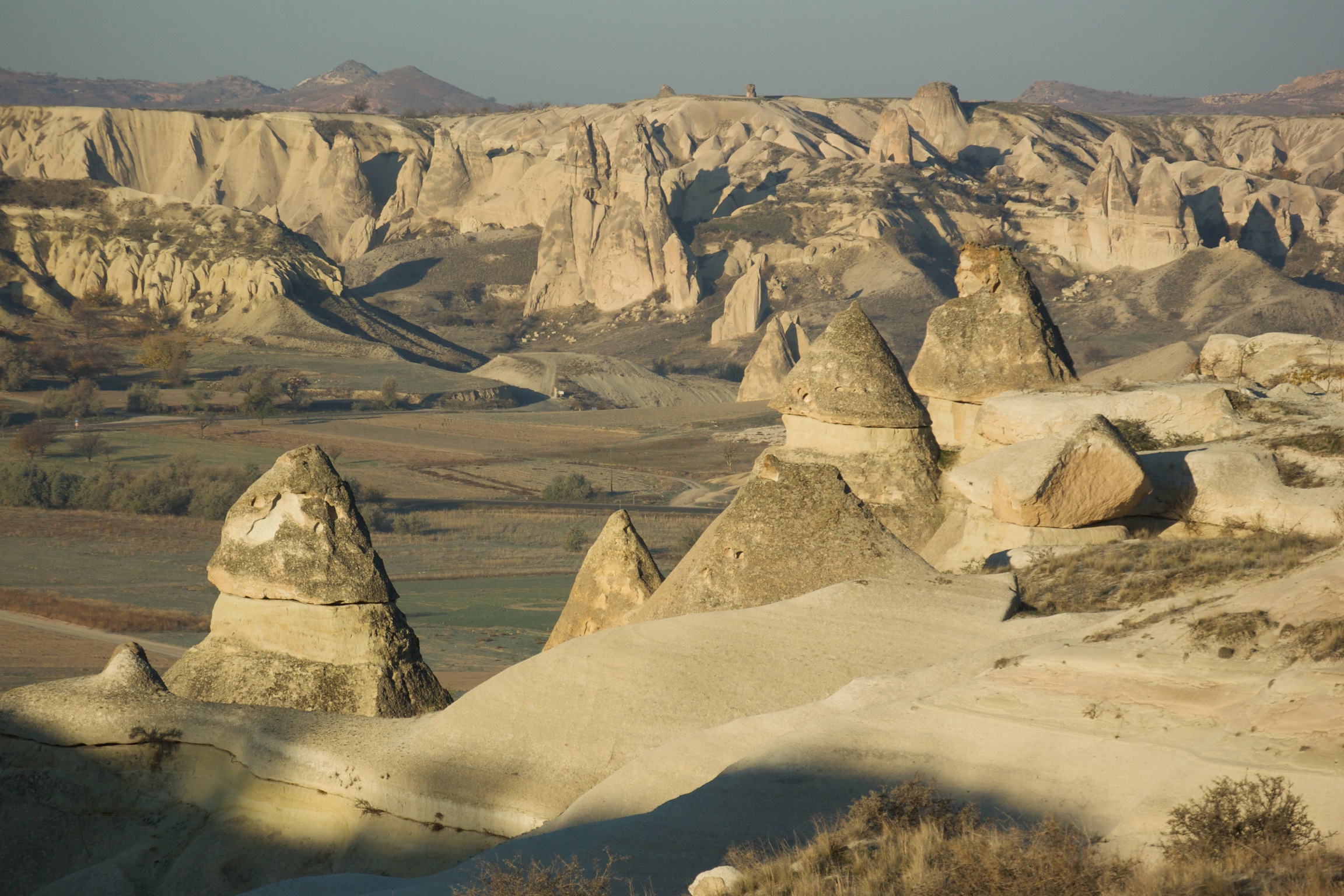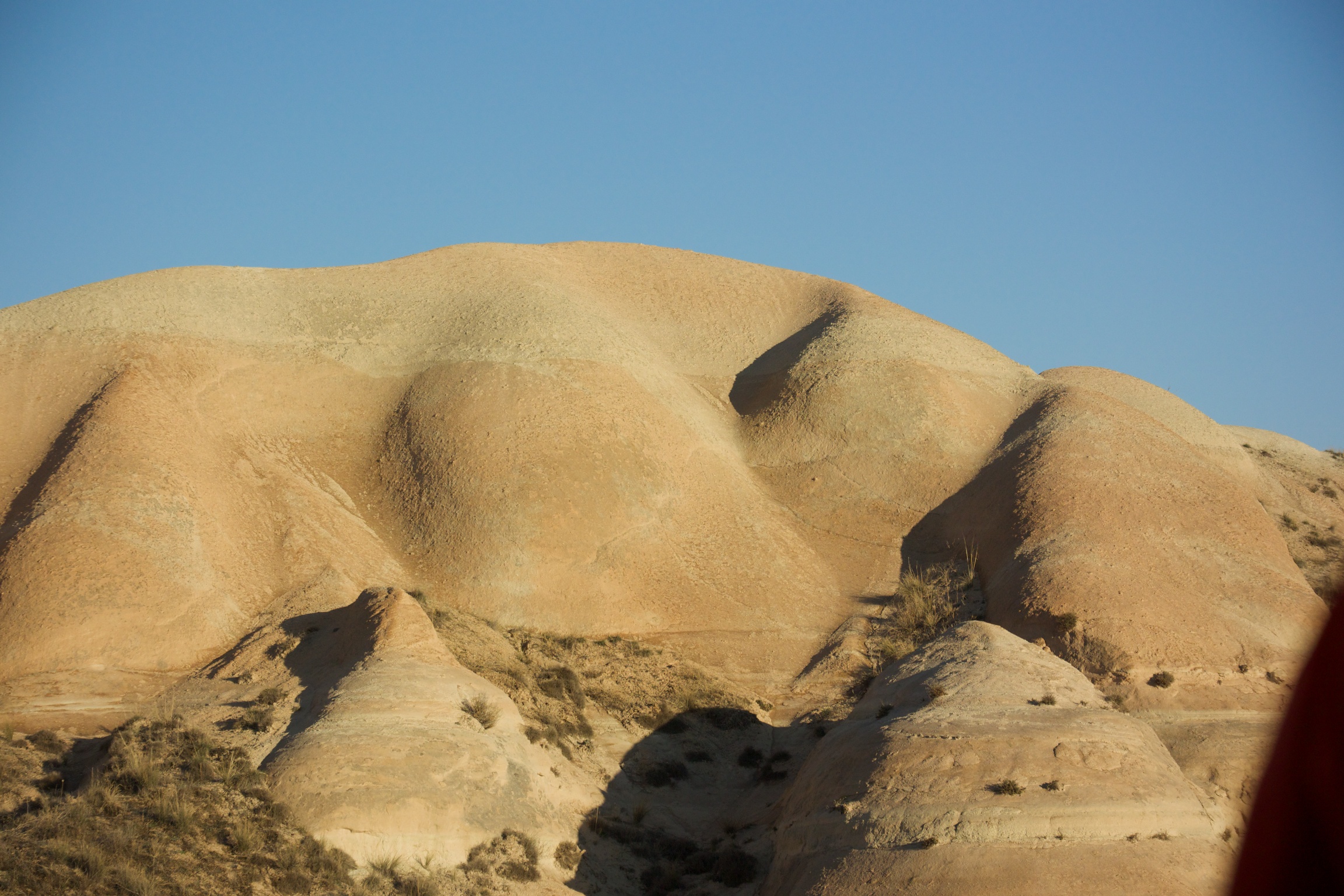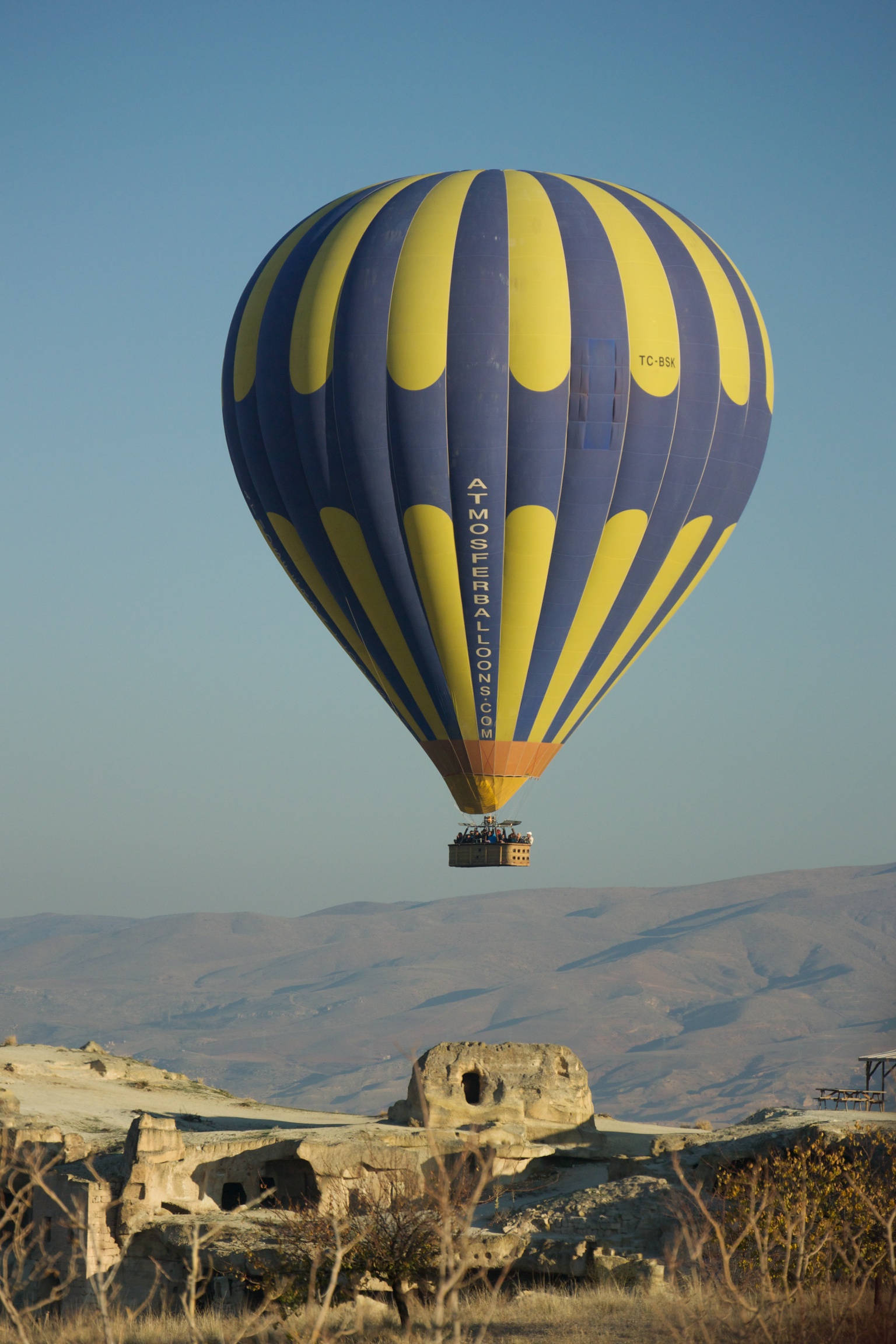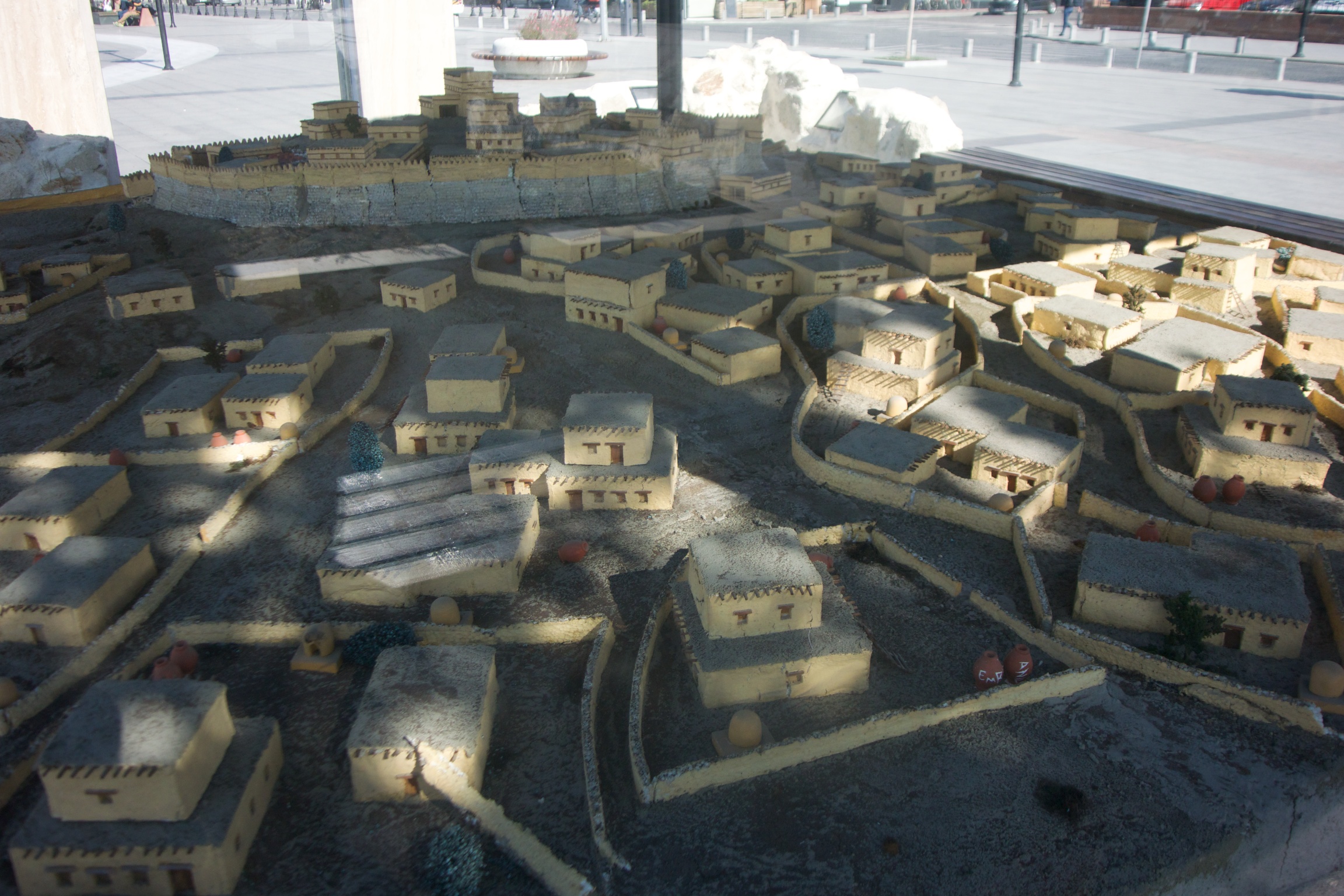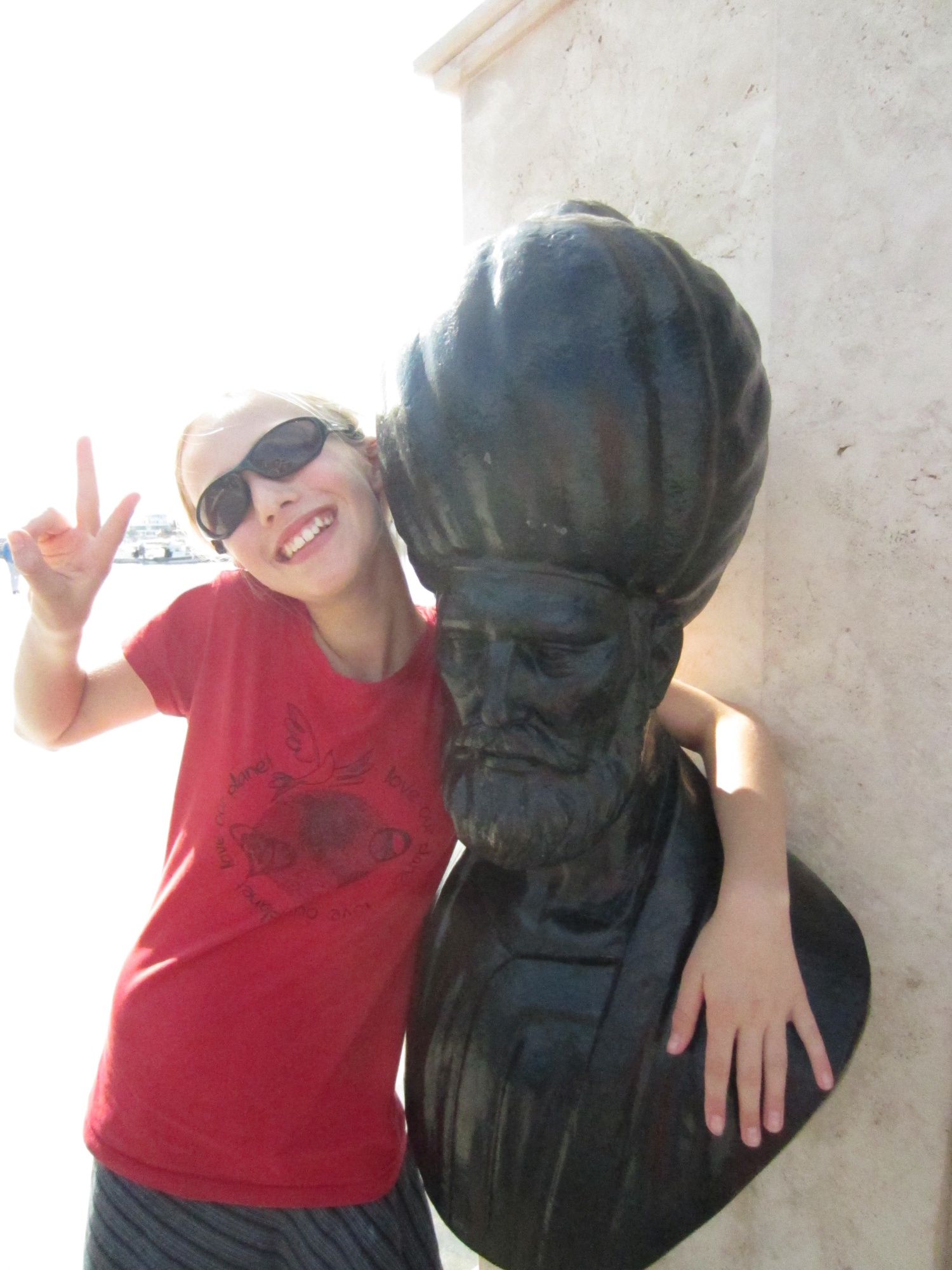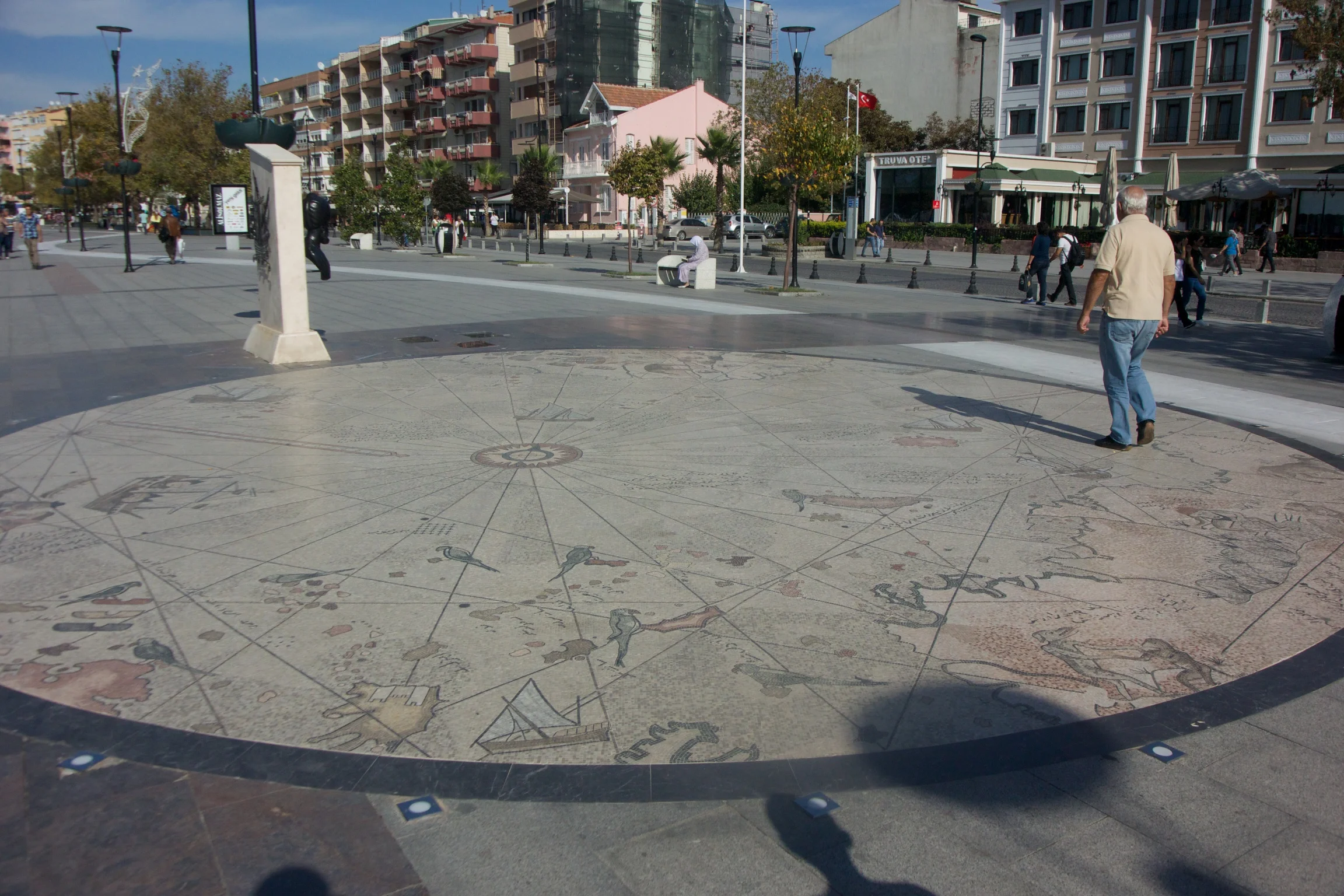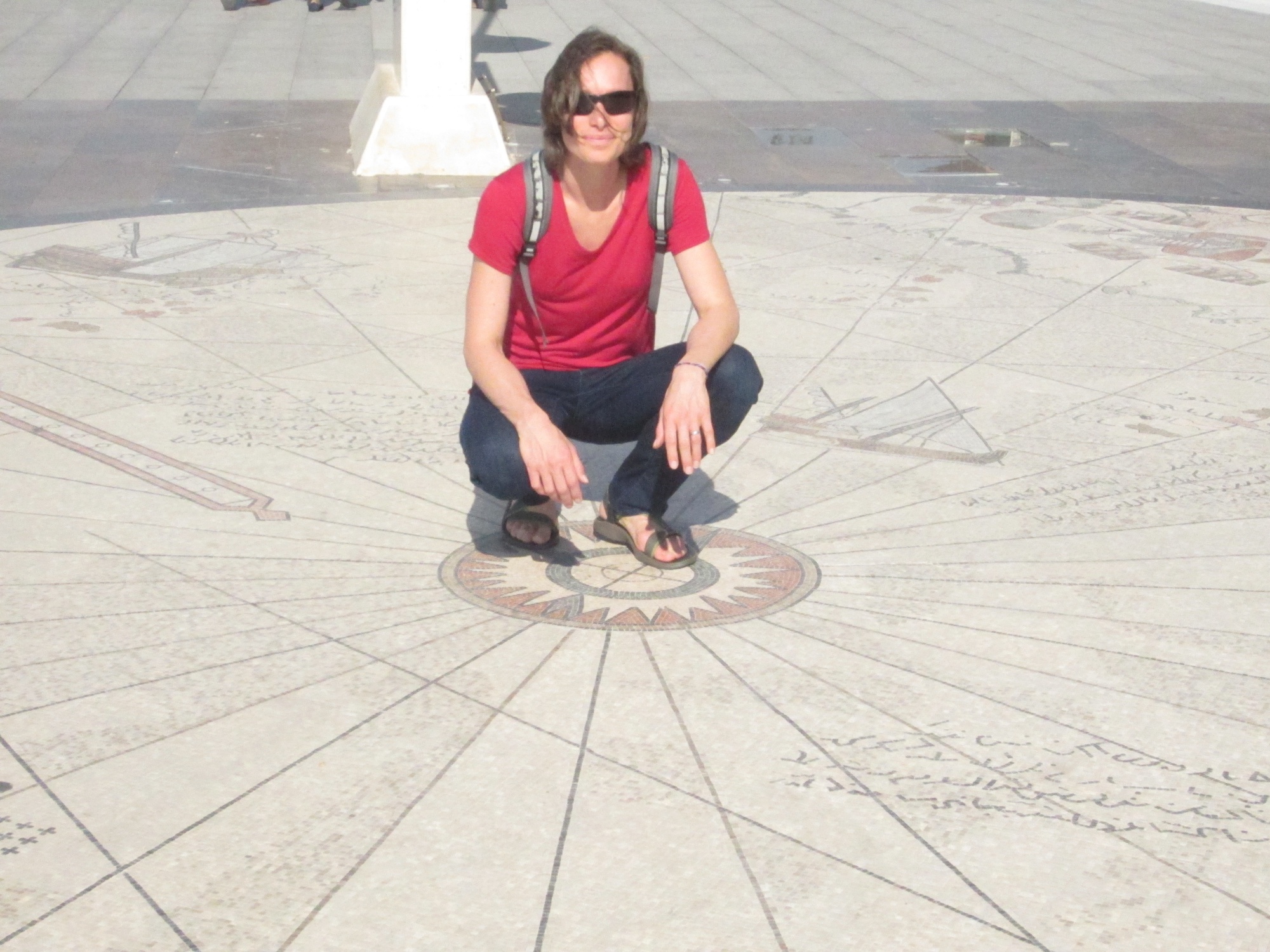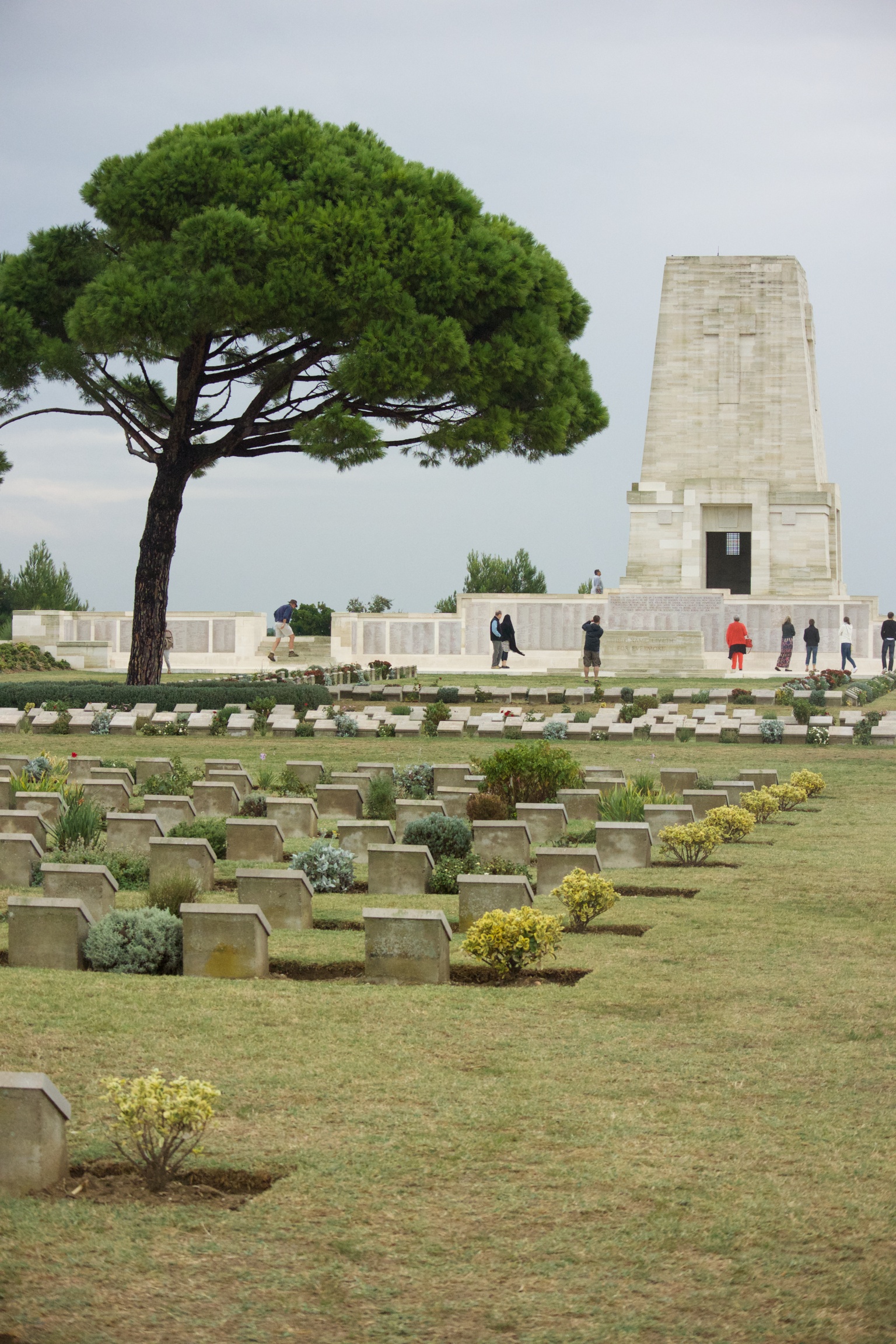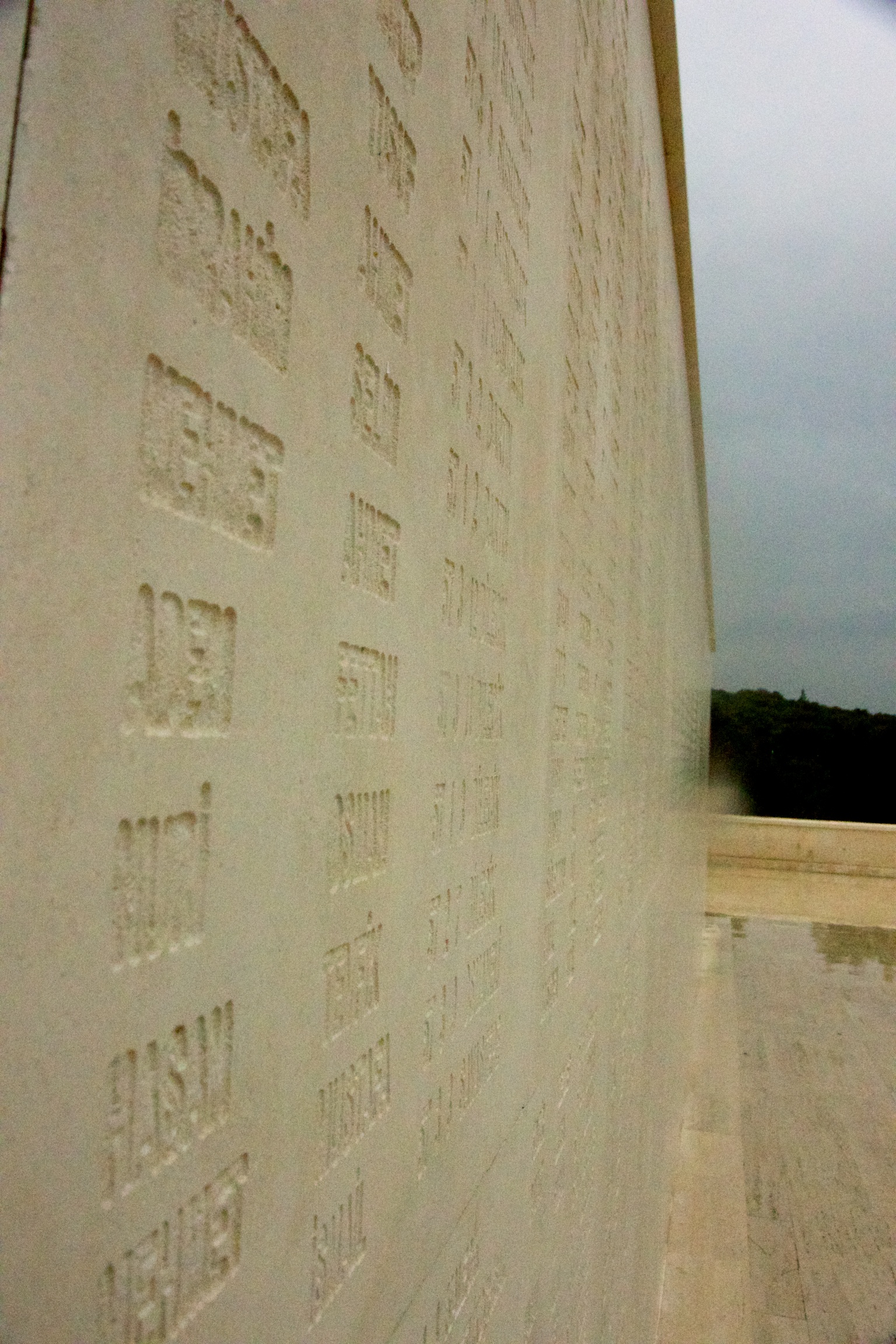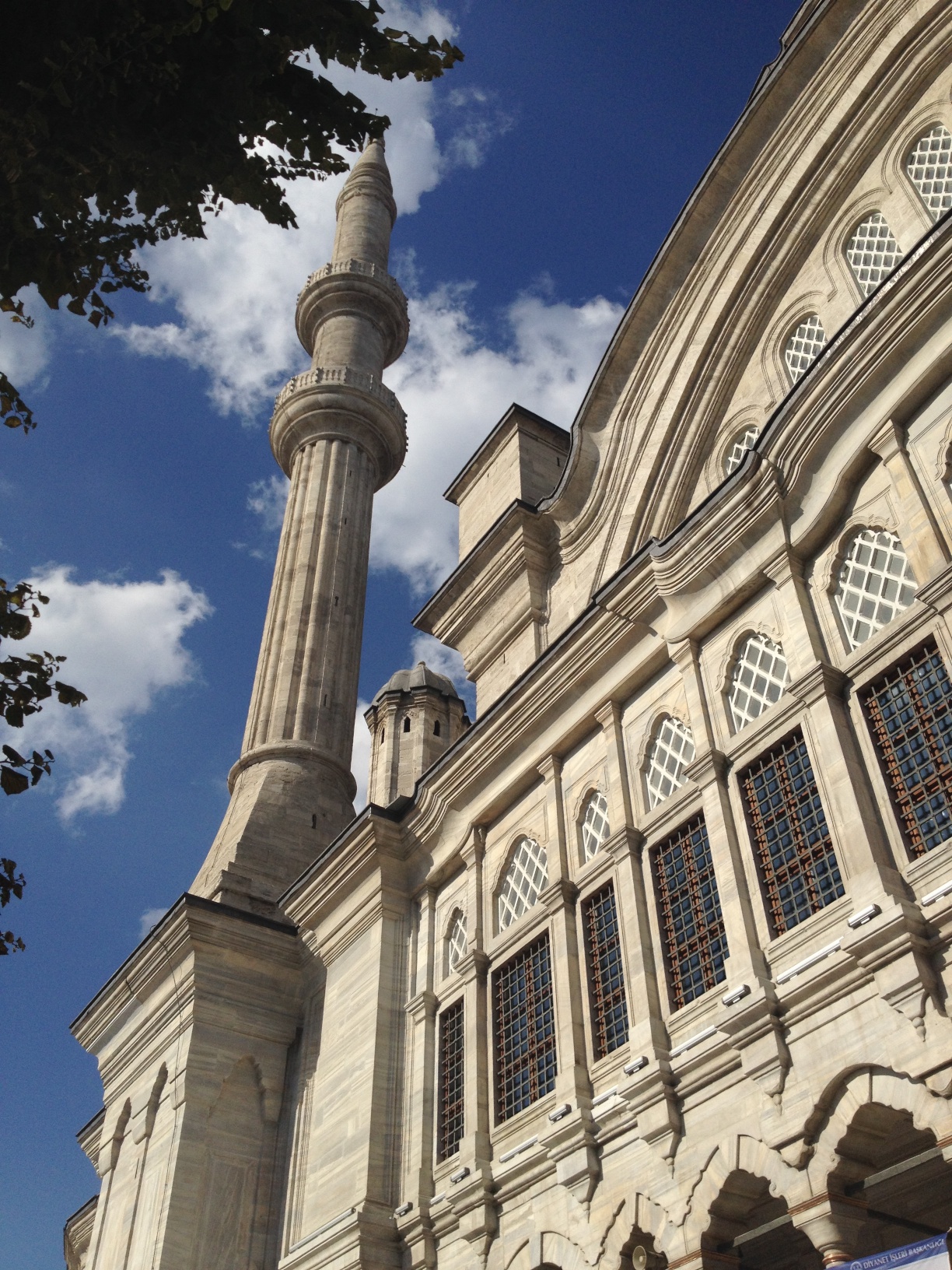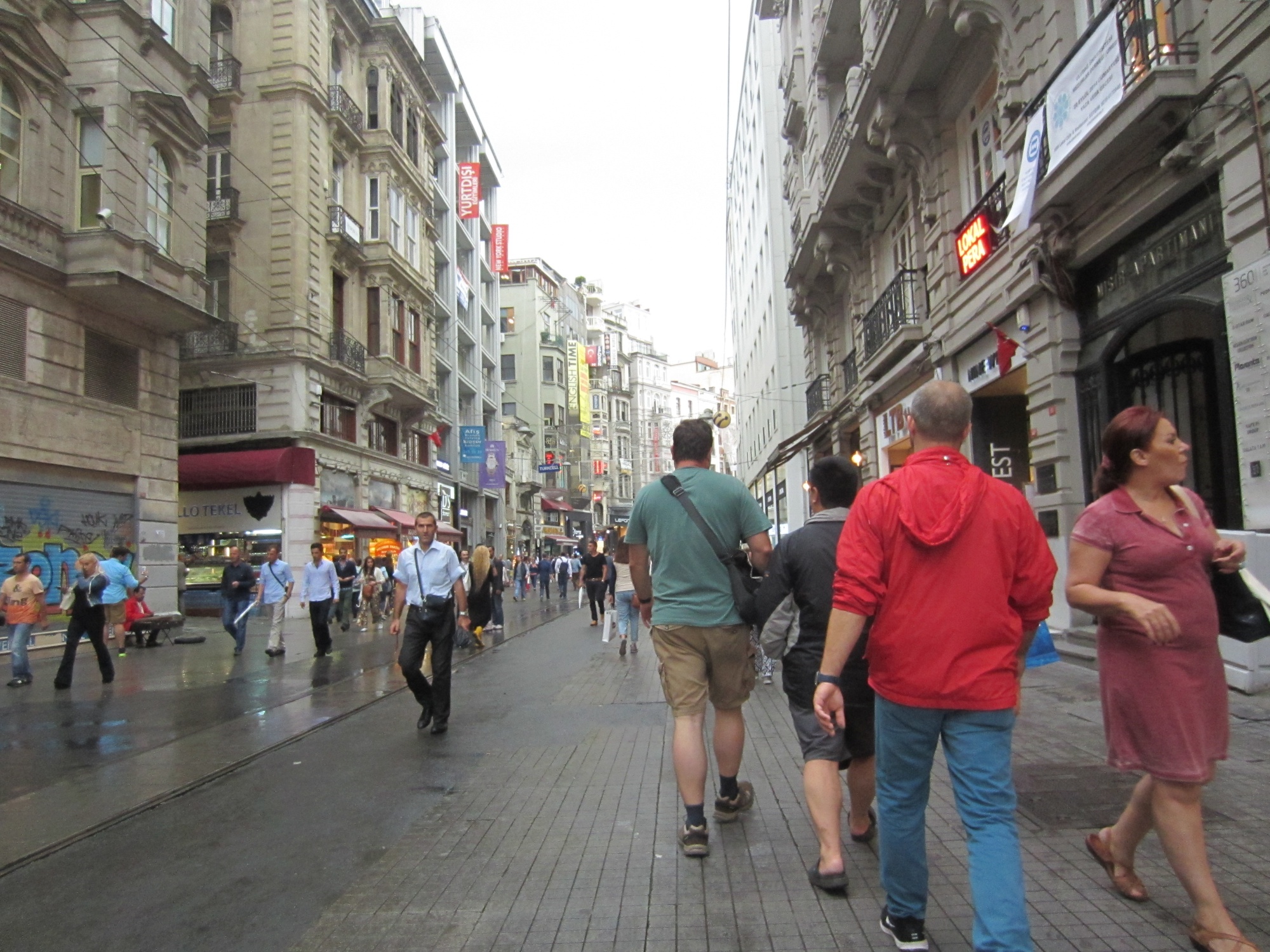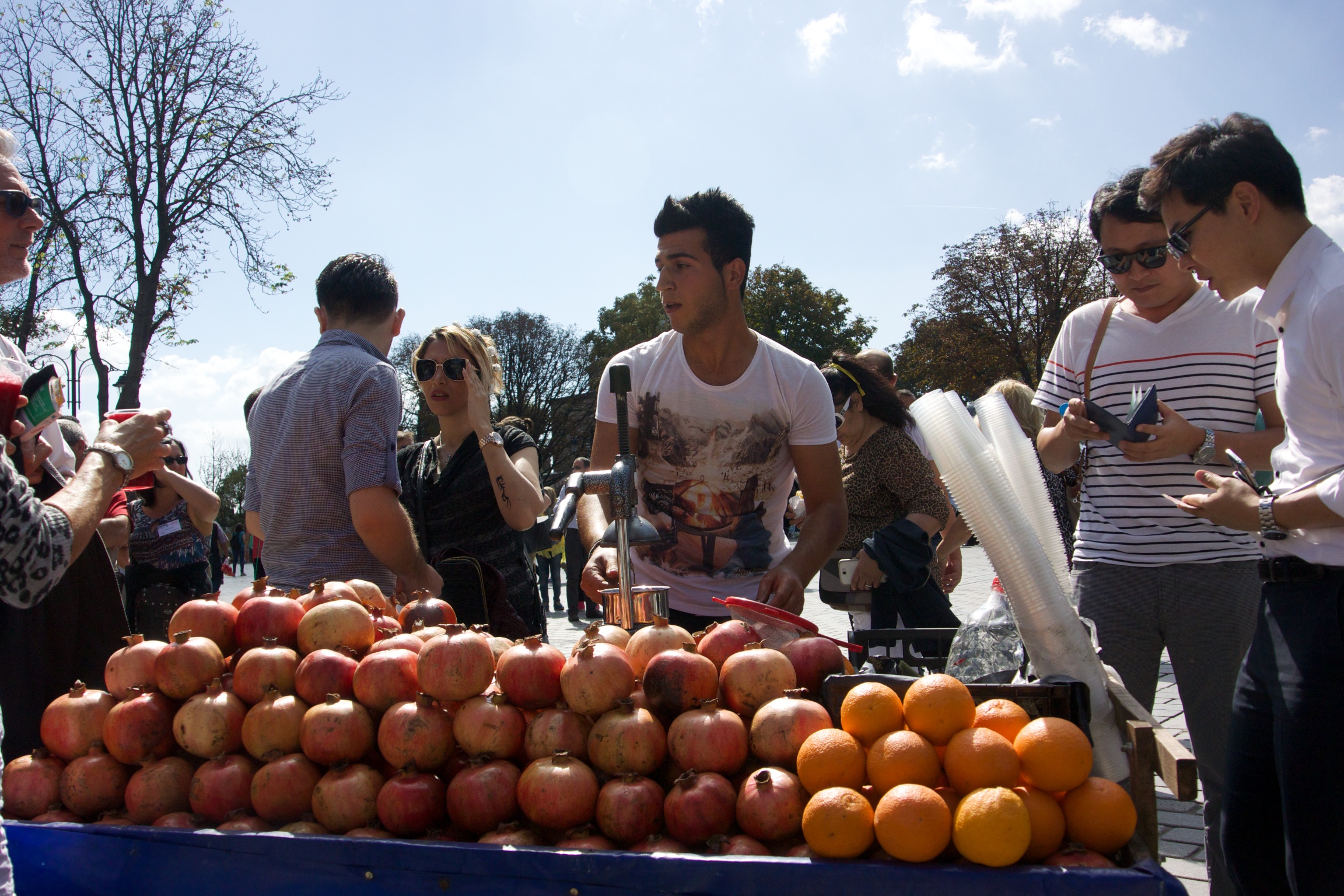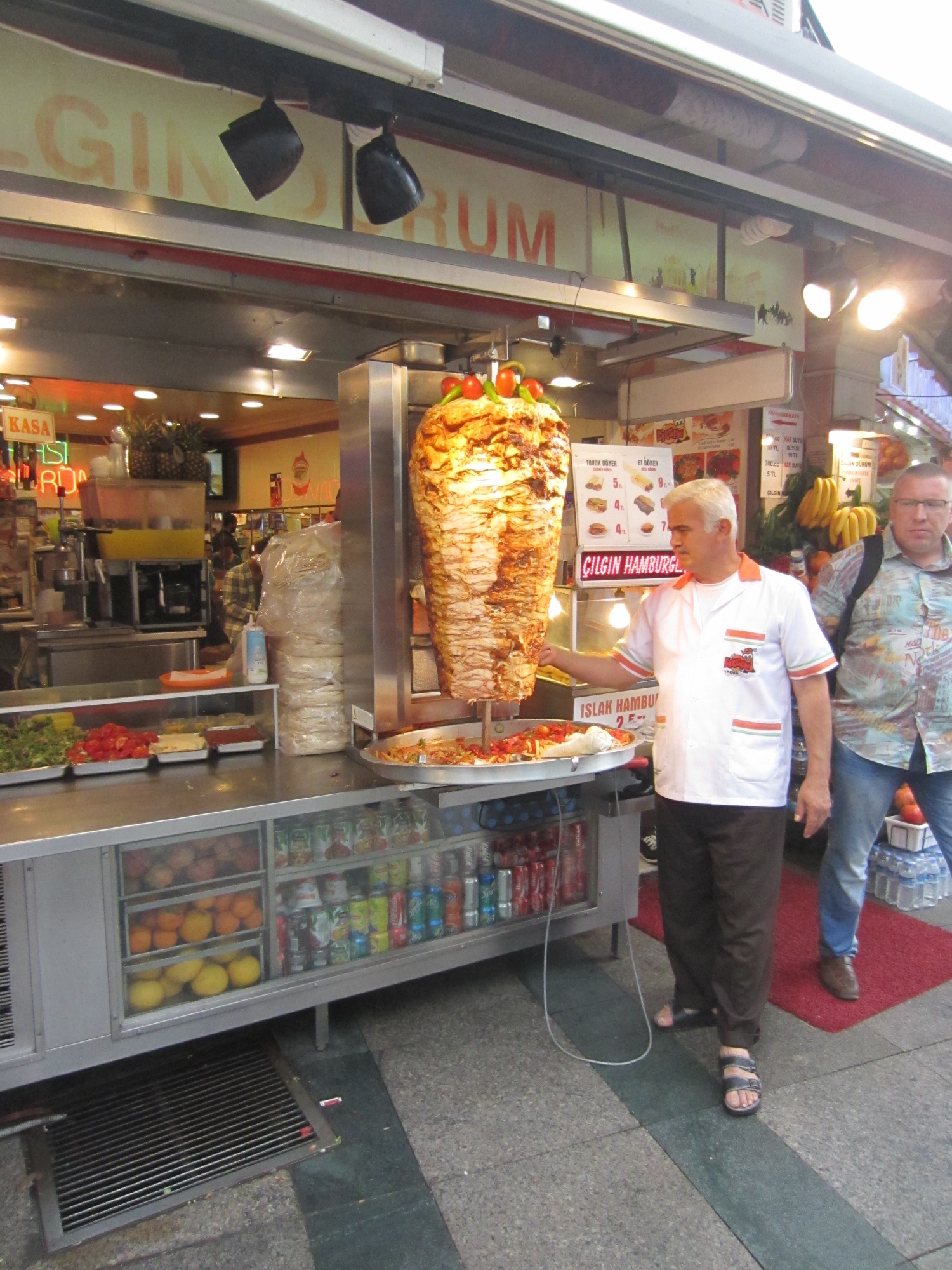CloudAtlasMountains
Imlil, Morocco / March 2015
Coming down a steep, scree-covered slope, my left foot suddenly gave way and I slipped, falling back on my butt. Apparently, my left knee and/or my nerves aren’t quite what they used to be: going up is no problem, but coming down, I'm a klutz.
Back at the guesthouse, I found that the “crunching” sound in my backpack was my glasses’ case imploding. The right arm of my specs had been sheared off from the frame, but the lenses were just fine. At least it wasn’t my camera….
We’re two hours from the nearest optometrist in Marrakesh, so a dorky duct-tape job is the only thing allowing me to see where I’m going.
Buckingham, Quebec / July 1996
The first time that Tricia and I tried mead was on a farm in rural Quebec after a exhausting day biking into head winds. The morning’s optimism of leaving for a week-long ride in the Laurentian Mountains had turned into an evening’s frustration with cross-cultural cartography and prevailing winds.
“Ah, non,” said the farmer pointing at the map. “The “camping” icon only means that there is a campsite somewhere within the parish. But it’s no where near here. You'd have to go 20 km back south down that road and to the east.”
Seeing our pained expressions, he offered us a spot in his yard to pitch our tent and pointed to a depanneur down the road where we could buy food.
After a one-pot supper of feves, he brought out two glasses of home-made, eight-year-old honey wine. “You’re supposed to drink this during the month of your honeymoon.”
We'd already been married for about a year, but we didn't argue. The mead spills, however, necessitating some spot cleaning of my sleeping bag and then a tumble in the farmers’ clothes dryer, which then melts a hole in the lining. Zut alors!
250 km later via Mont Tremblant, Mont Laurier and a night at the Black Sheep Inn, Trish expertly patches the sleeping bag with a scrap of red plaid flannel from one of my old shirts.
Maun, Botswana / August 1991
“Okay, you’ve got a stove, a pot, a tent….and oh, here’s enough pula to hire a plane if you can find a pilot who will take you west towards Namibia," says David, the director of the trip.
I was travelling with a group of 30 Canadian students had been touring Botswana for three weeks as part of the WUSC Development Seminar. As a way to dig deeper into local issues, each had been researching a topic related to poverty and development. I had chosen to look into the plight of the Basarwa – San or “Bushmen” – hunter-gatherers whom the government had been classified as “Remote Area Dwellers” and shoved into even more remote areas.
David shakes my hand and says, “If you strike out, just come and find us in Chobe in a few days.” With that, he drives east-and-north to join the rest of the group.
My task now was to head south-and-west into the desert, and find a local contact who would take me to a group of San people living there. But the pilots all refused to land on the soft airstrip out there, so my Plan B was to hitchhike down the main road south, and then find some way to head out west.
After two more days of futilely waving at cars, I hitched out to the government garage at dawn, and told God that I’d take the next ride wherever it went.
“We’re going east, towards Francistown.” Said the guy in the first pick-up. “20 pula.”
Joyfully, I abandoned Plan B and bounced down two hours of dirt roads until the Francistown-Chobe junction. A second ride on tarmac roads with panoramic views hooks me on the joys of hitch-hiking.
Dar es Salaam, Tanzania / 2001
“Her parents couldn’t make the wedding. They need some Mzungus to stand in for them. Can you do it?”
“Sure,” I say, and we dutifully sit in the front pew. It’s Sharon and Rama’s Tanzanian wedding, and Trish and I do our best to act the part of the parents of the bride. We shuffle Anglo-Saxonly through the dancing processions, and I do my best father-of-the-bride speech in klunky Swahili to welcome Rama to our family.
We stay in touch with Sharon and Rama after we’ve all returned to Canada. They even drive from Perth every Sunday to attend Ascension.
Istanbul / December 2014
“I guess that caught you at a bit of an inflection point, eh?” said Stu as we walked through the terminal. Stu, a former housemate, had emailed to say that his flight from Kathmandu had been delayed, and that he would now have some extra time in Istanbul if we were free.
Unfortunately, It turned out that we were scheduled to leave for Dar es Salaam only 2 hours after his new flight would be arriving, but we staked out the Arrivals level at Ataturk International just in case.
For 45 minutes, we scrutinized every passenger with Nepalese souvenirs and/or hiking gear as they scaled the escalator.
We were just about to give up, when I spotted him. “Hello, Mr. Thompson.”
Stu used his mega-traveller-titanium-bigshot airline card to sneak us into the Turkish Airlines lounge for some free snacks. It was great to see him again, even if only for 30 minutes.
Mount Kilimanjaro, Tanzania / 1999
John, another former housemate, peered over the edge of my bed, wearing his best trust-me-I’m-almost-a-doctor’s face as he rifled through his portable pharmacy.
“Well, I can give you some of these pills for the diarrhoea, and these for the nausea, and you might want to take some diomox to ward off altitude sickness.”
He had clearly mastered the art of improvisational prescription writing during his internship at a hospital in Malawi. And now that my nasty stomach parasites were threatening our hike up Mount Kilimanjaro, he’d come to my rescue as well.
I took the handful of pills as directed, said goodbye to Tricia – who had decided to stay “sensibly at sea level” -- and proceeded to hallucinate my way on the bus from Dar es Salaam to Moshi. I could have sworn that I watched a video about a hopping, homicidal Chinese vampire who is kidnapped over Botswana and parachuted down into the same San community that had once caught a Coke bottle…but that was probably only John’s prescriptions tripping me out.
Departing the next day from Moshi, with an Armstrongian dose of performance-enhancing drugs in my system, we proceed pole pole up the trail and cram into a small wooden hut with a couple on their honeymoon. Awkward.
Much to my surprise, John pulled out a sleeping bag with a red-plaid patch on the inside.
“Where did you get that?", I asked.
“Oh, I found it at the apartment after you guys left for Tanzania.”
Nkotakota, Malawi / 2002
Our matola ride down the western coast Lake Malawi peteres out halfway there when our driver refuses to go further. An argument ensues, and Ms. Wind prevails. He arranges a ride for us on another pick-up truck heading south.
Trish is six-months pregnant with what-will-turn-out-to-be-Zoe, so she is given the prized seat in the cab. I get to ride in the back with the corn. But no worries: this is the best way to hitchhike.
A few minutes later, God flicks off the sun, and I realize that the truck we’re on has no head-nor-tail lights at all and there are transport trucks roaring past. I pull out an LED key fob and flash it meekly off the back, praying that some bleary-eyed driver might see us as we sputter up the hills.
Two hours later, we arrive at the junction for Nkhotakota, only to find that the place that we’re staying is another 10 km south and 4 km east. We pull out the Lonely Planet, and flip through our options by the fluorescent light of a storefront. All of the places to stay are in town, and we don’t have enough kwacha for a taxi.
Eventually, a guy named Christopher finds us a bar/bordello with rooms for 1 USD. We decide to leave the covers over the bed, lay our sleeping bags on top, take our mefloquin with Sprite and hope that the music from the competing night clubs will eventually turn off. That never happens, but the rain on the sheet metal roof eventually drowns them out.
We awake early the next morning, and hitch-hike to our destination. Over a full English breakfast we agree not to tell our parents this story until after the baby arrives.
Hurricane Ridge, Olympic National Park / July 1993
Before I started graduate school, I decided to attend an environmental conference in California and then bike North to Vancouver. When I started researching the ride, however, I found the prevailing winds go South and nobody ever rides North. So instead, I decided to:
- UPS my Peugeot from Hamilton to Vancouver,
- Fly to San Francisco for the conference,
- Take a 24-hour bus ride up to Vancouver to pick up my bike, and then
- Cycle back south to San Francisco, but taking the long-cut by going North to the Sunshine coast, West to Vancouver Island, and then South down through Washington Oregon and Northern California.
(It kind of made more sense at the time).
It had been five years since the car accident, and I was keen to prove to myself that I was back in shape. But I over did it on a 19-mile climb up Hurricane Ridge and blew out my left knee. I managed to get by for the rest of the five-week trip, even as I’m climbed up some fairly steep mountain roads in Oregon and struggled around some windy headlands in Northern California.
Five weeks and 1,500 km later, I arrived in Palo Alto: skinny, wind-burnt and hooked on bike touring. I stayed with a fellow cyclist who’s dad was the Canadian consular general, and then I flew back to Toronto.
Perth, Ontario / December 2010
I borrow my friend Haig’s jacket to be the pall-bearer at Sharon’s funeral. She had died after a long fight with what started as skin cancer on her foot.
Gary, our priest at Ascension, asks me to play Bruce Cockburn’s “Closer to the Light” during the service.
“Gone from mystery to mystery.
Gone from daylight into night.
Another step deeper into darkness.
Closer to the light.”
I choke up when I see Rama and his son, Baraka, at the front of the church. I only just manage to keep playing.
Kananaskis, Alberta / August 1997
"I wonder why we need to rope up to the next hiker", I said to myself. This was my first time crossing a glacier and I was about to find out why.
Voomp! Suddenly I was up to my chest in snow, my feet stopped by who-knows-how-little-snow-over-who-knows-how-deep-a-crevice.
"Oh, that’s why”.
The hikers in front of me fell forward with their ice axes in the self-arrest position so that I wouldn't fall down the crevice. However, I can't get up: I'm wedged in like Winnie-the-Pooh in Rabbit's doorway. Tom’s colleague, Al, reached down and hauled me out. I'm cold, wet and embarrassed, but at least not deep down in a glacier.
Sengerema, Tanzania / 2000
The line up for the last boat over Lake Victoria to Mwanza is long and its getting dark.
“There’s no way that they’ll let us on this last ferry,” Pallangyo says. “We’ll have to spend the night here”.
“Can’t you just tell them that you’re VIPs?” I joke. “I mean, we’ve got a doctor, a priest and a veterinarian in our group.”
“Right…. And you’re the Ambassador of Canada!” he retorts.
We all laugh and head back to our cars and think through Plan B.
Just as I’m speaking Swahili with my colleague, Margaret, the ferry guard leans over and peers through the window. “Yeye ni Mbalozi ya Kanada,” he says to his buddy.
Oh no! Someone actually told them that.
I quickly switch to English and they wave our cars under the barrier. The guard then brings us a VIP-tray with a flask of chai tangawizi (ginger tea). Moses, my other colleague who is built like a cop, swaggers up to our car and salutes me, a big grin on his face.
Crossing Lake Victoria, I’m sweating bullets wondering how much time I’ll spend in a Tanzanian prison for impersonating diplomatic personnel. But we make it without anyone calling us out.
I eventually confessed to the real High Commissioner to Tanzania, albeit after he had retired to live in Perth.
Toronto / Christmas Eve 1987
For Christmas, I gave her Farley Mowat’s biography of Diane Fossey, the primatologist who studied gorillas in Rwanda. She gave me a red-plaid, Eddy Bauer shirt. I packed it along when we went skiing at Blue Mountain a few weeks later.
Ruaha National Park, Tanzania / Christmas Eve 2014
Ralph and his family had come down from Geneva to spend Christmas with Rama, Baraka and the four of us. He brought a sack-full of German stolen and Swiss chocolate so the kids could have something resembling a “normal” Christmas, even though there were elephants dashing past our banda. It was really hot in the government-camp chalets, but we lit the candles anyhow.
“Let’s sing the Huron Carol”, Zoe said. It took three notes to agree on the key, but soon enough we've converged: “’Twas in the moon of wintertime when all the birds had fled…”. We sweat our way through verses about snow, wandering braves and furs of beaver pelt, rejoicing in stories and bonds that ripple across years and continents.
Imlil, Morocco / March 2015
“Turn around,” said Zoe, pointing up the valley we had just hiked down.
I saw this:
This was the first time during a day of hiking in the High Atlas Mountains that we’d seen the summit so clearly.
It just shows that it’s good to look back from time-to-time see where you’ve been.




